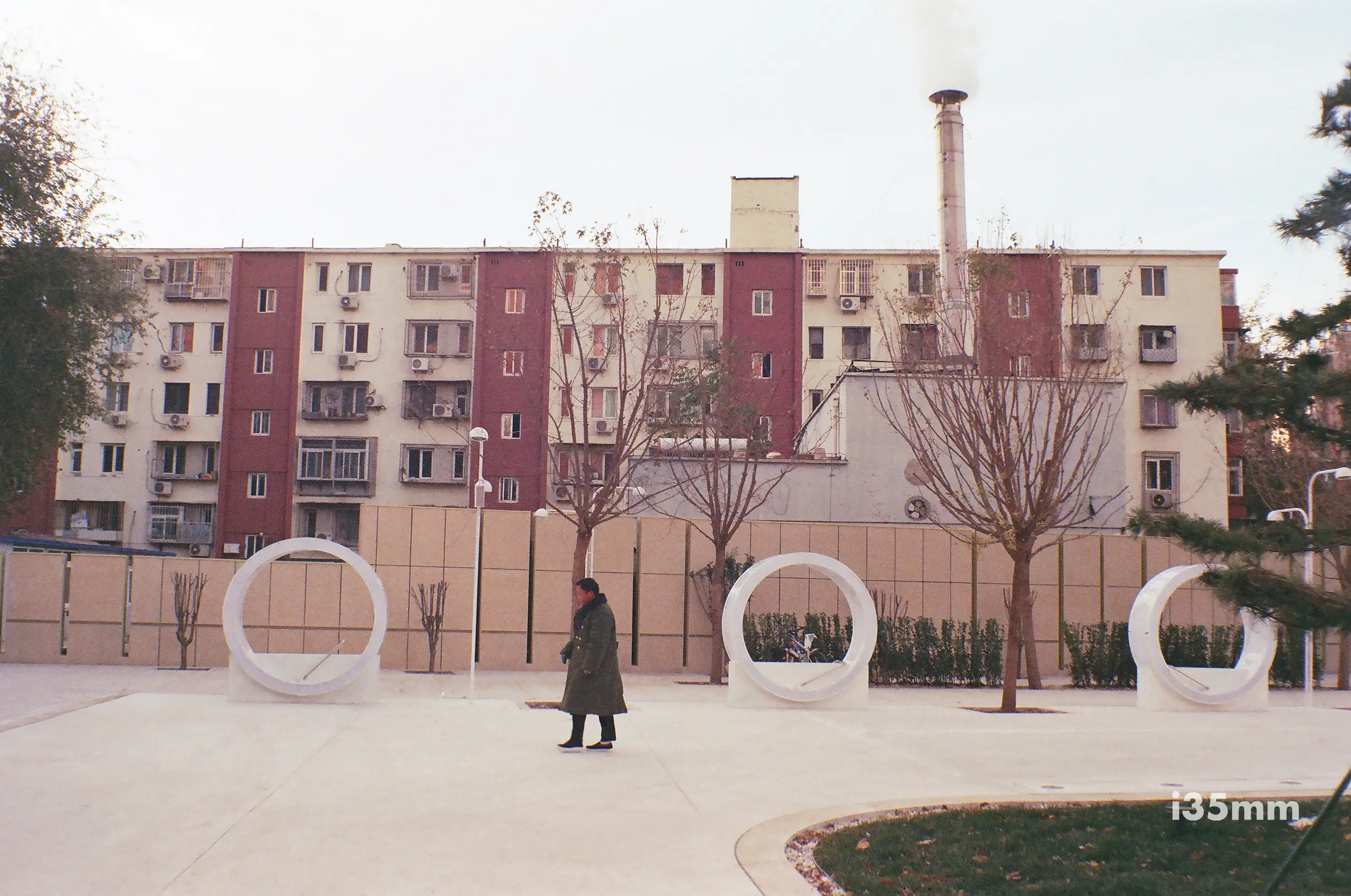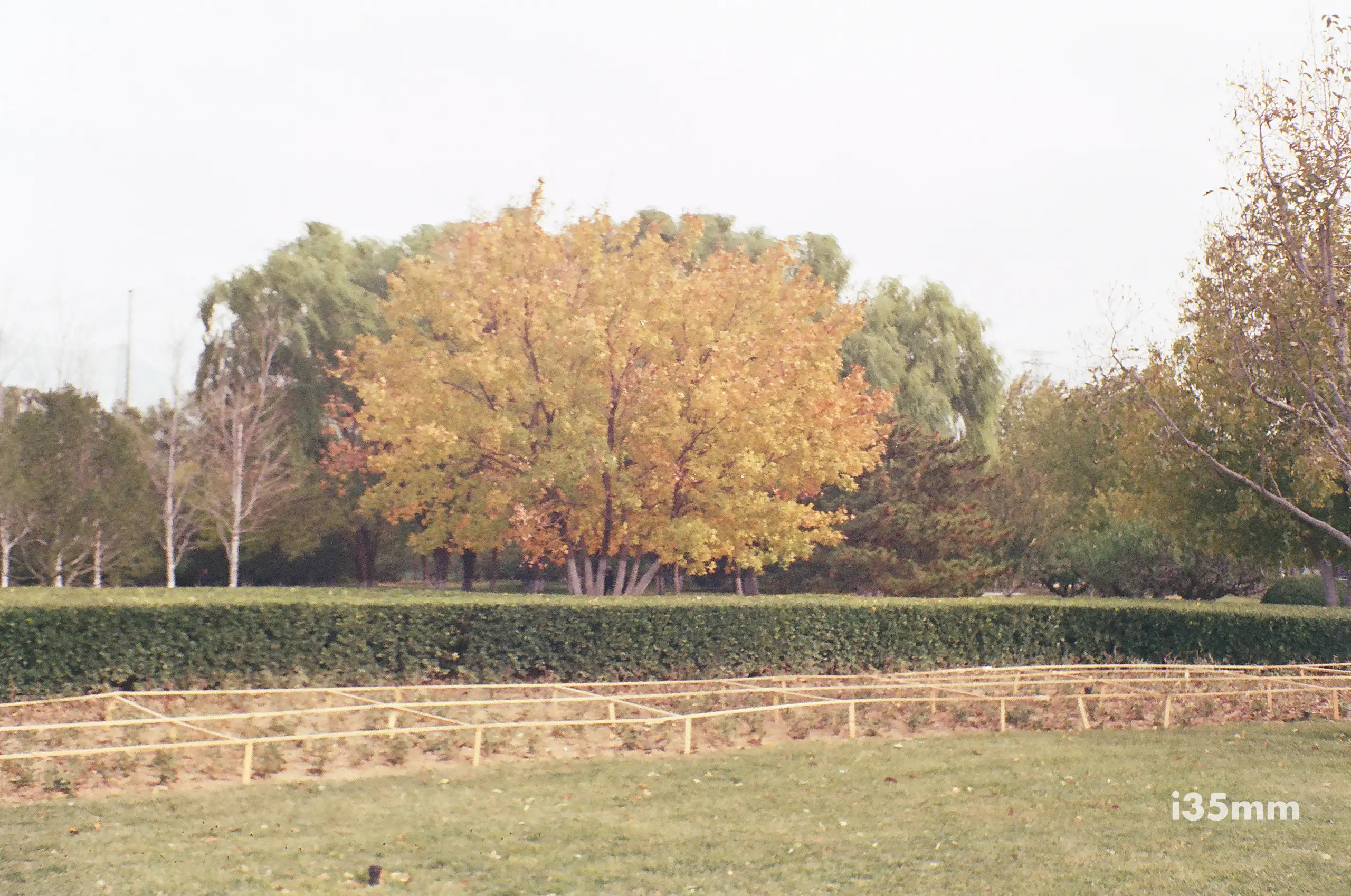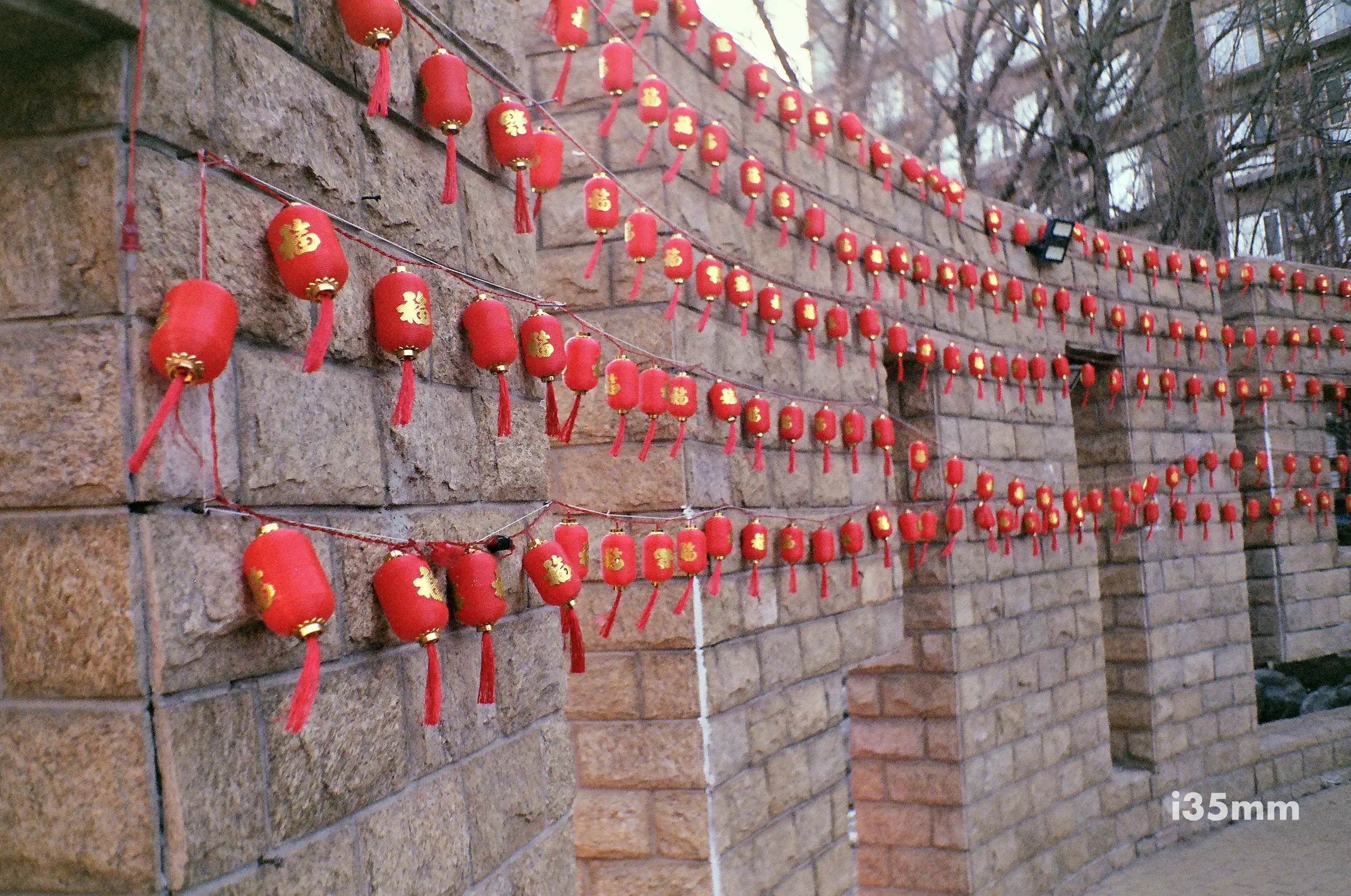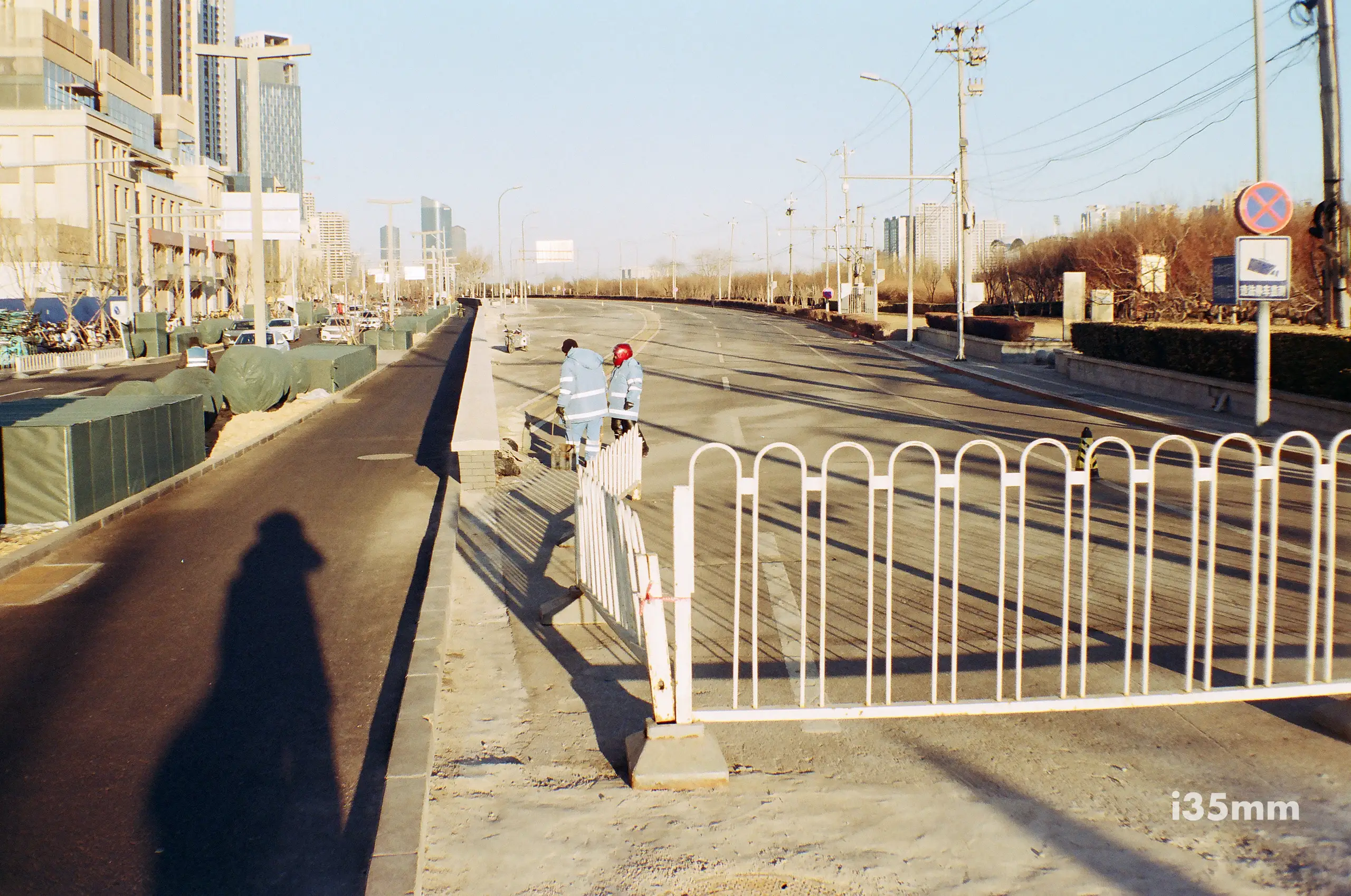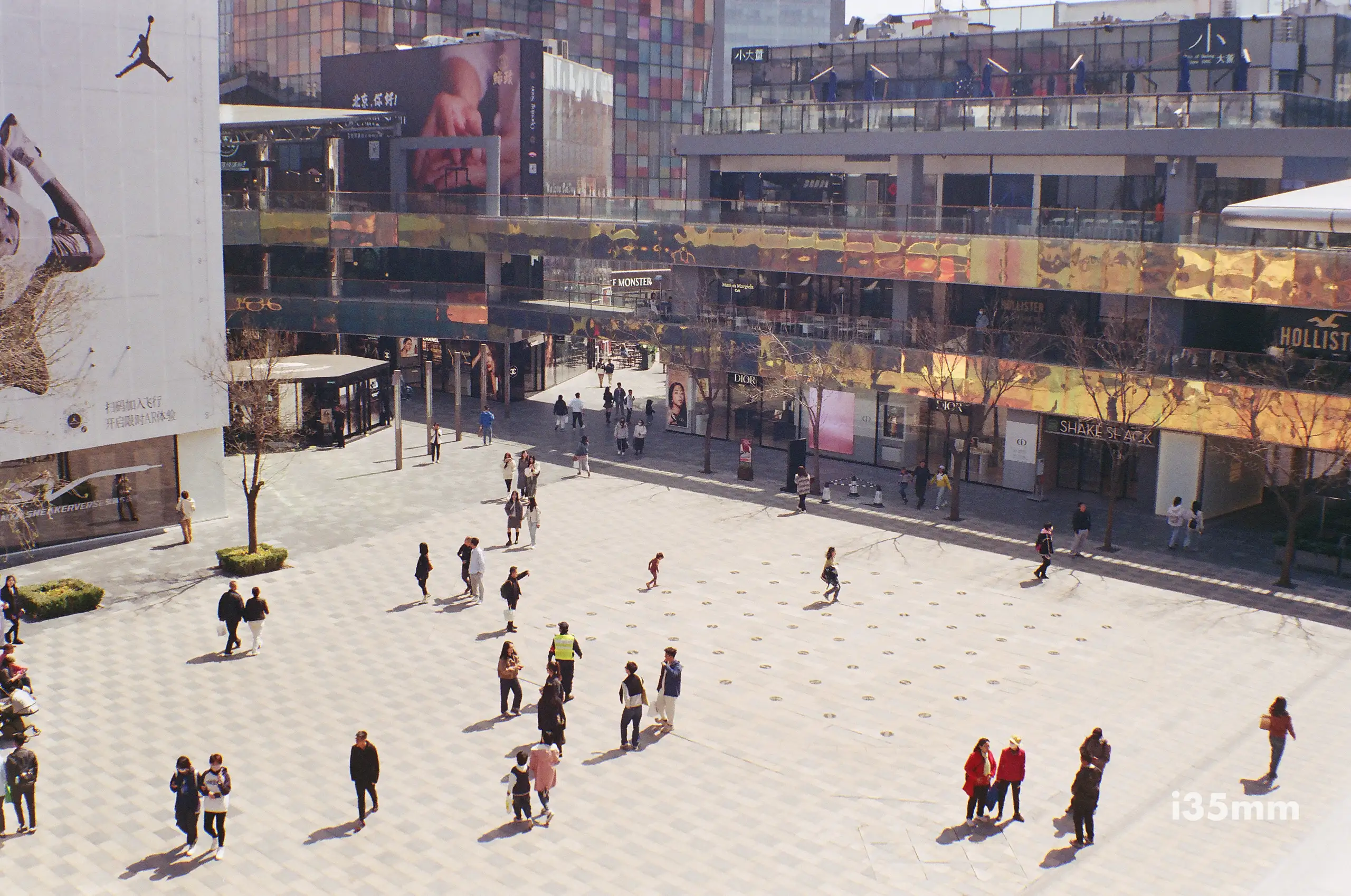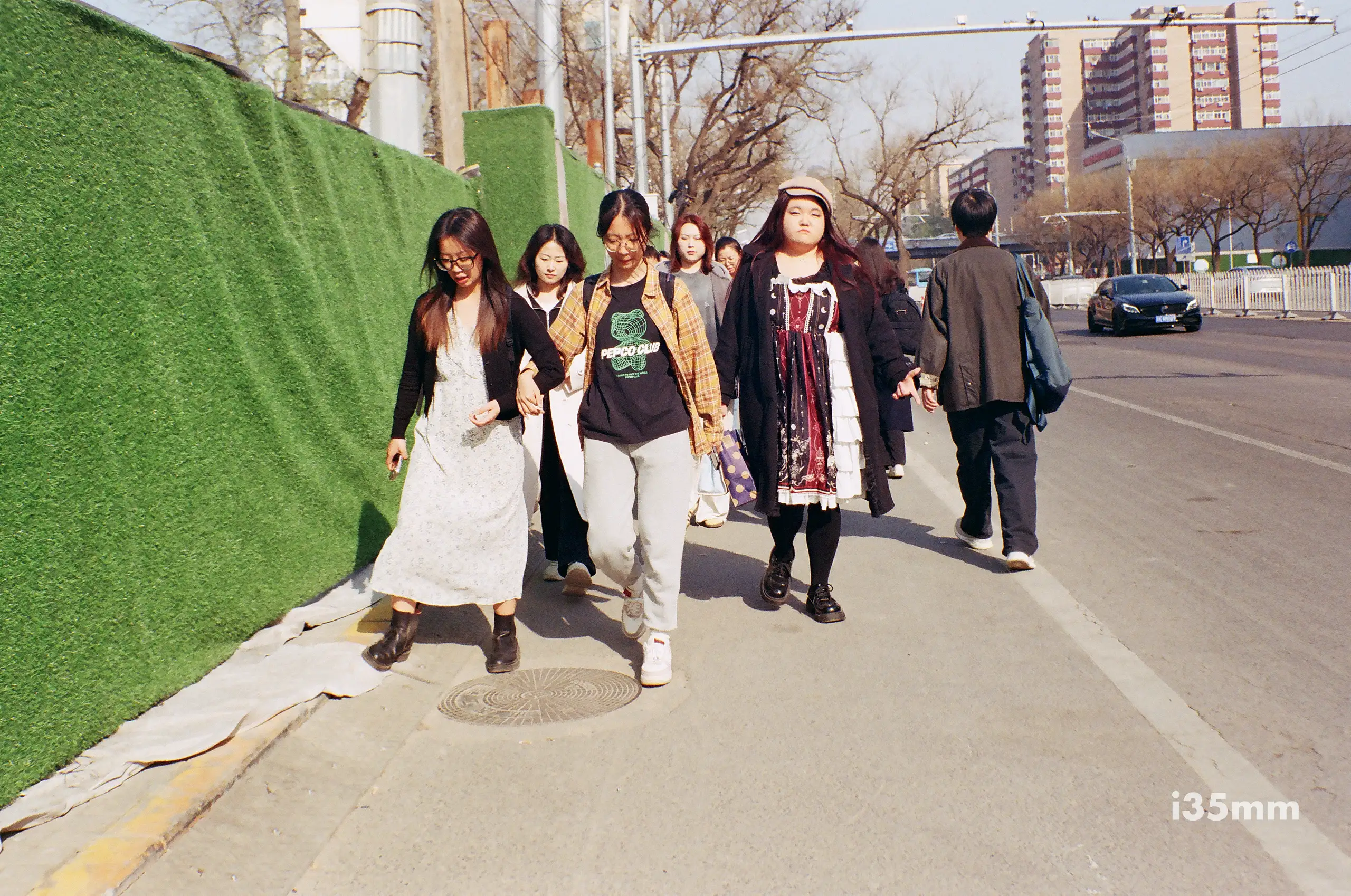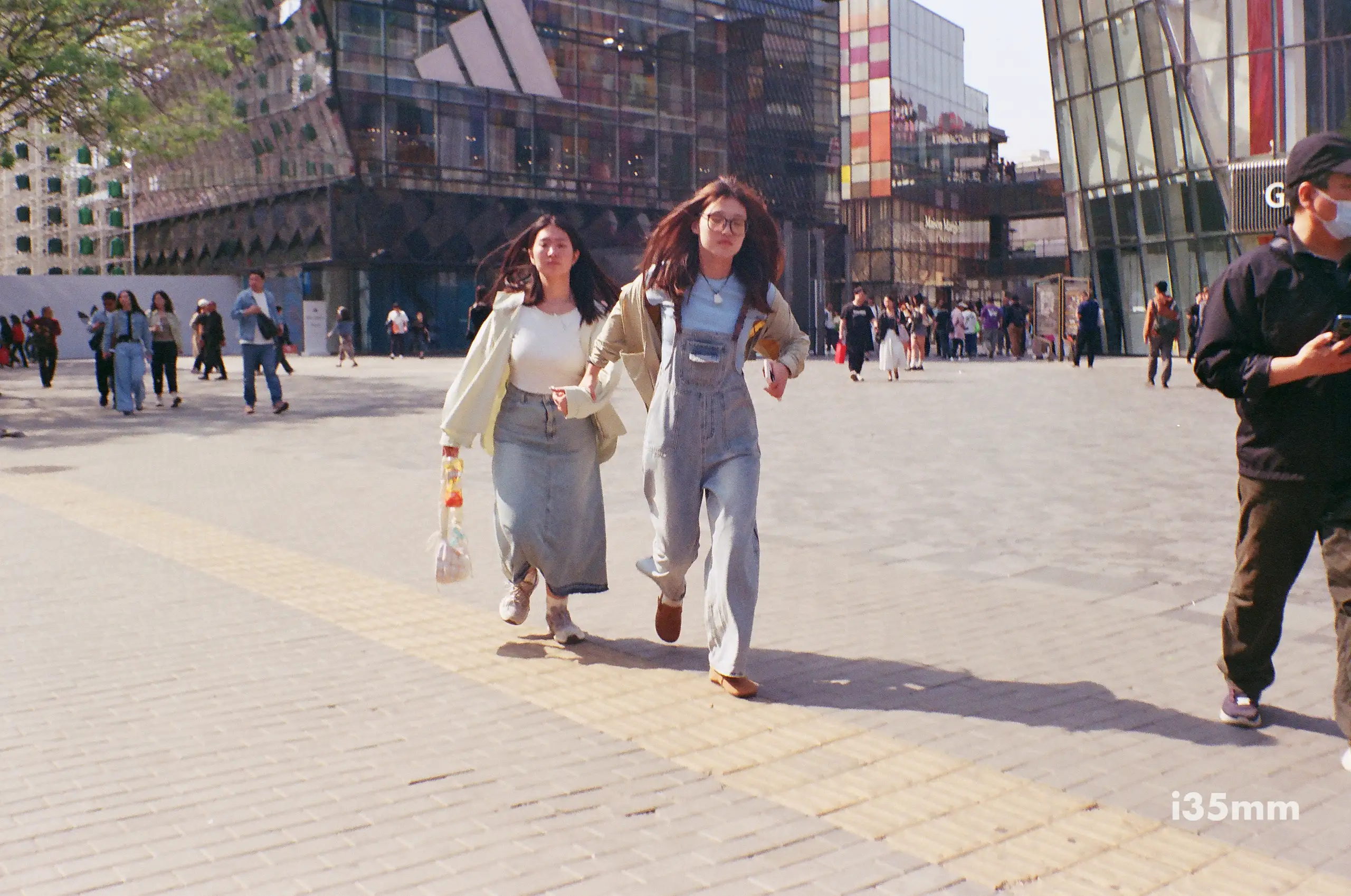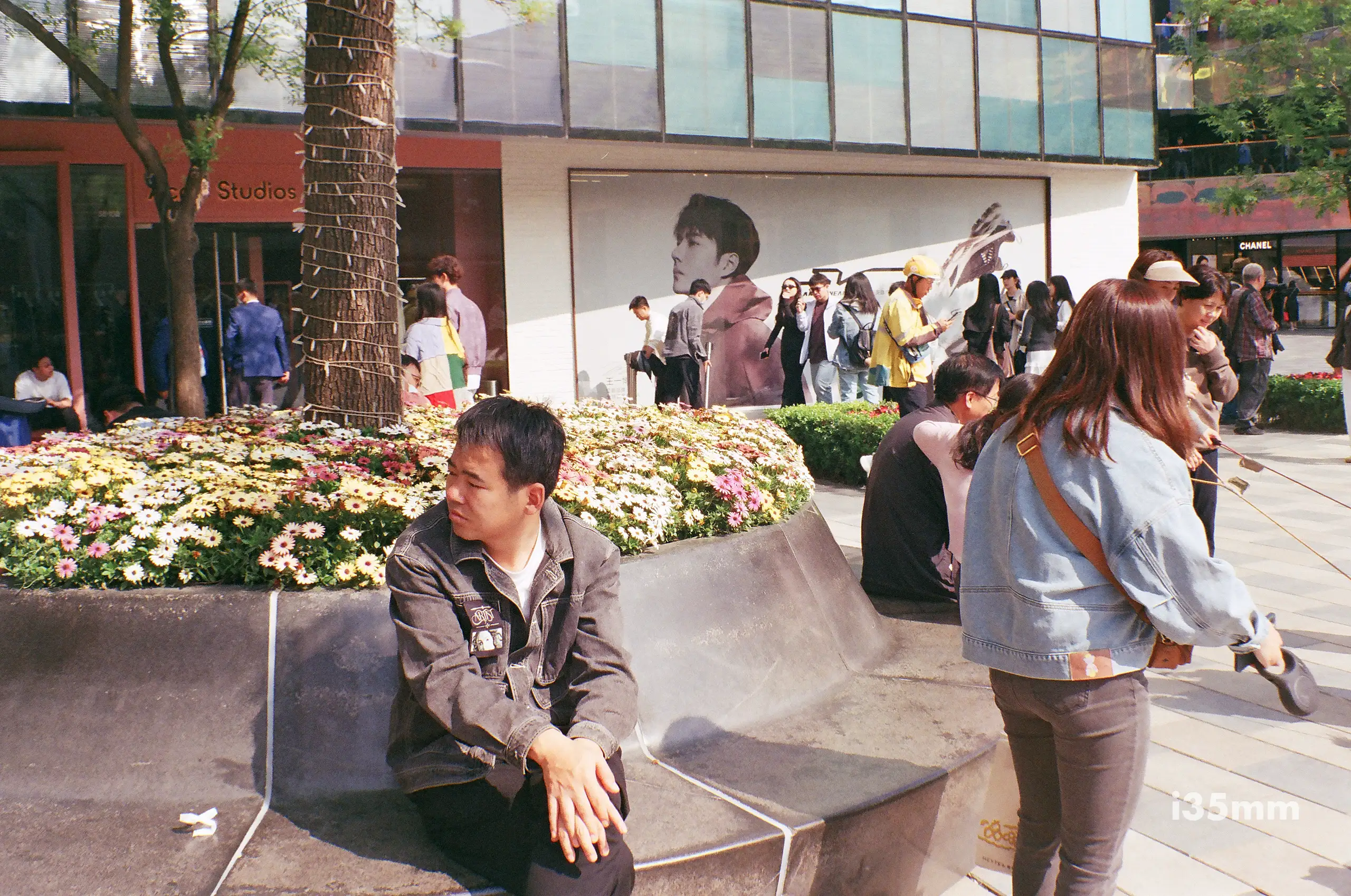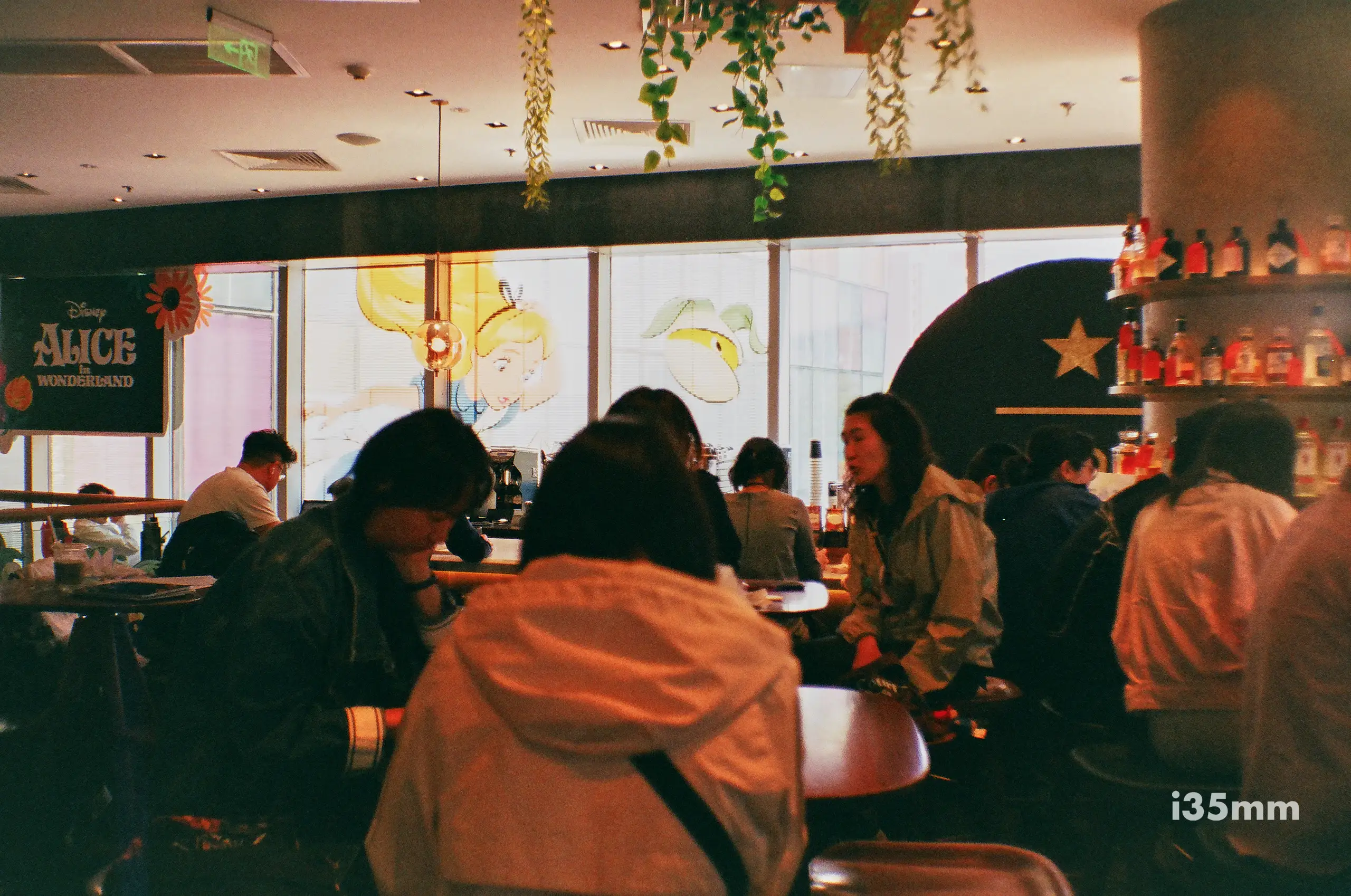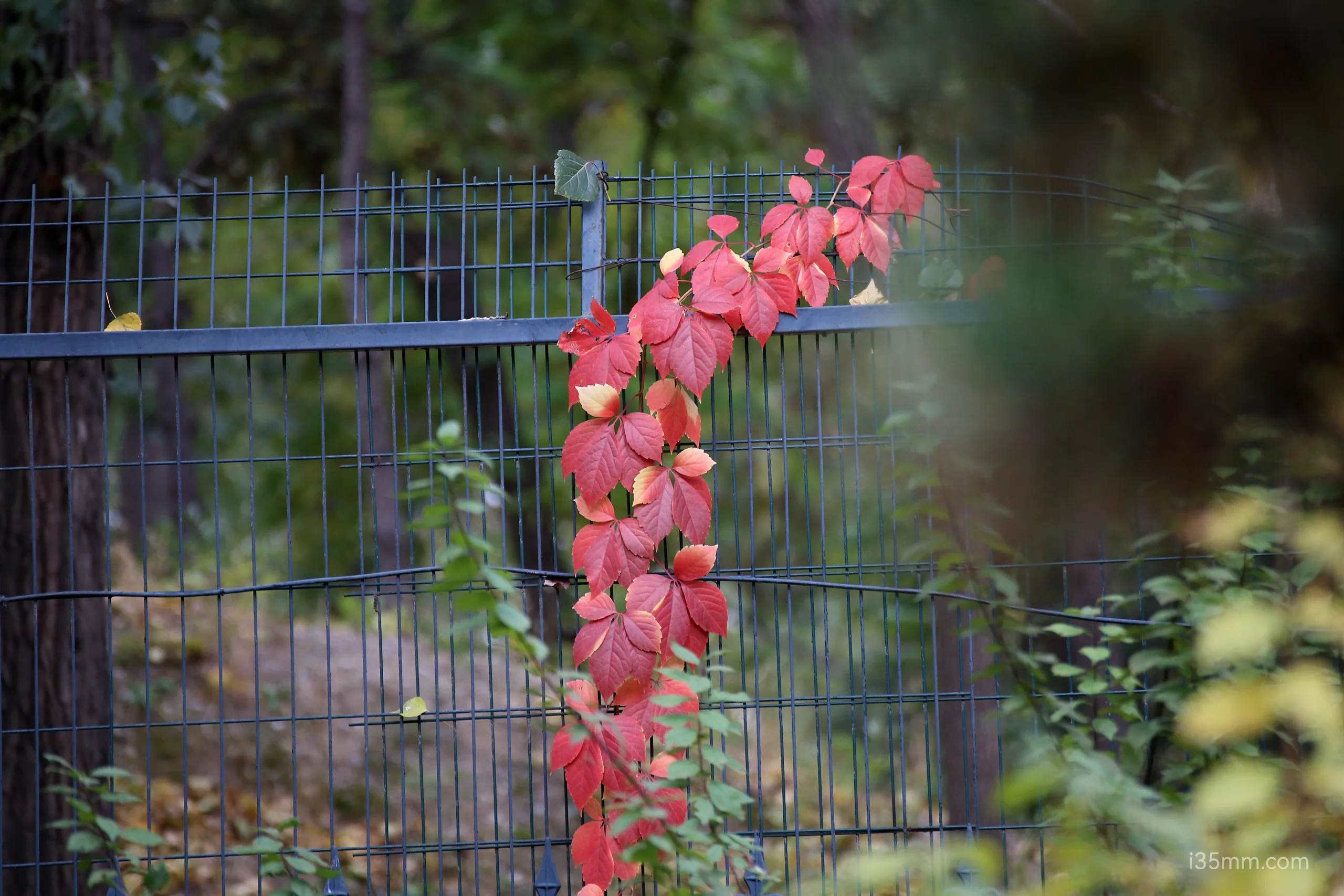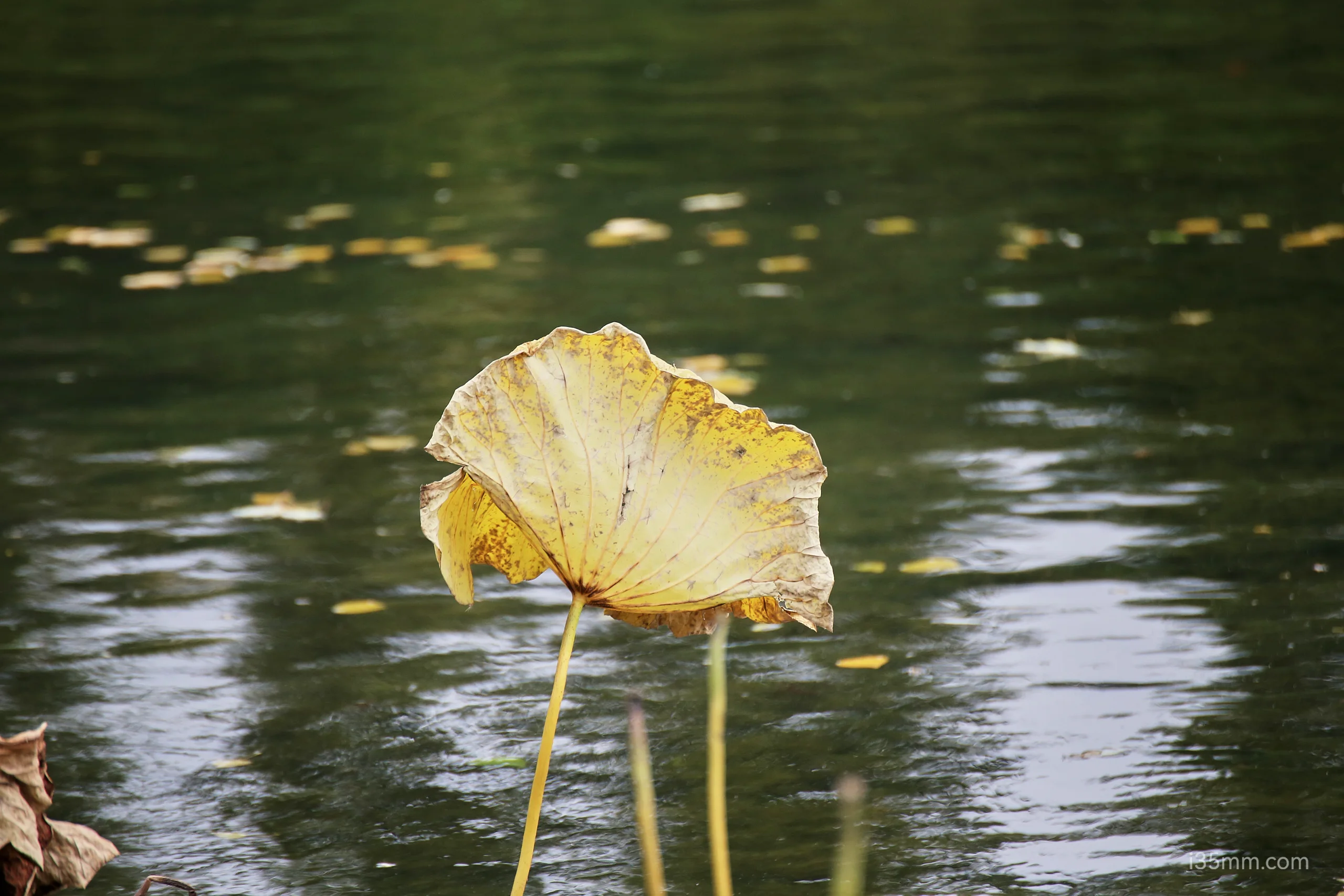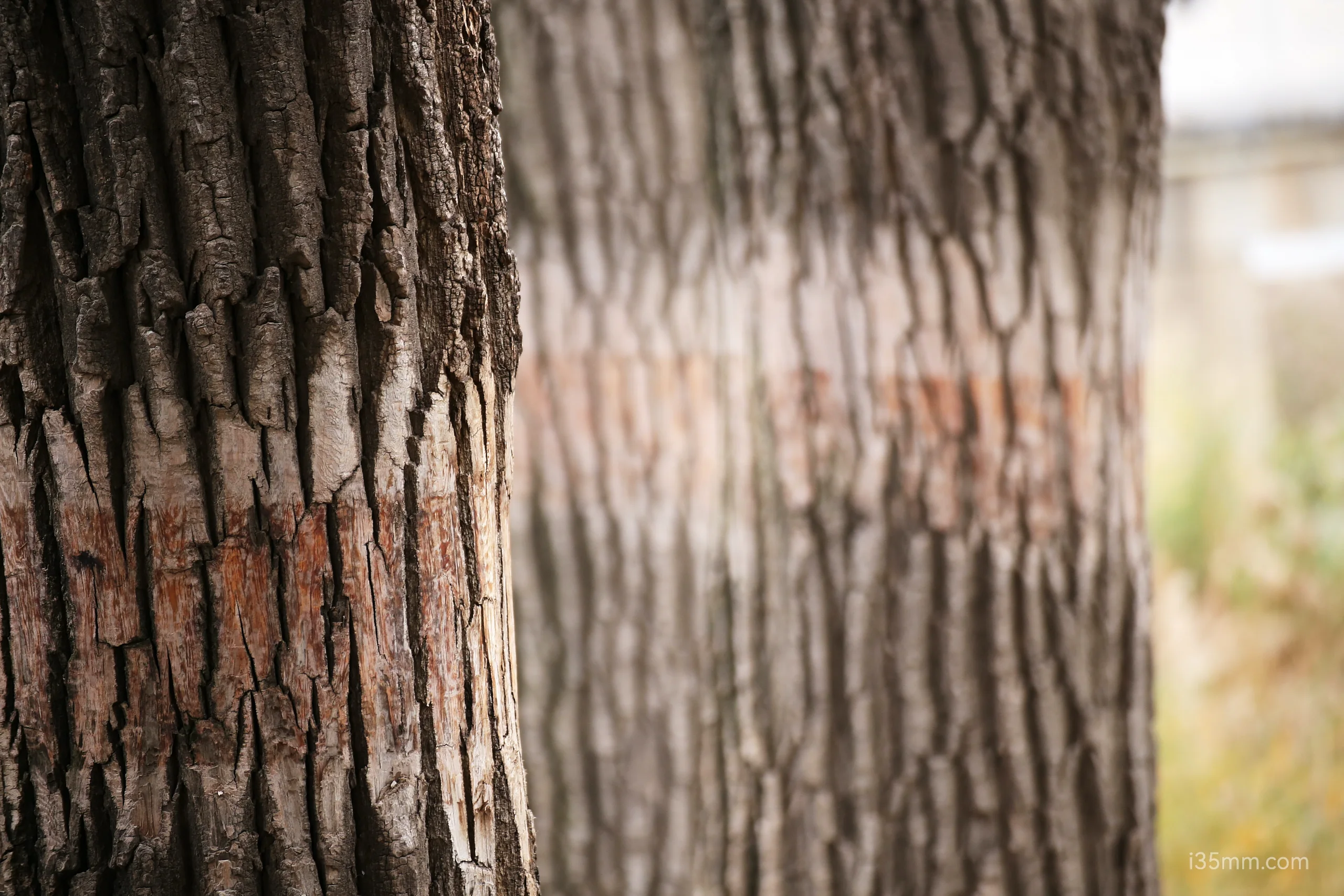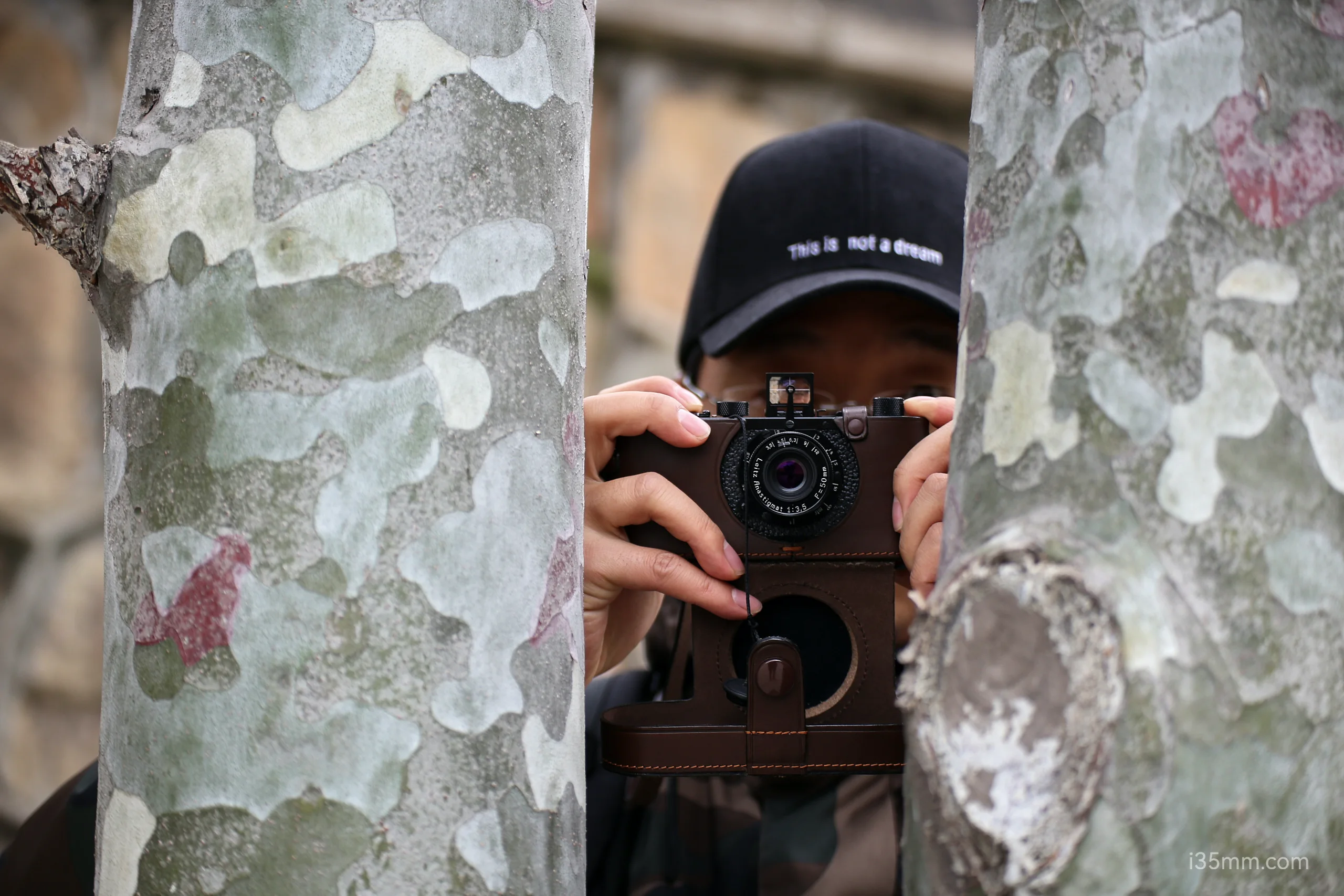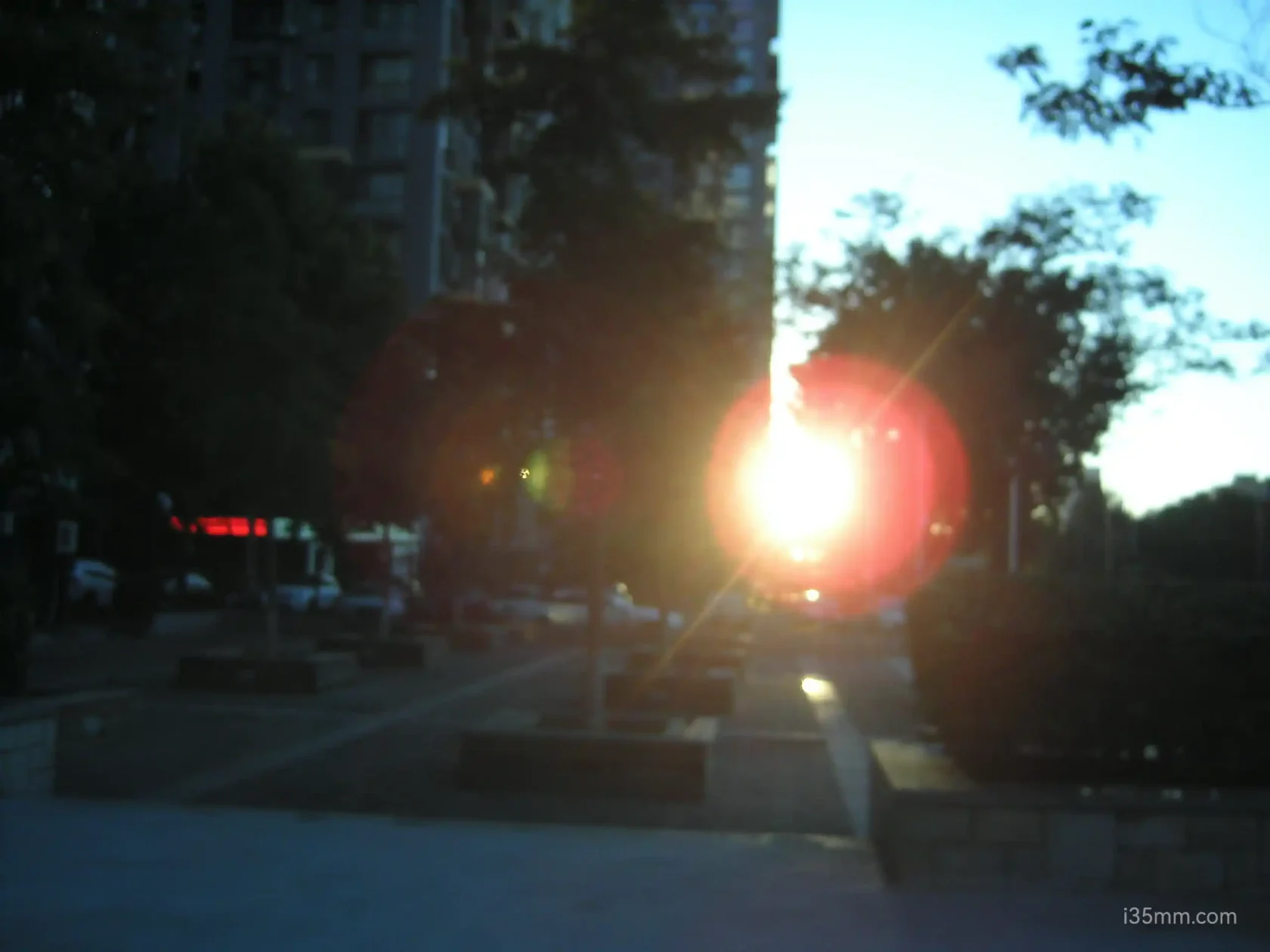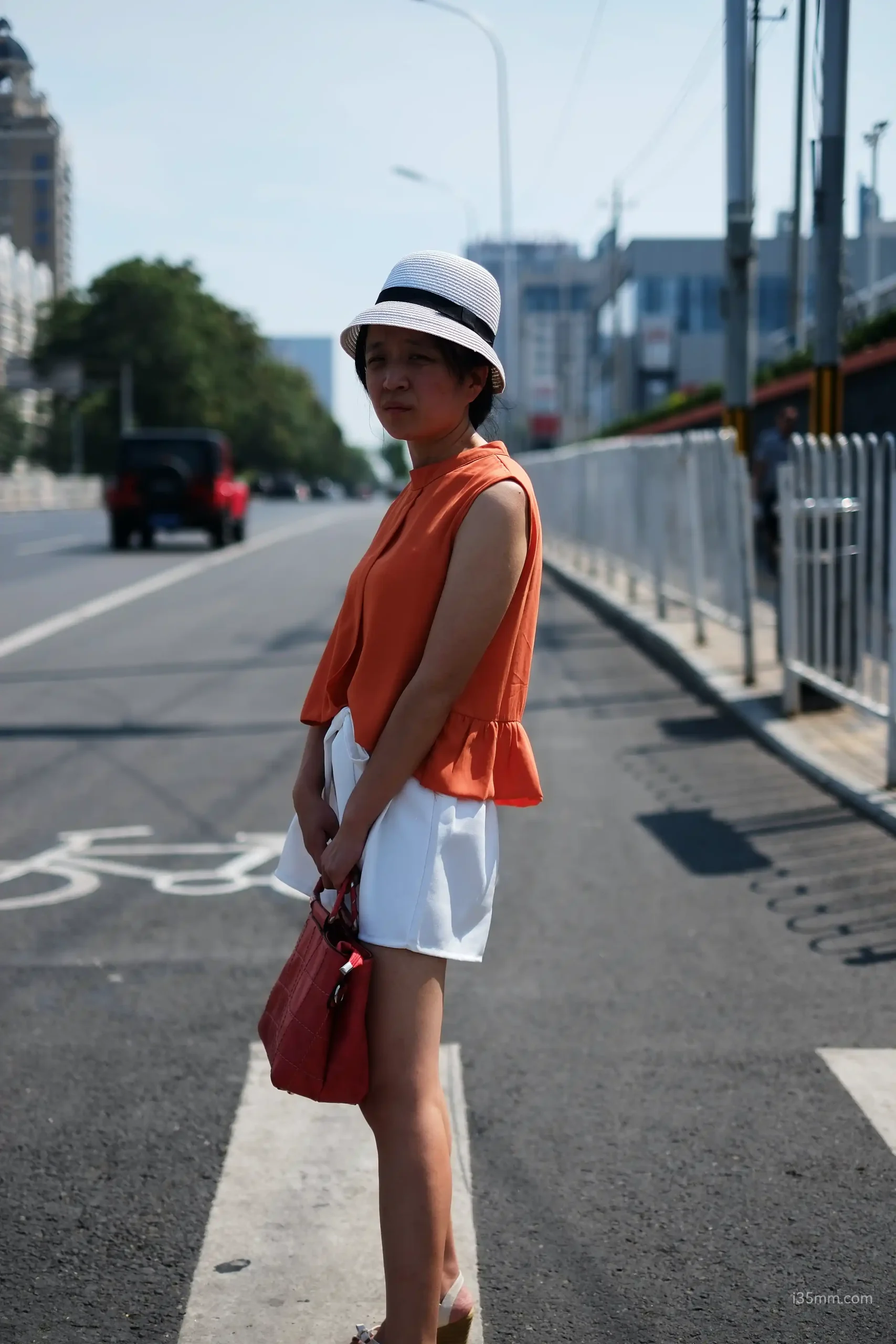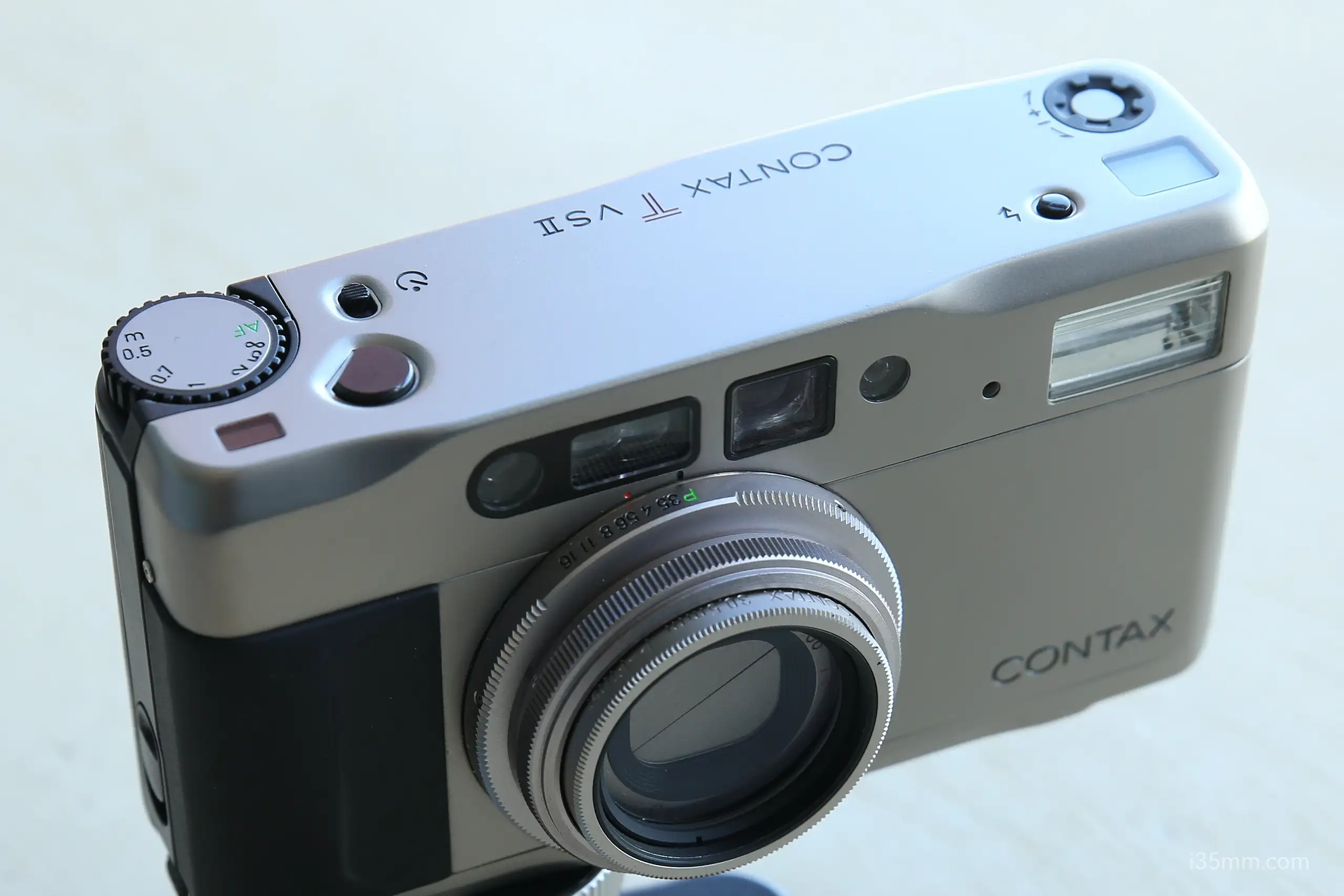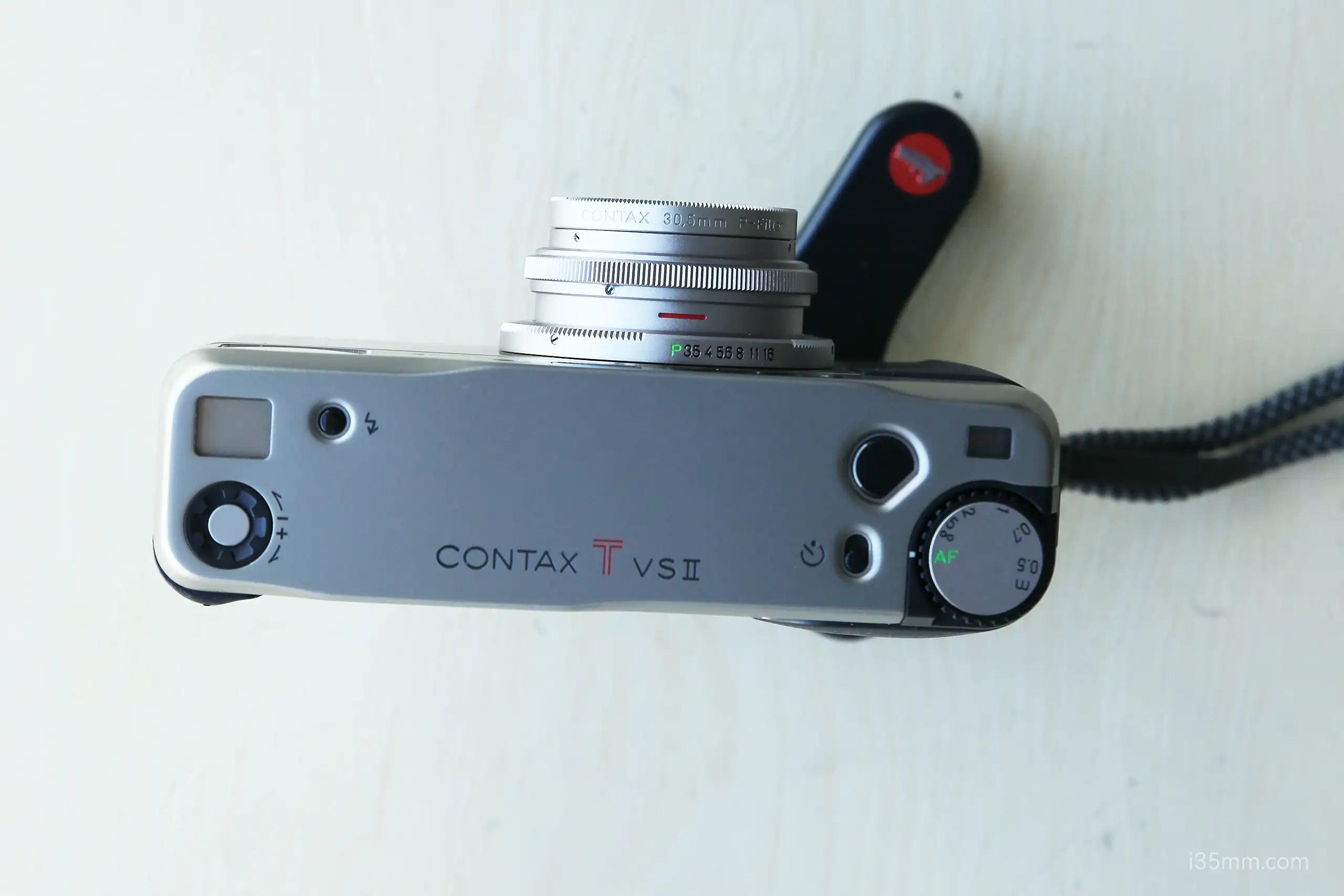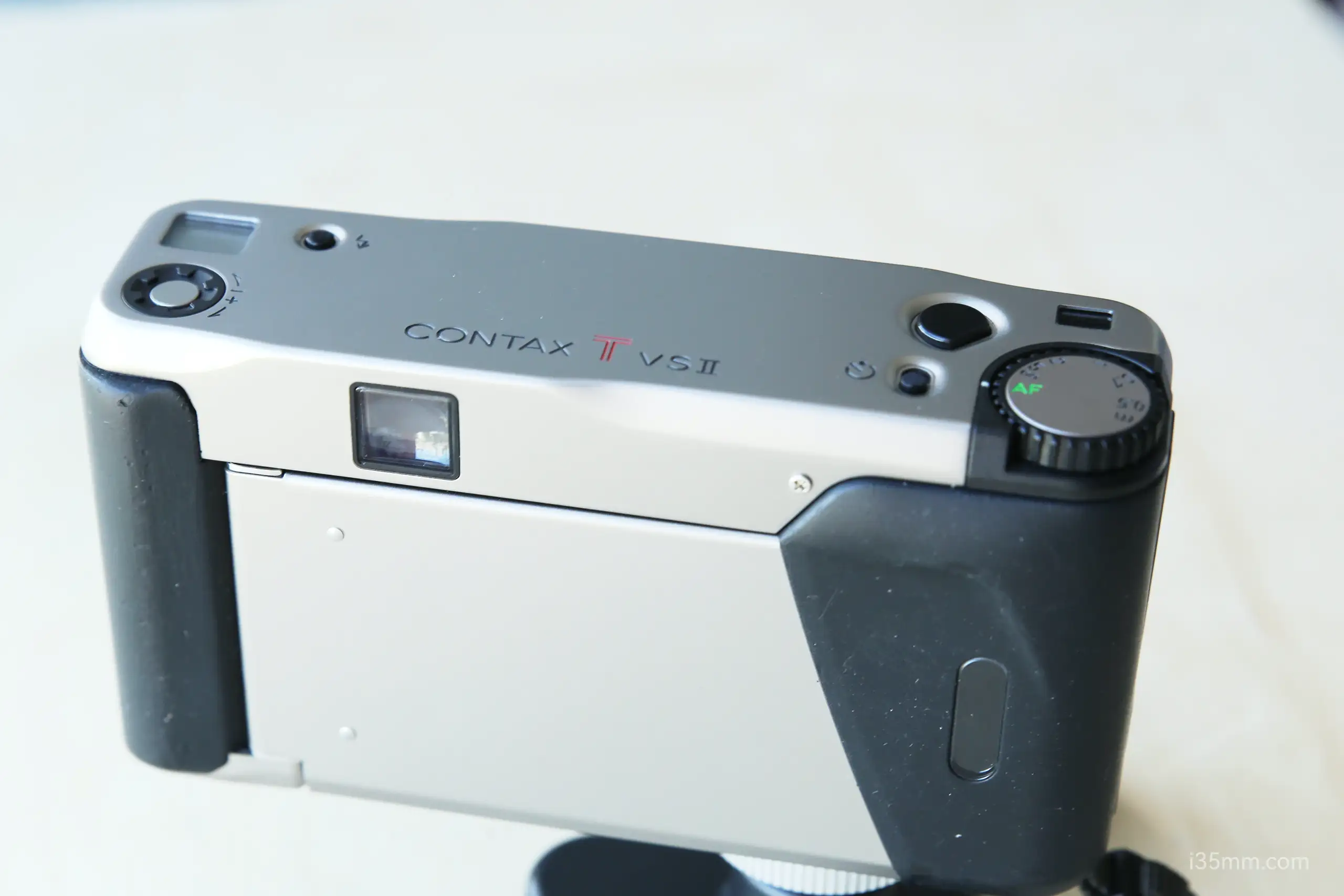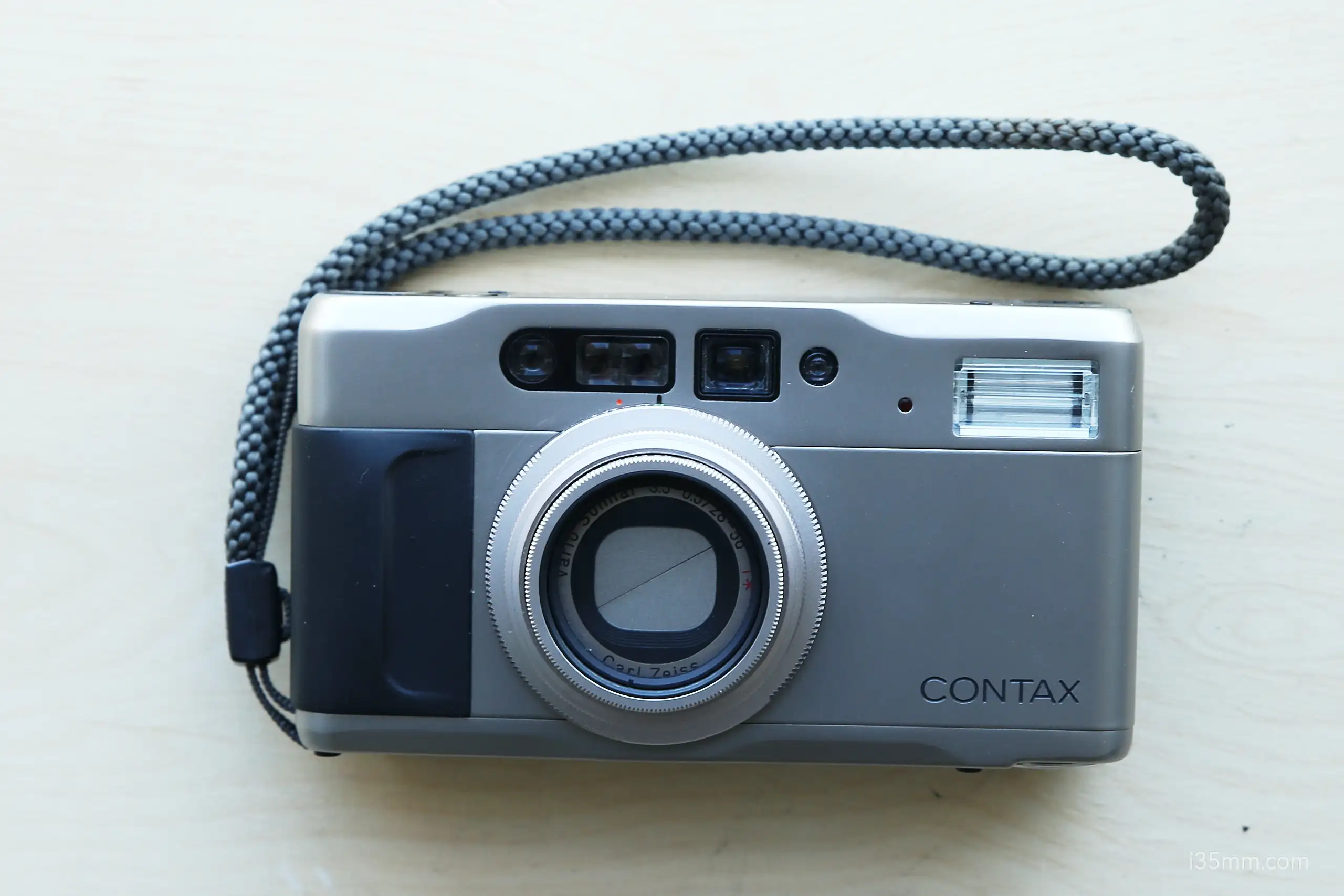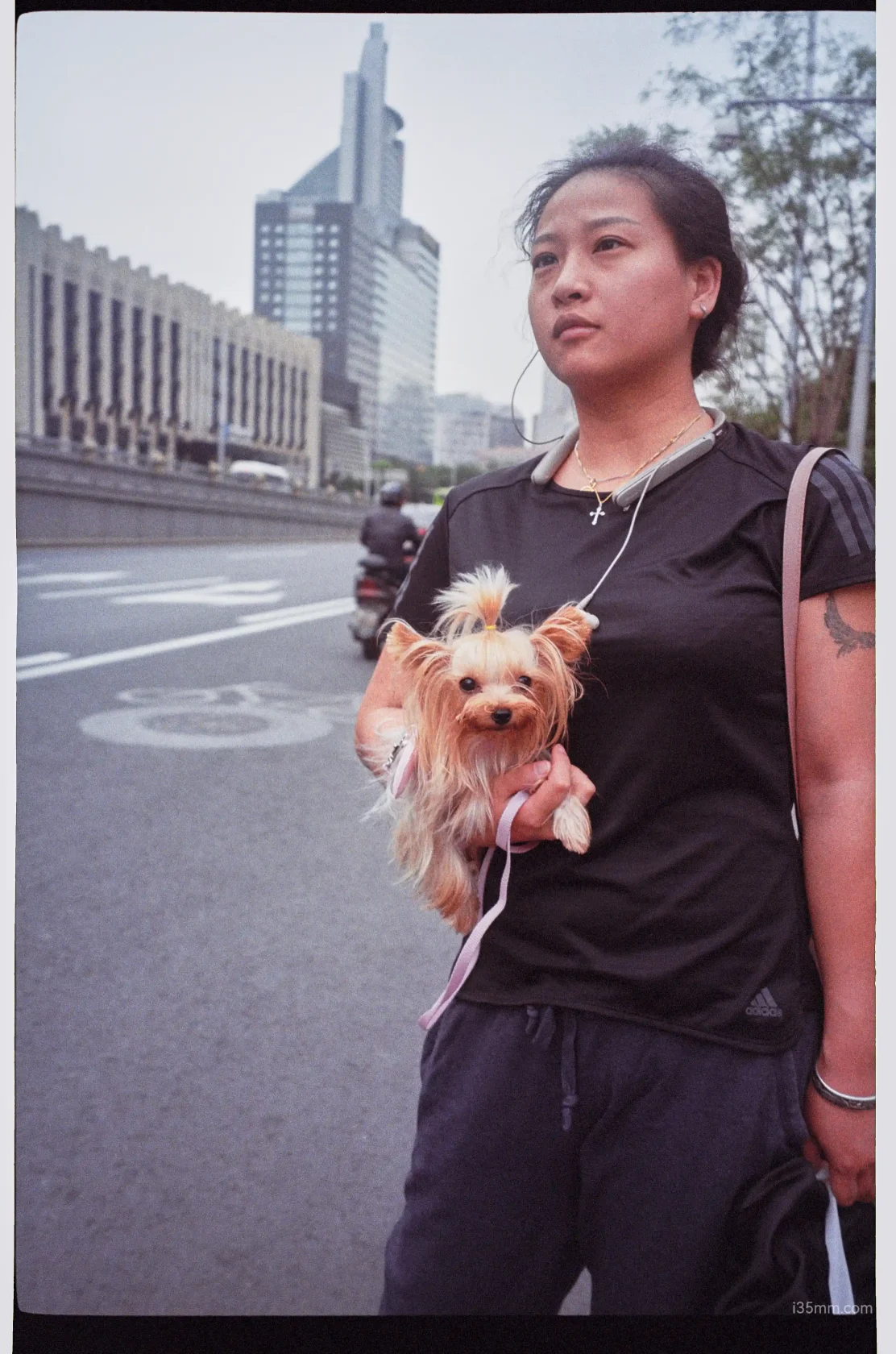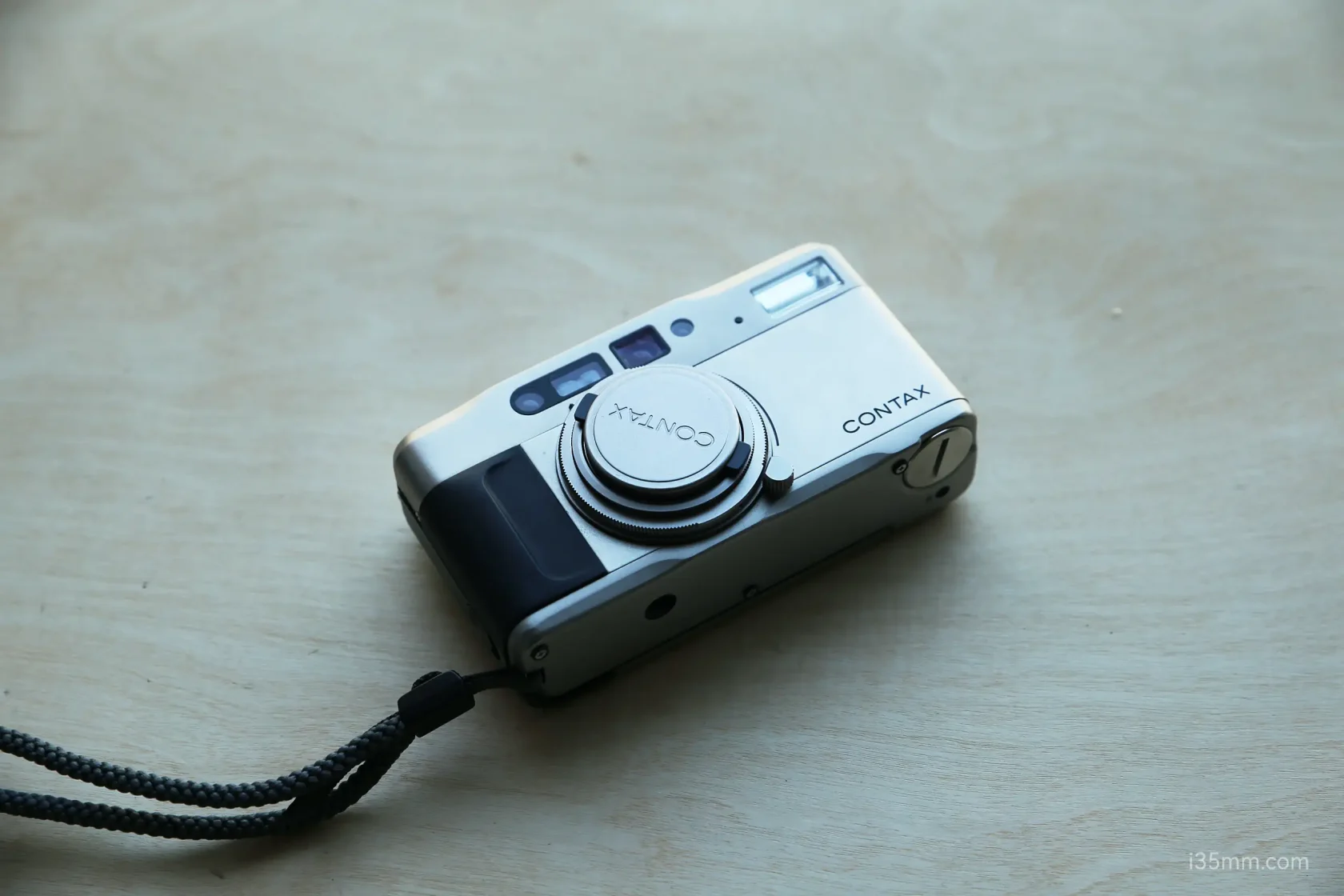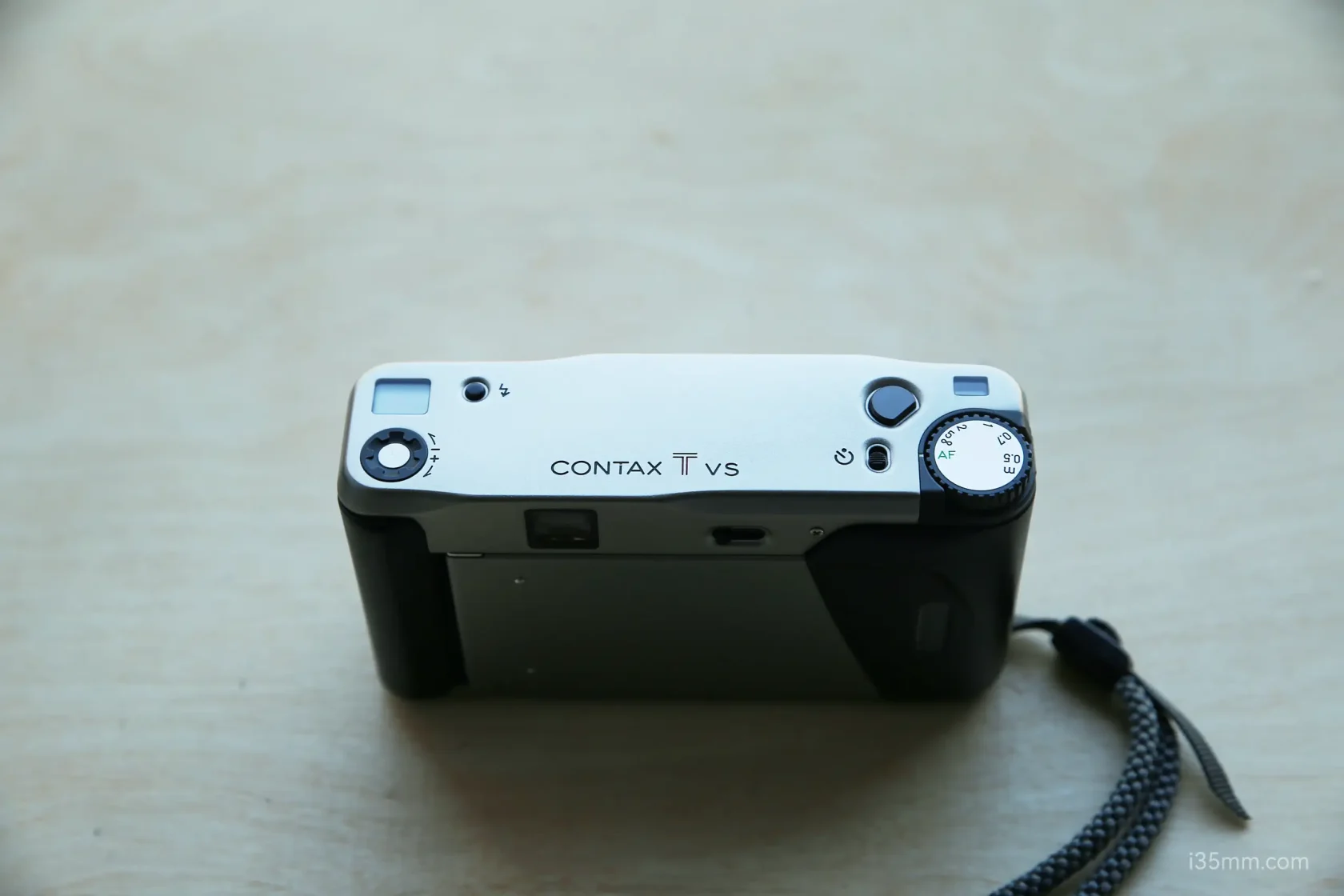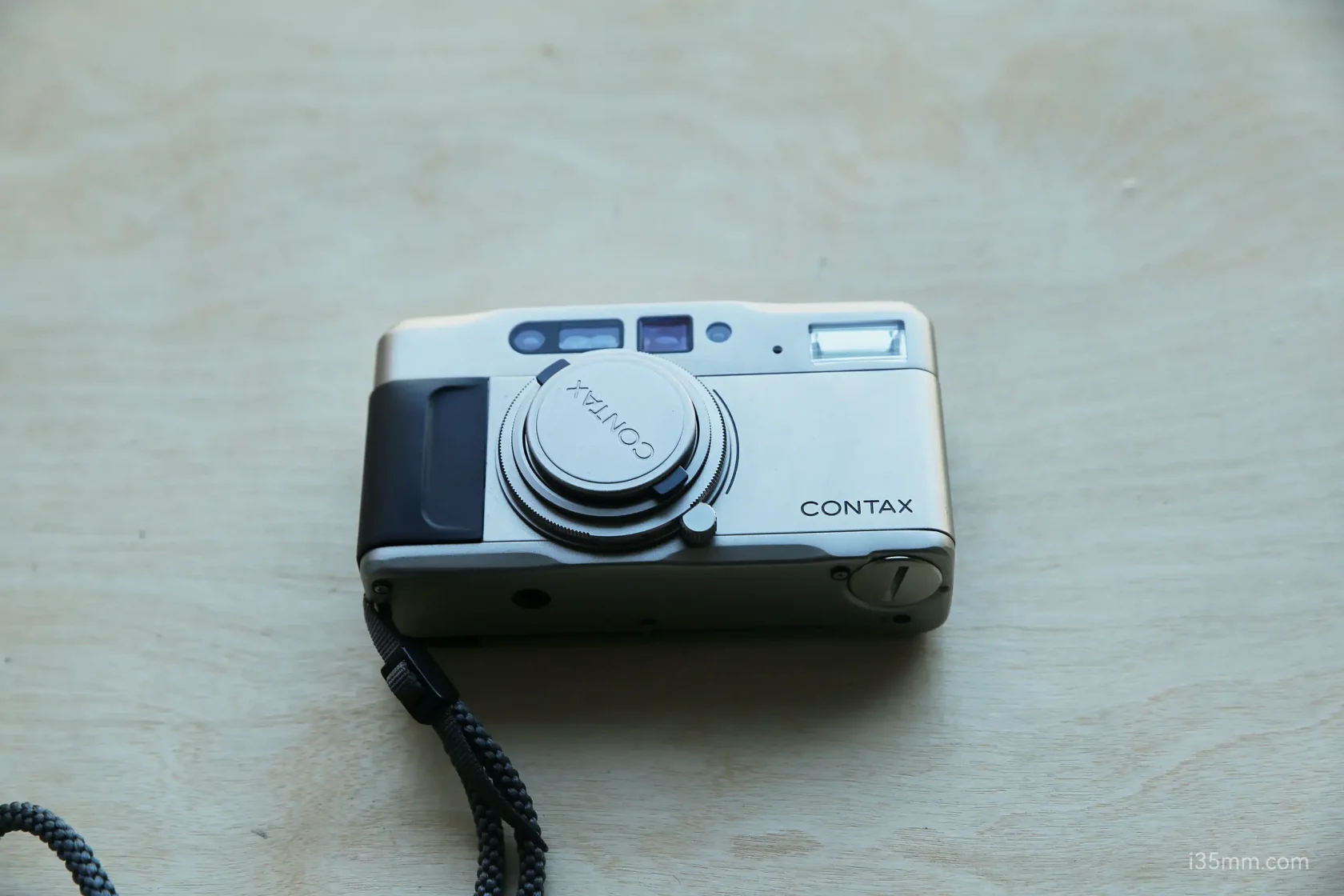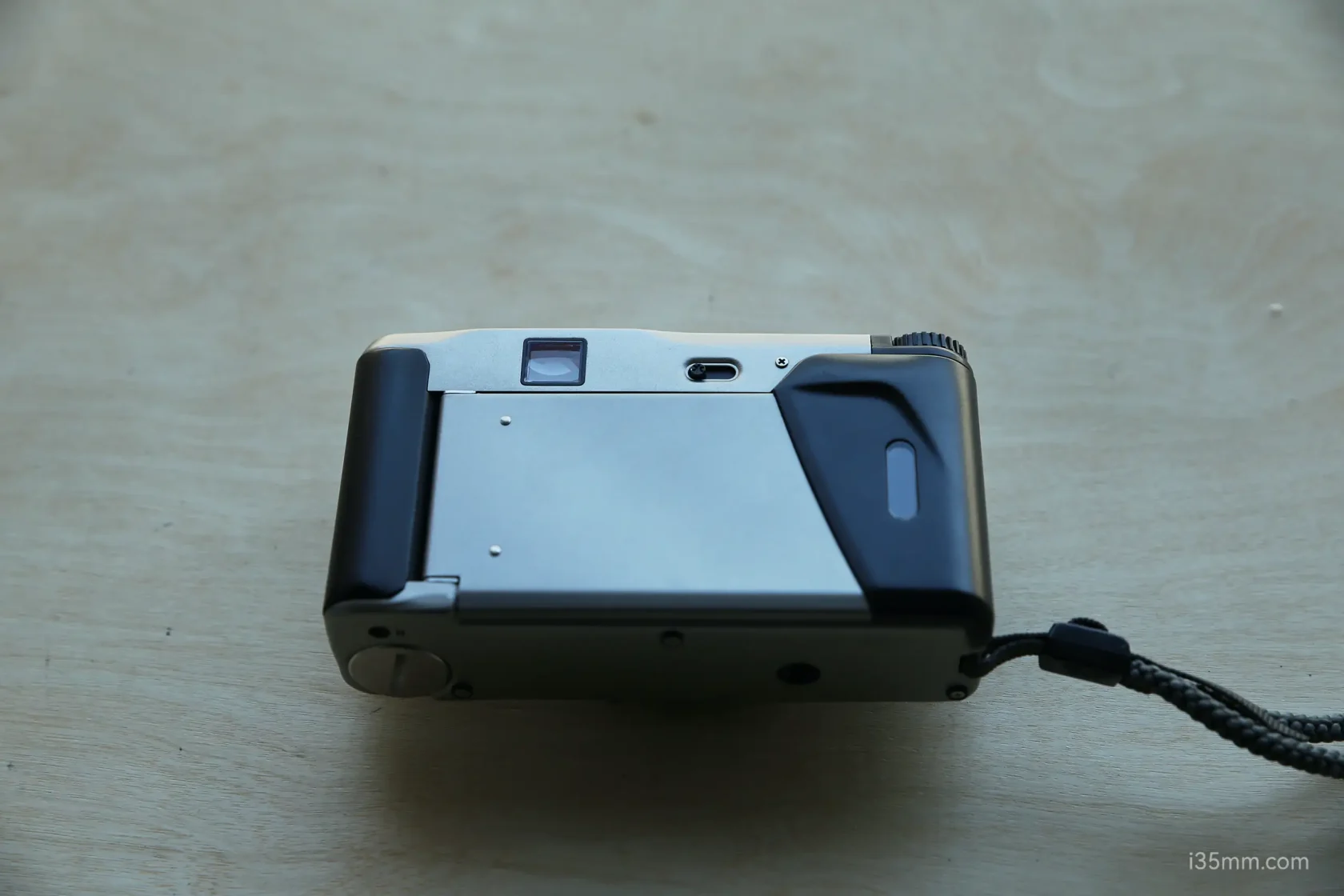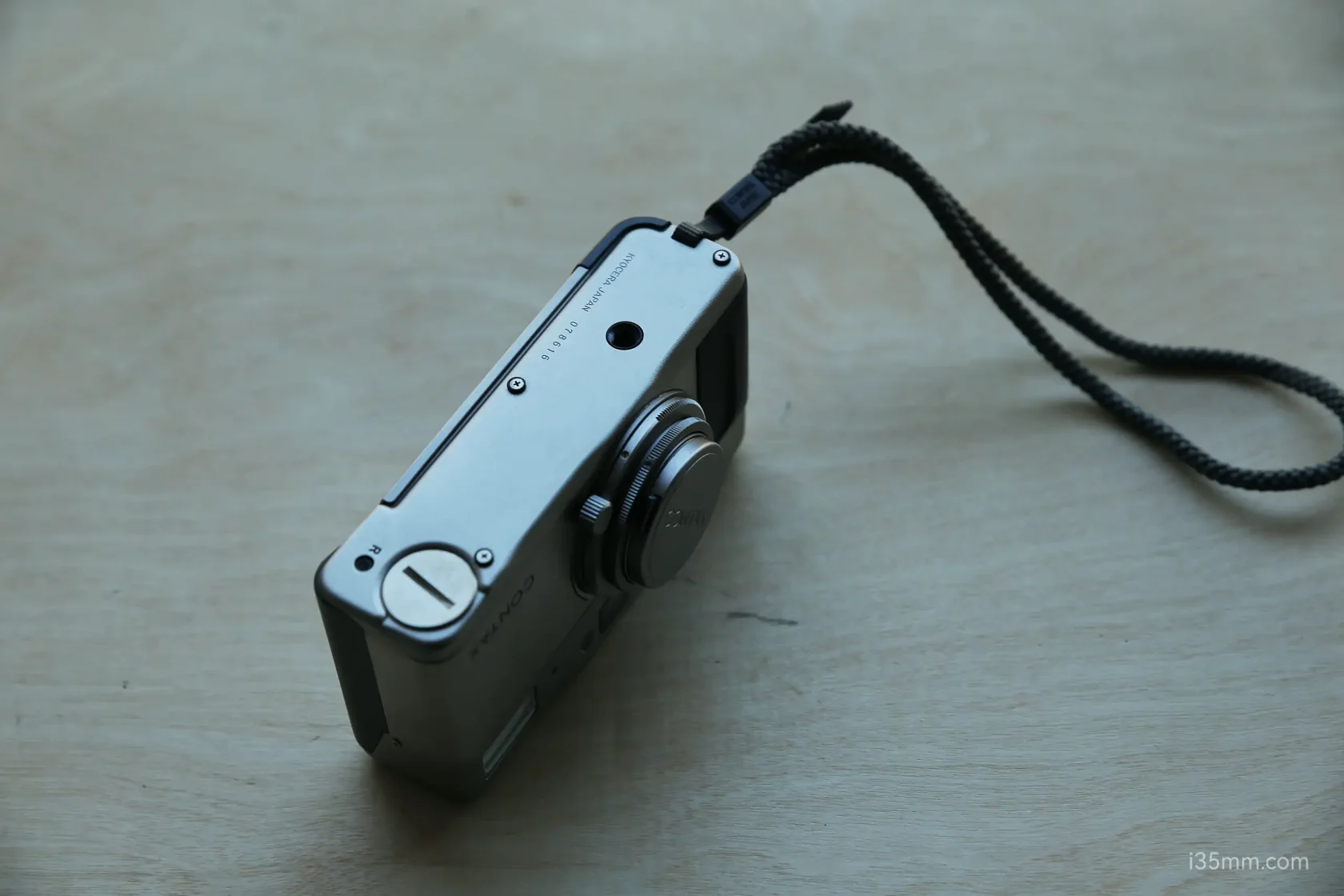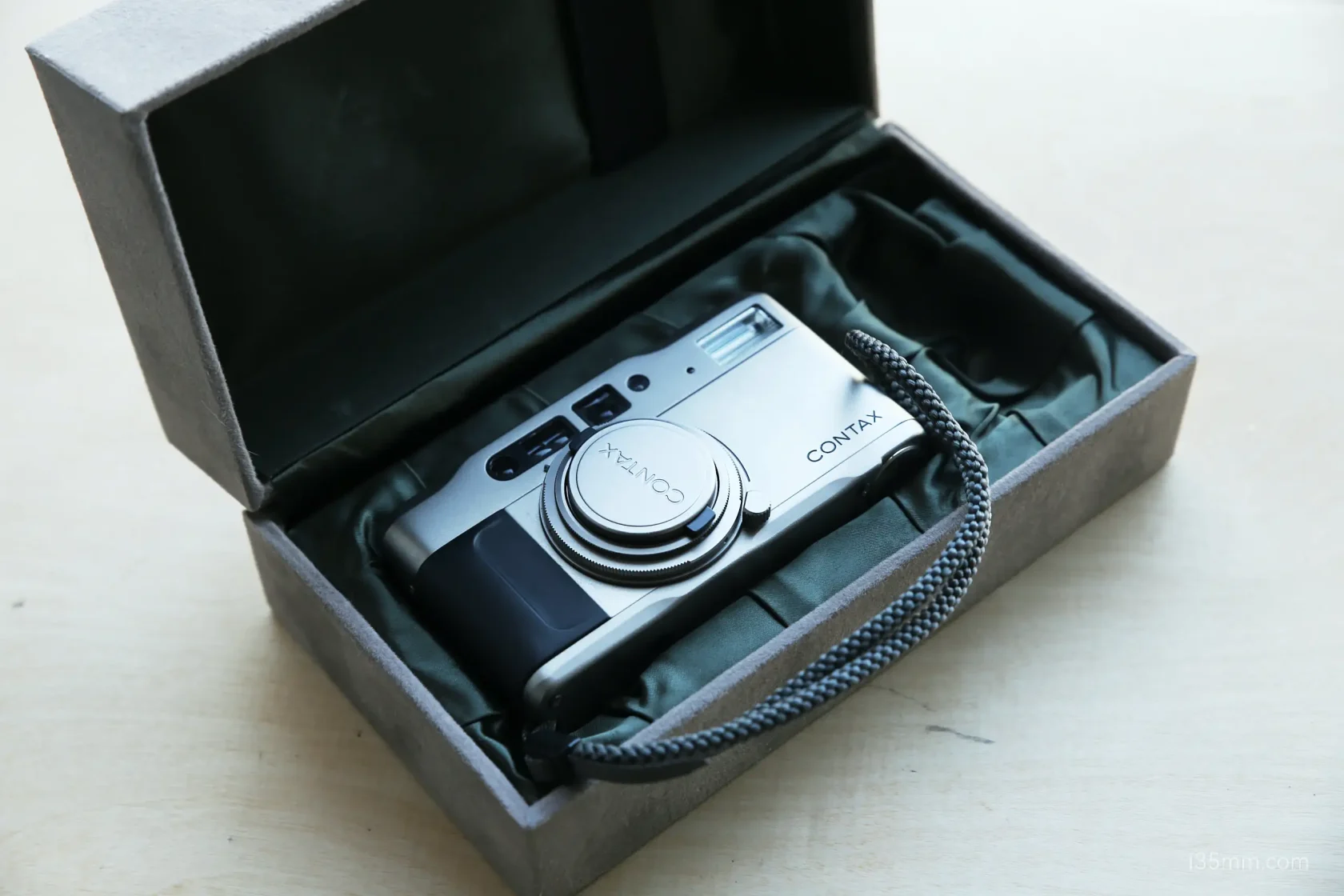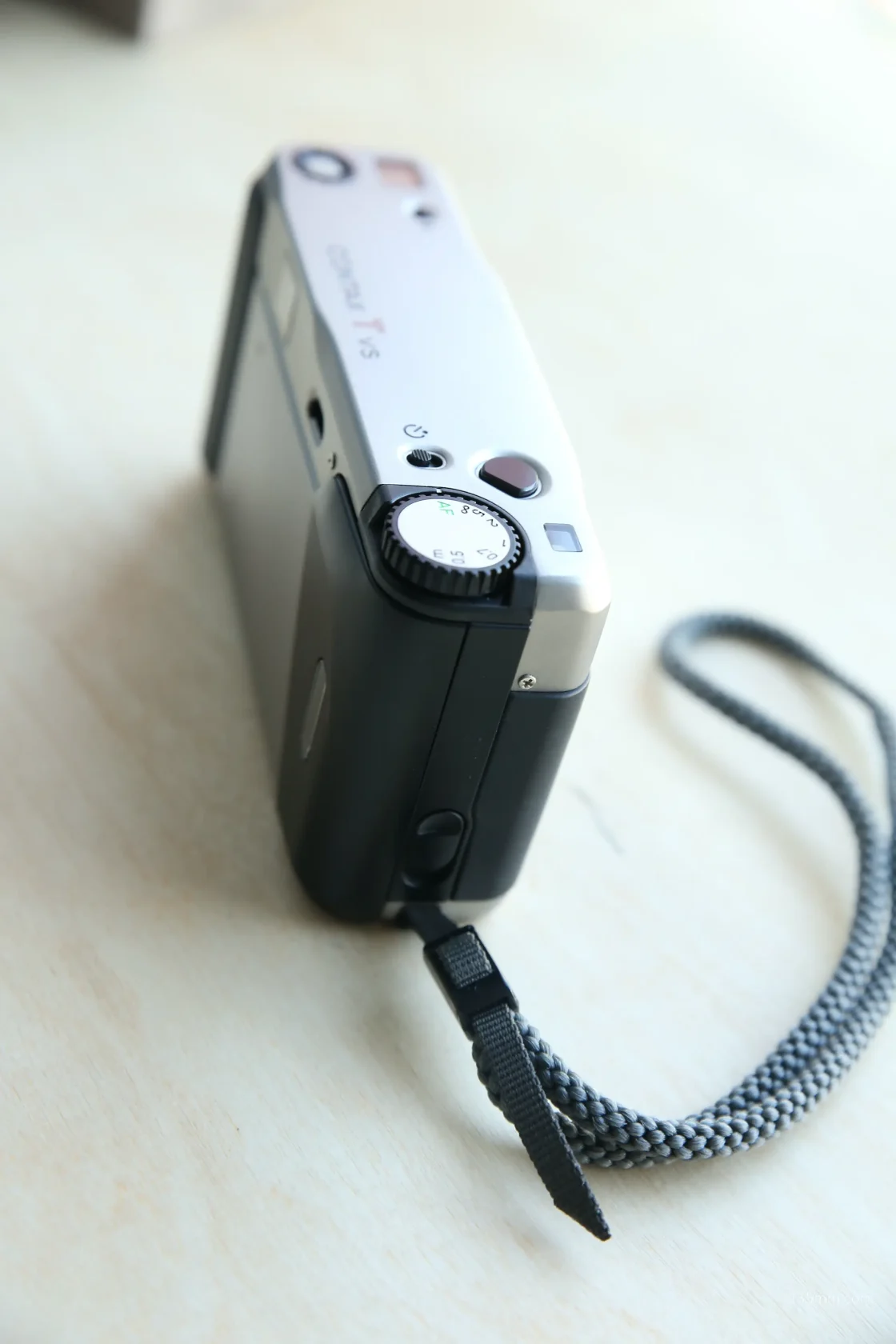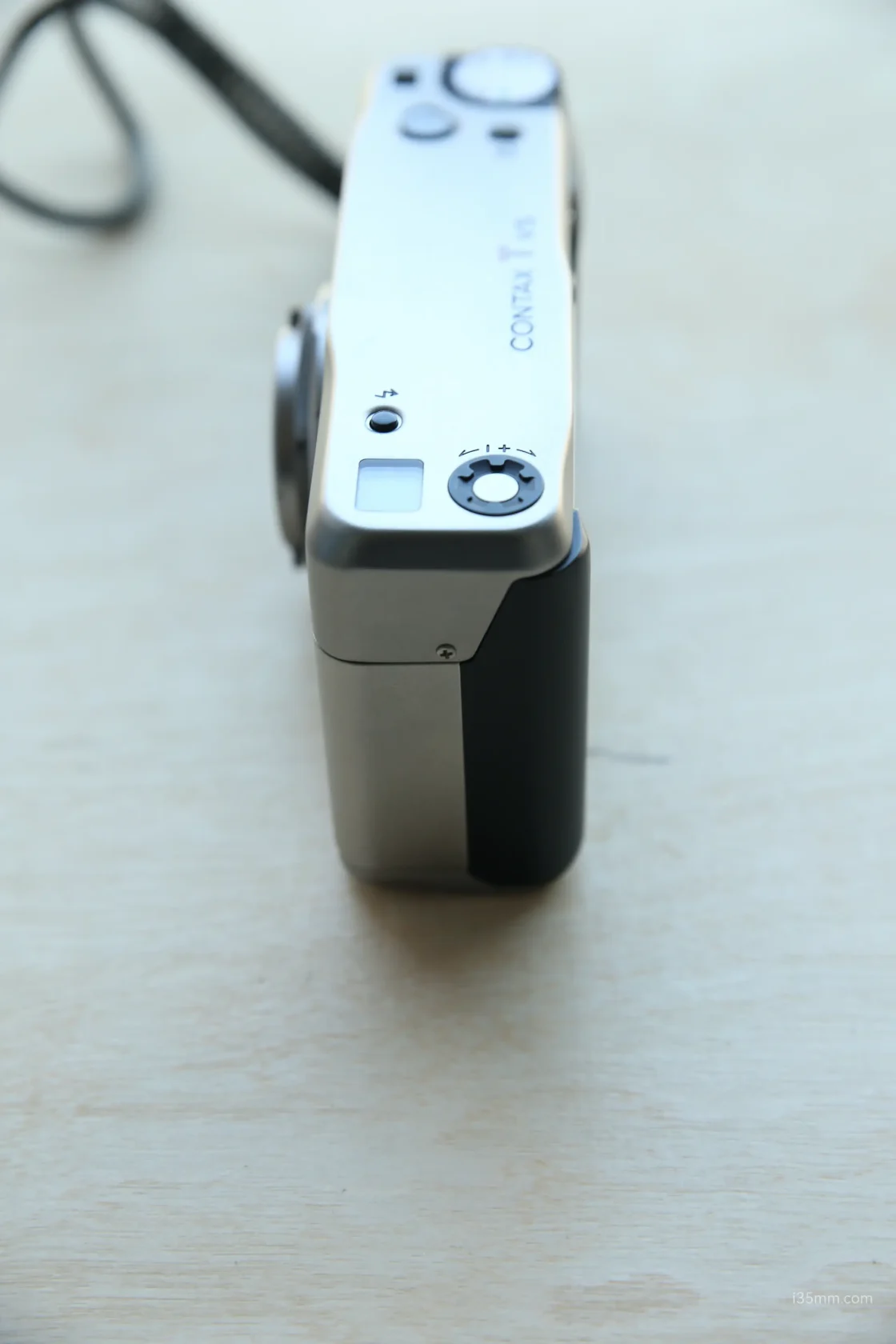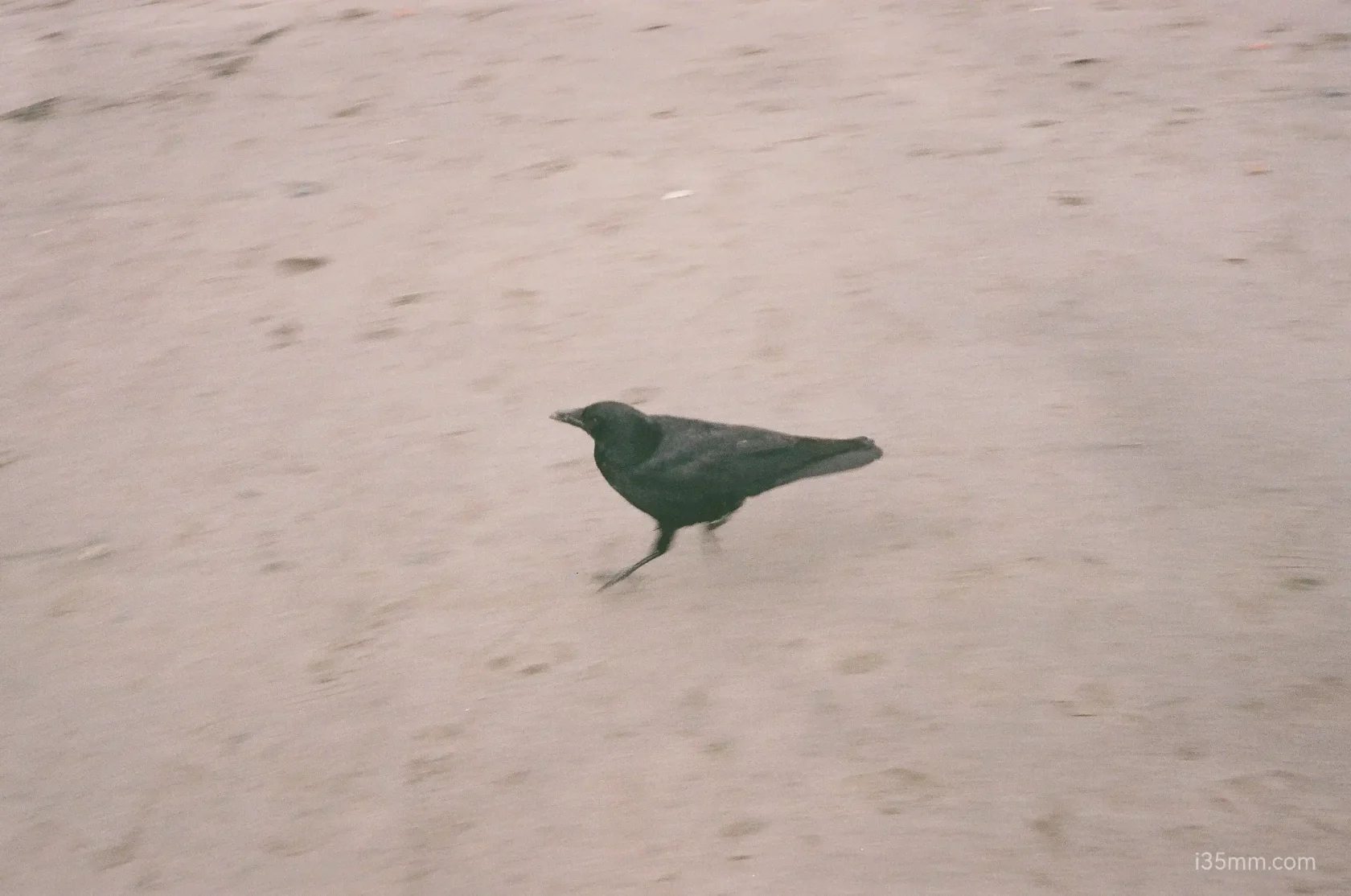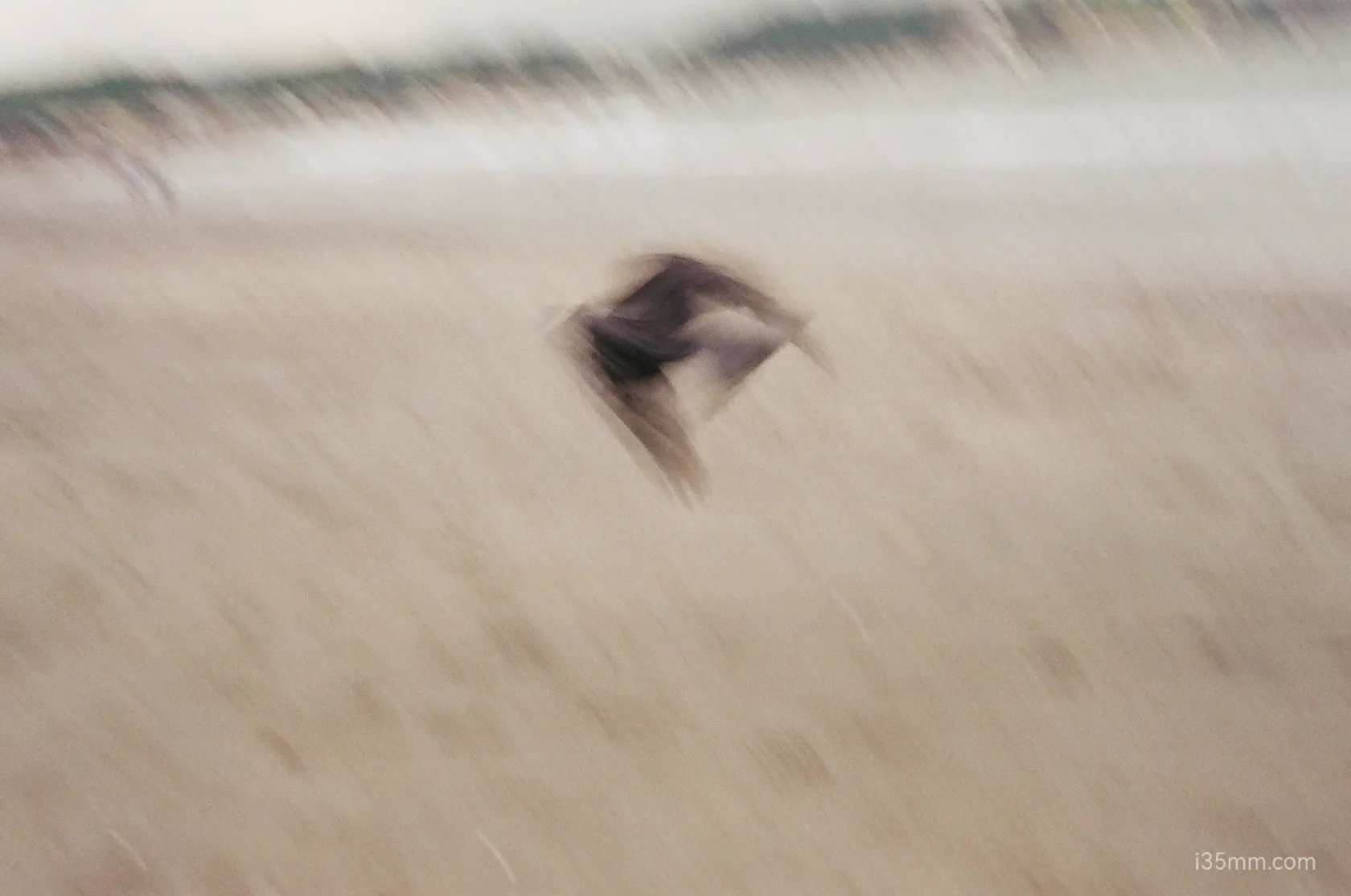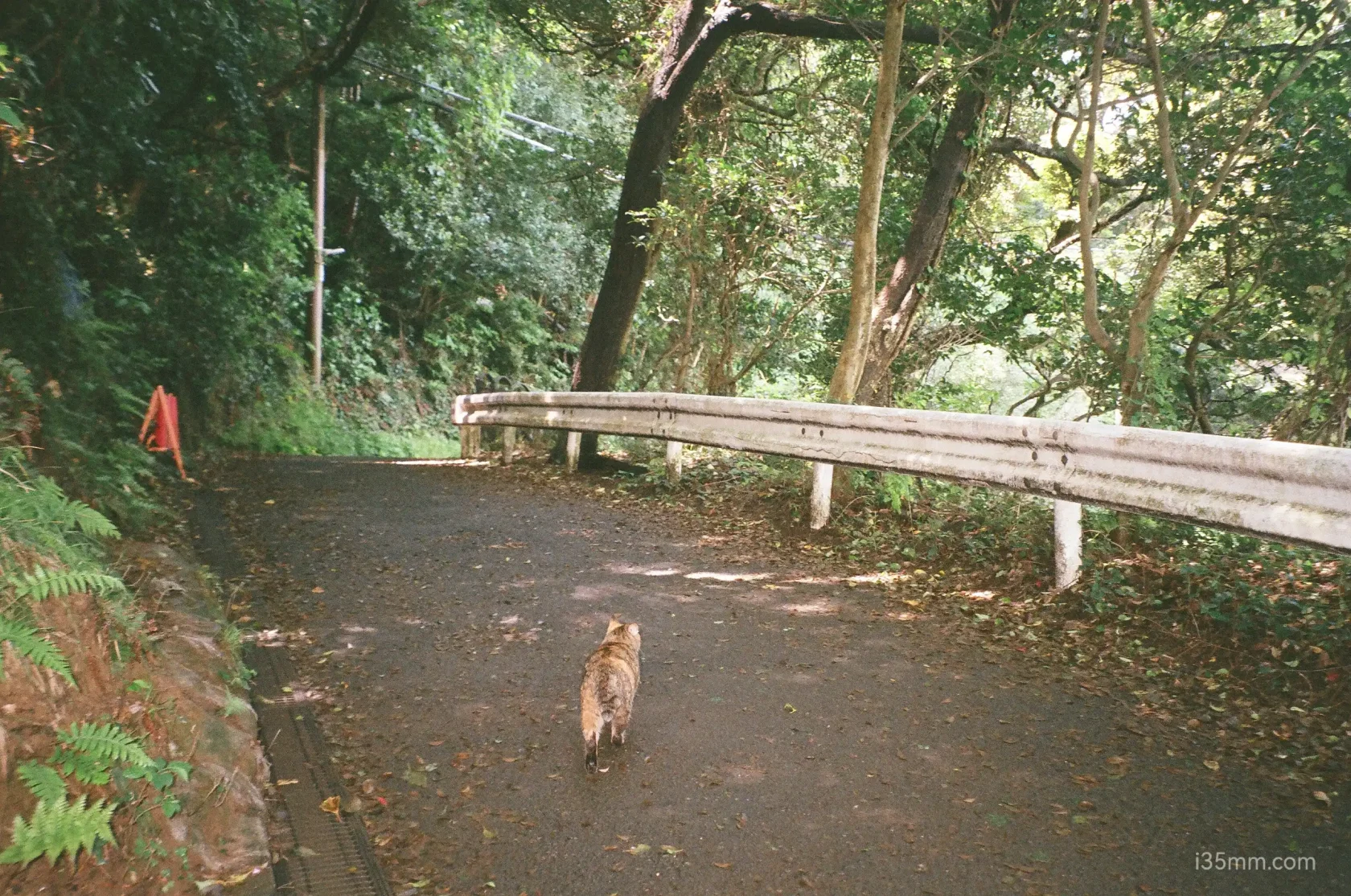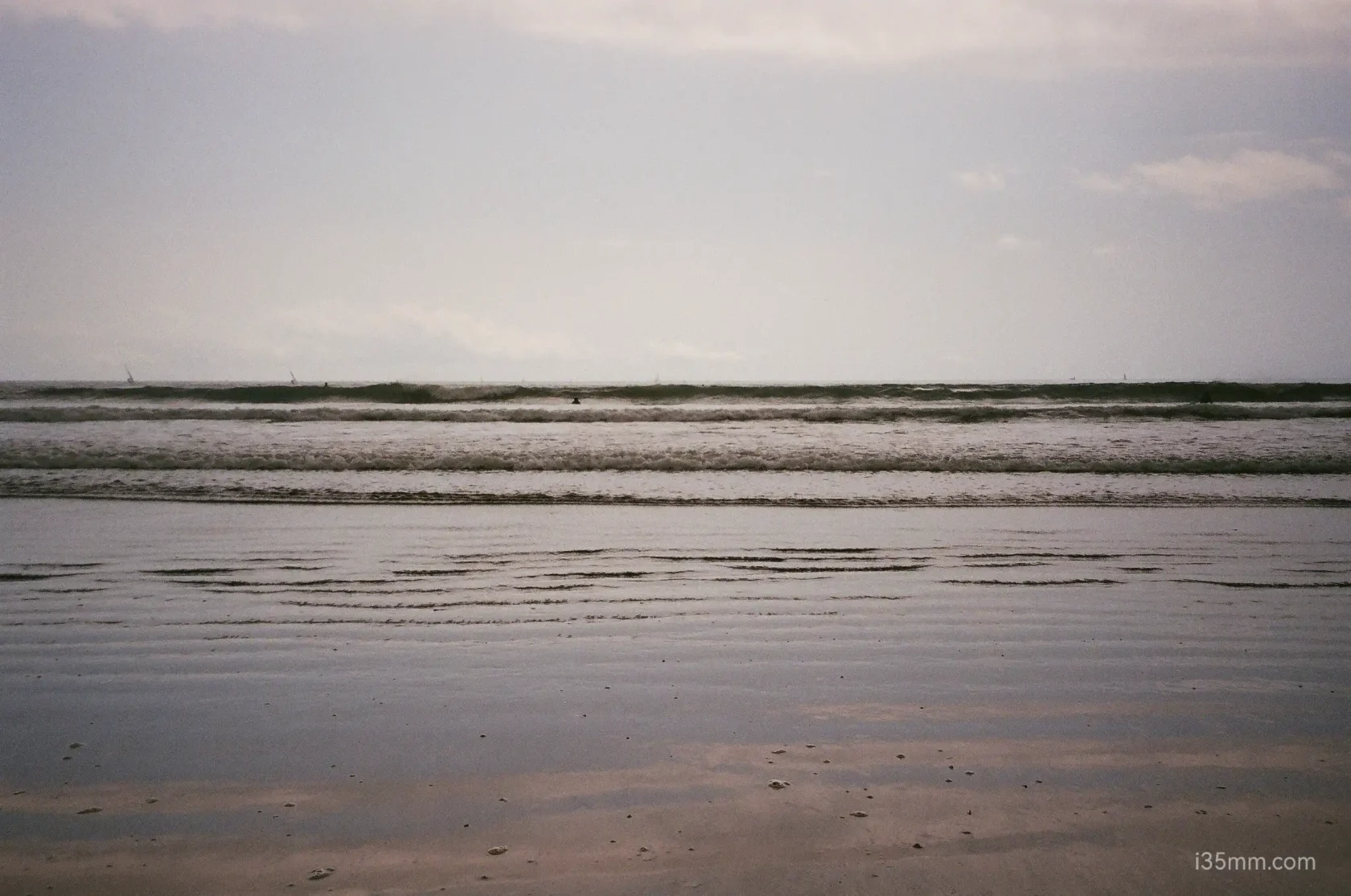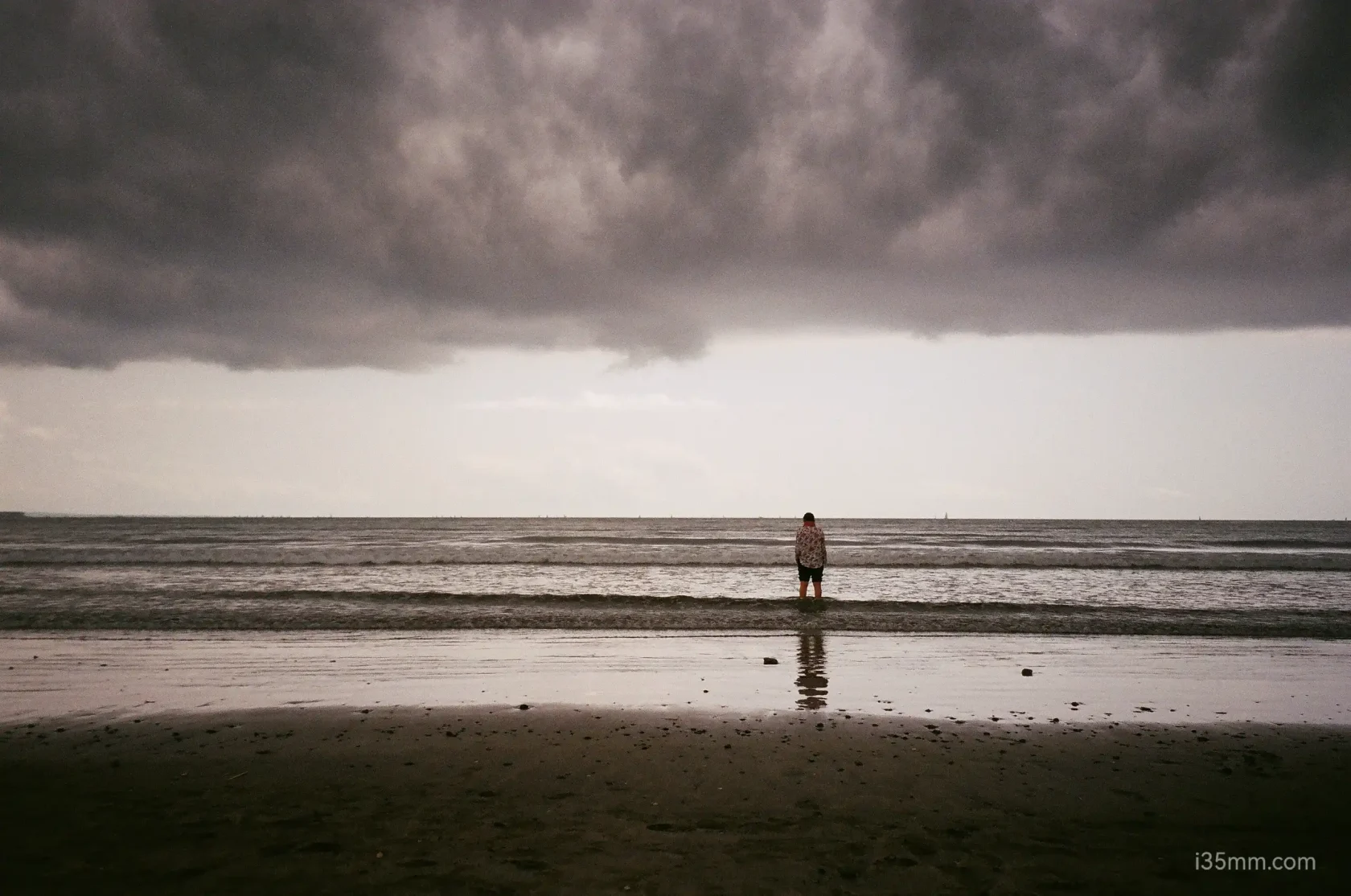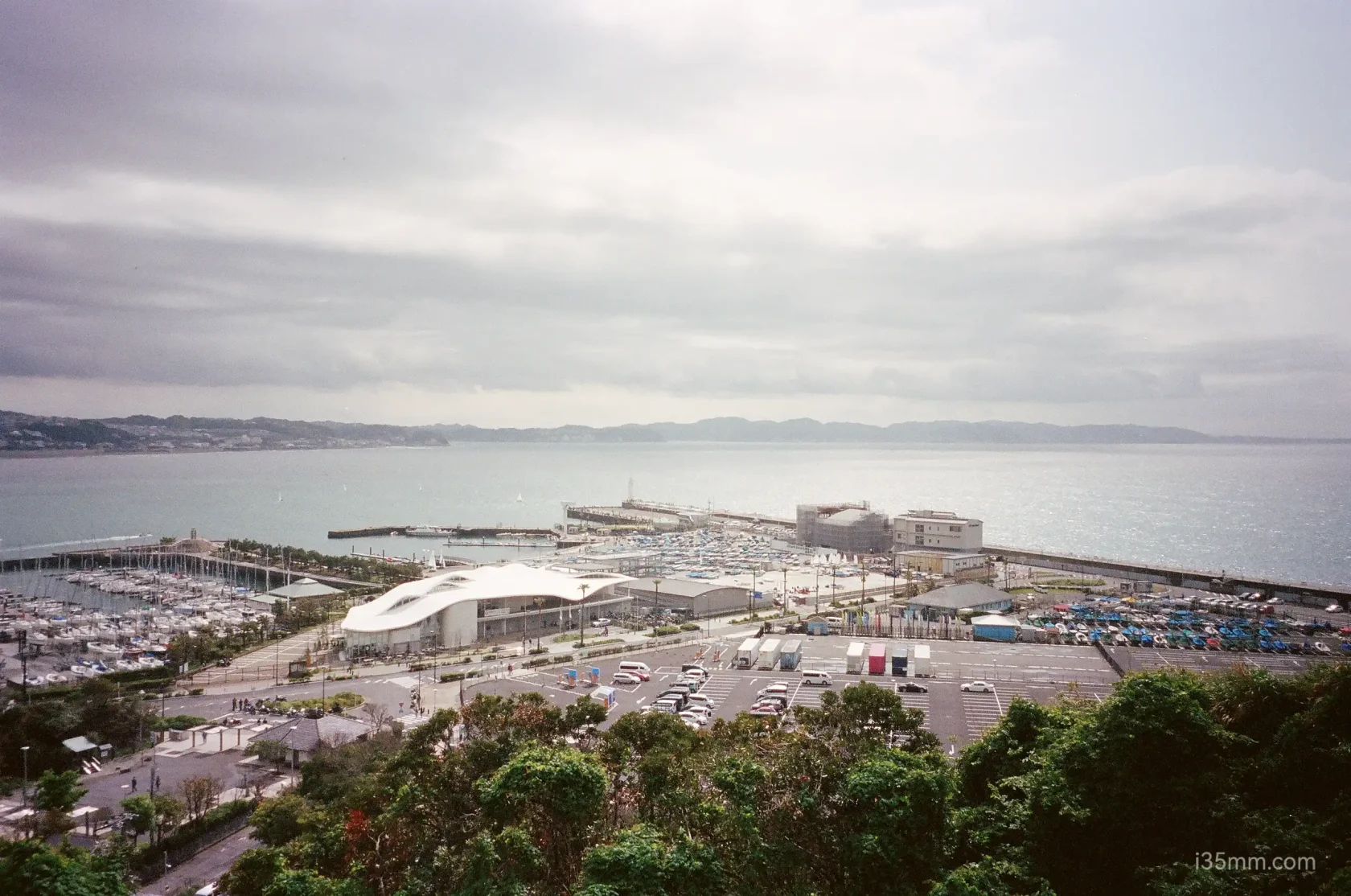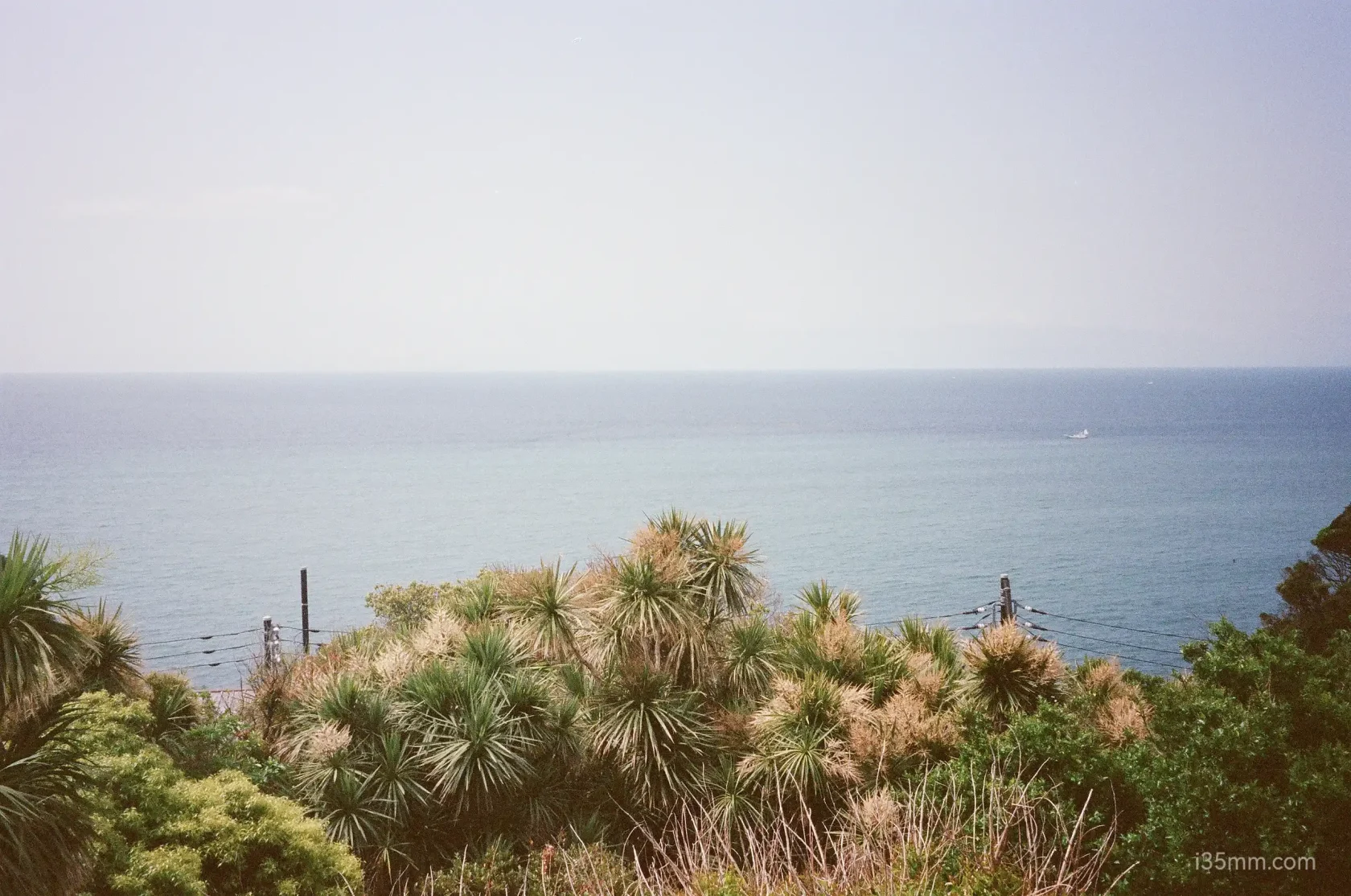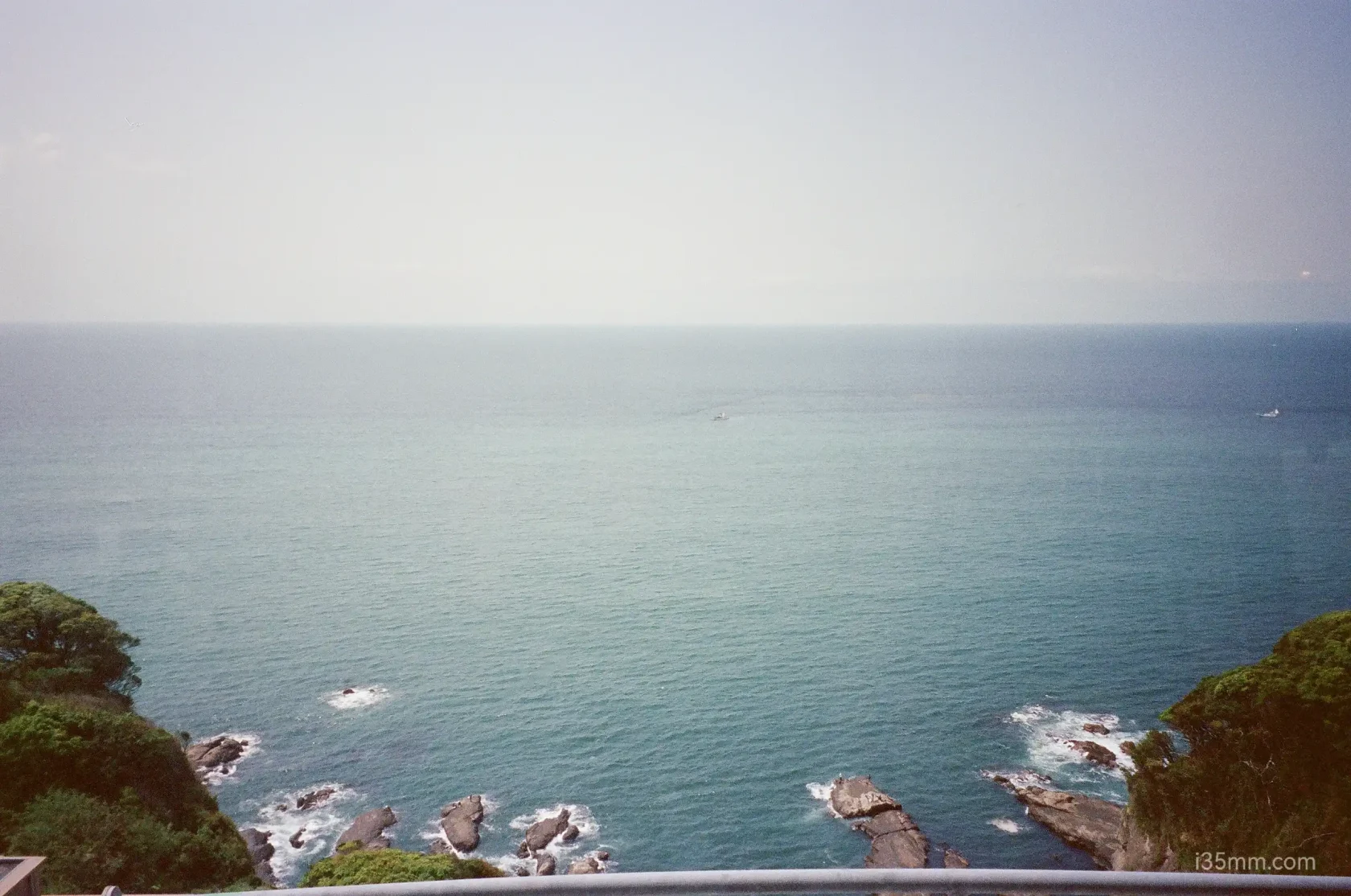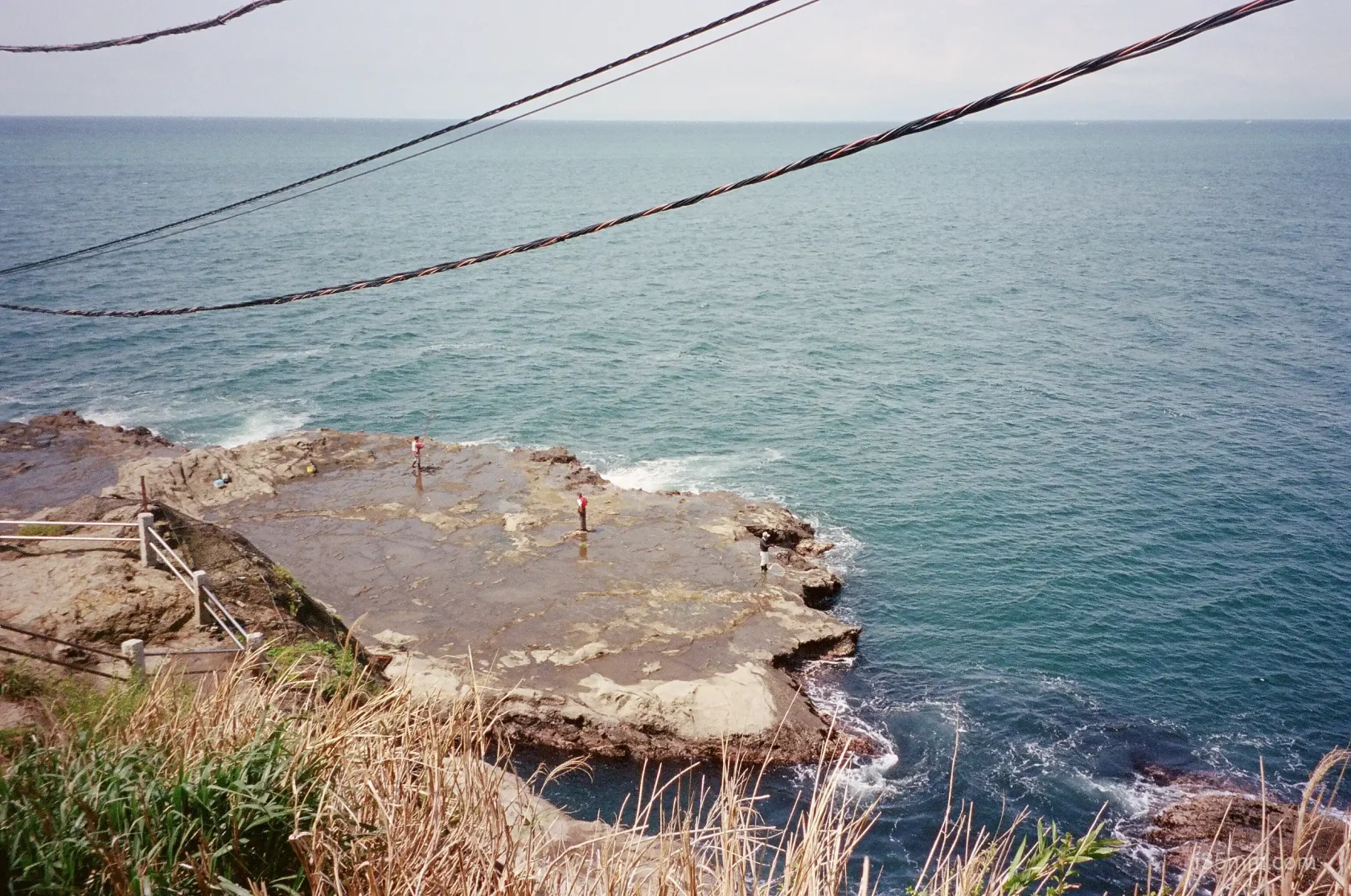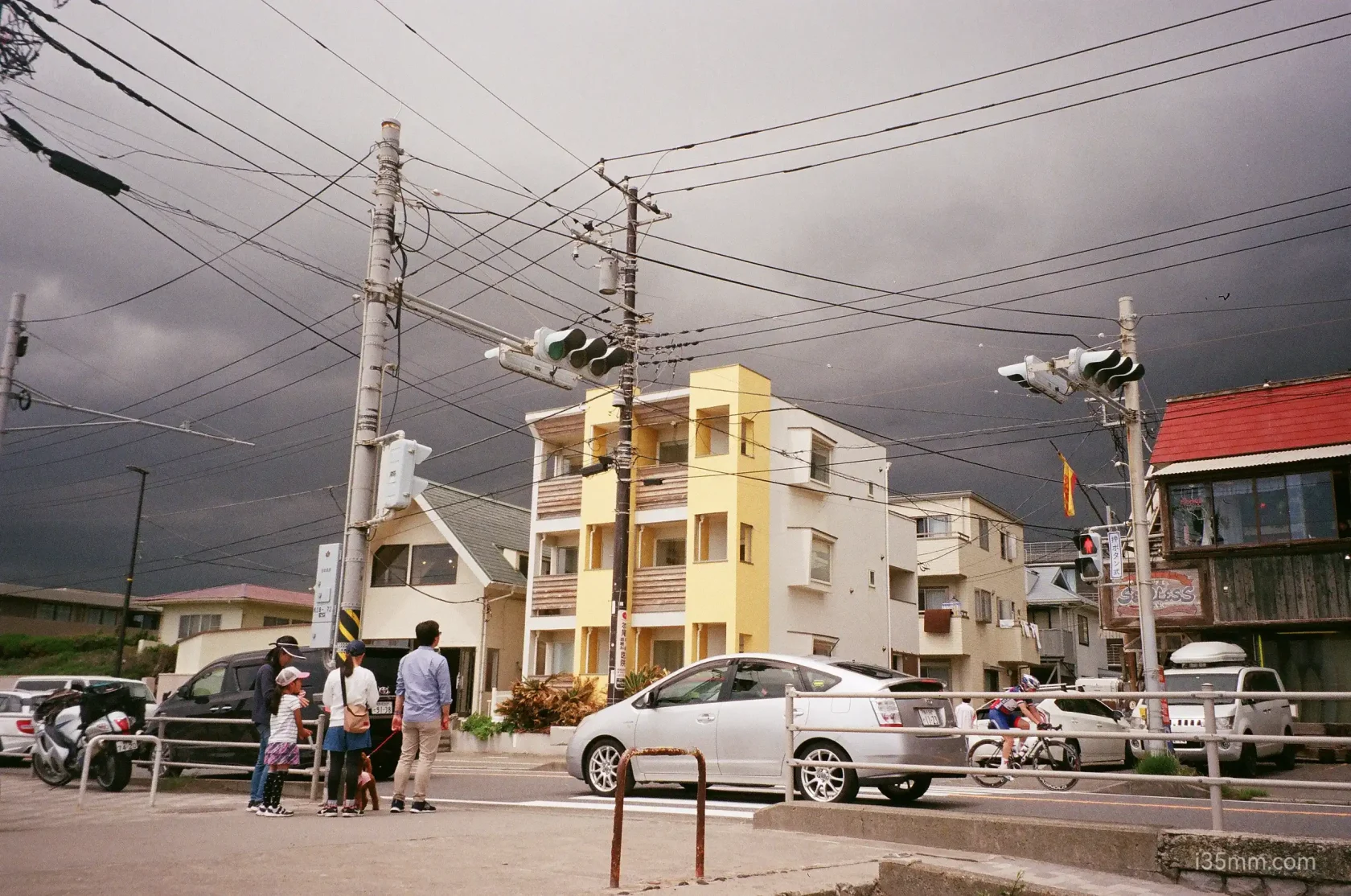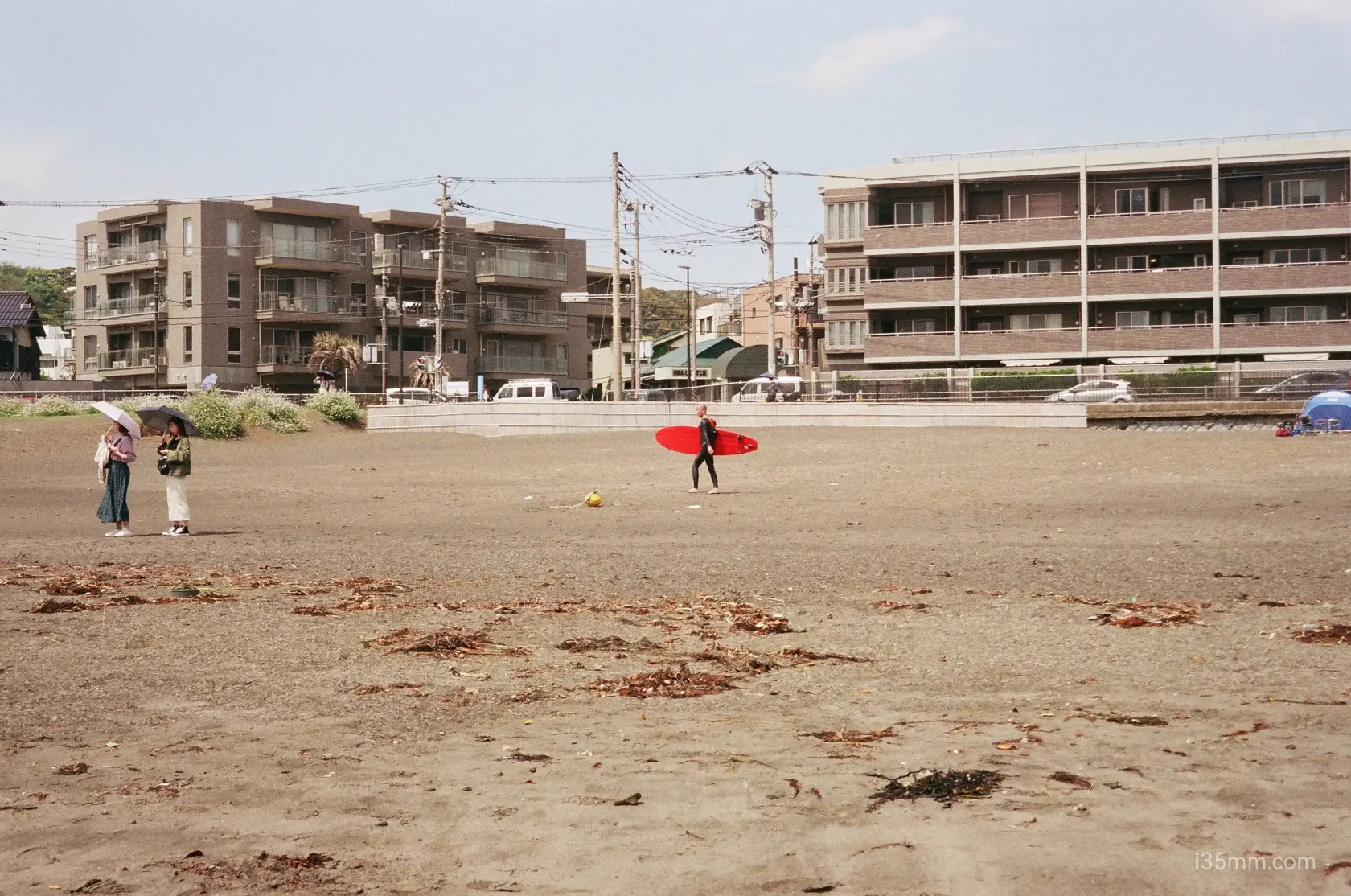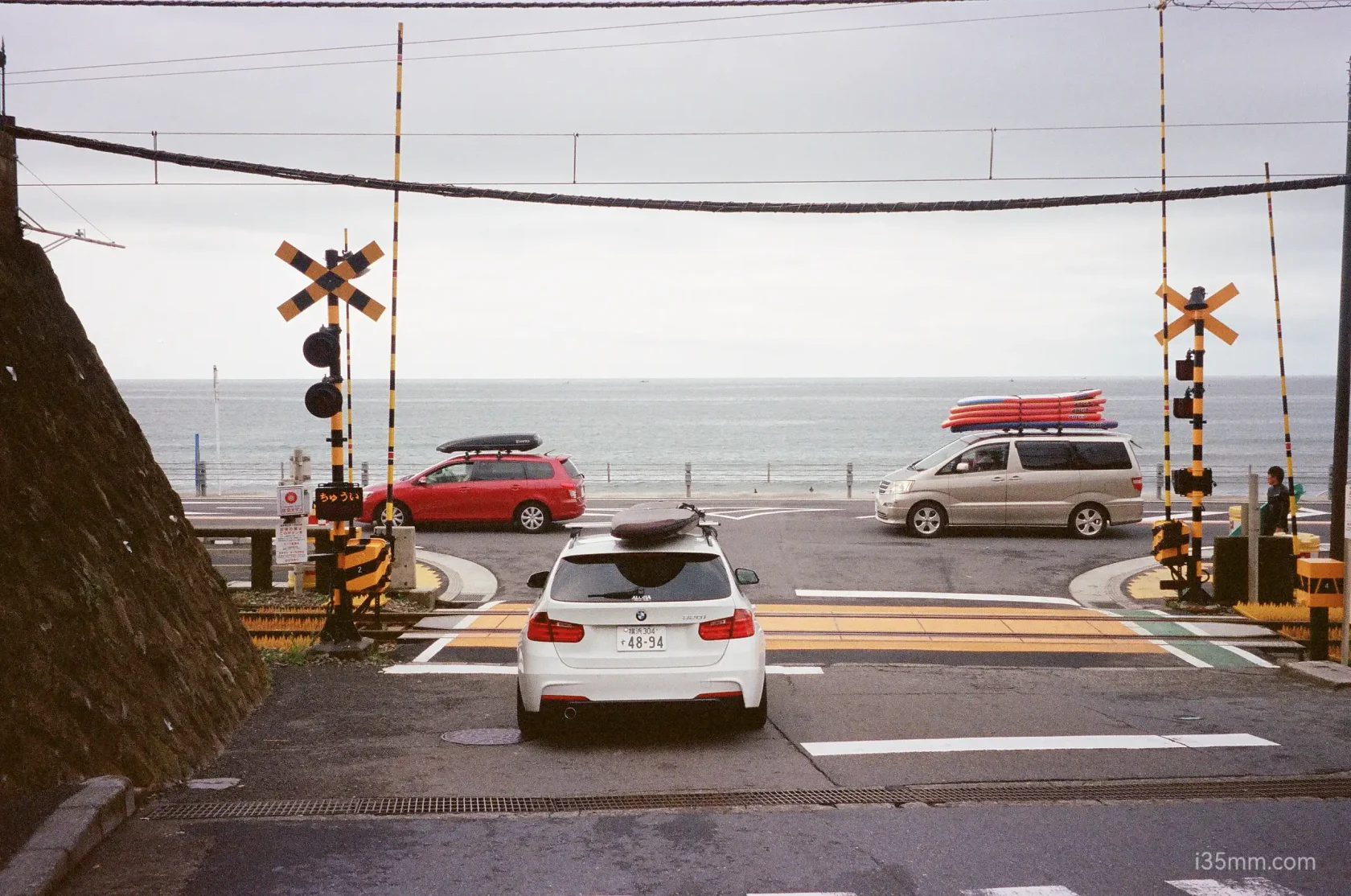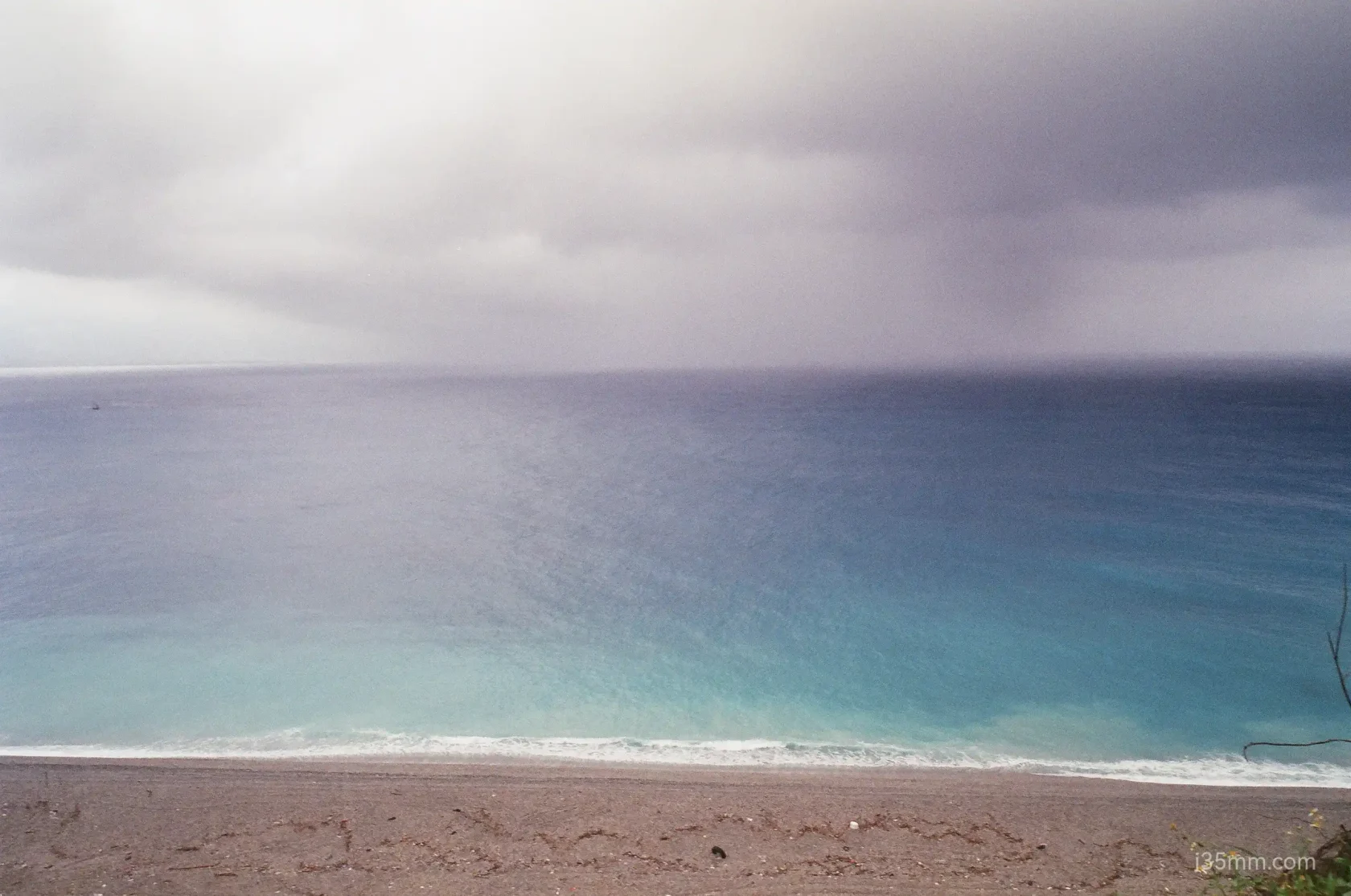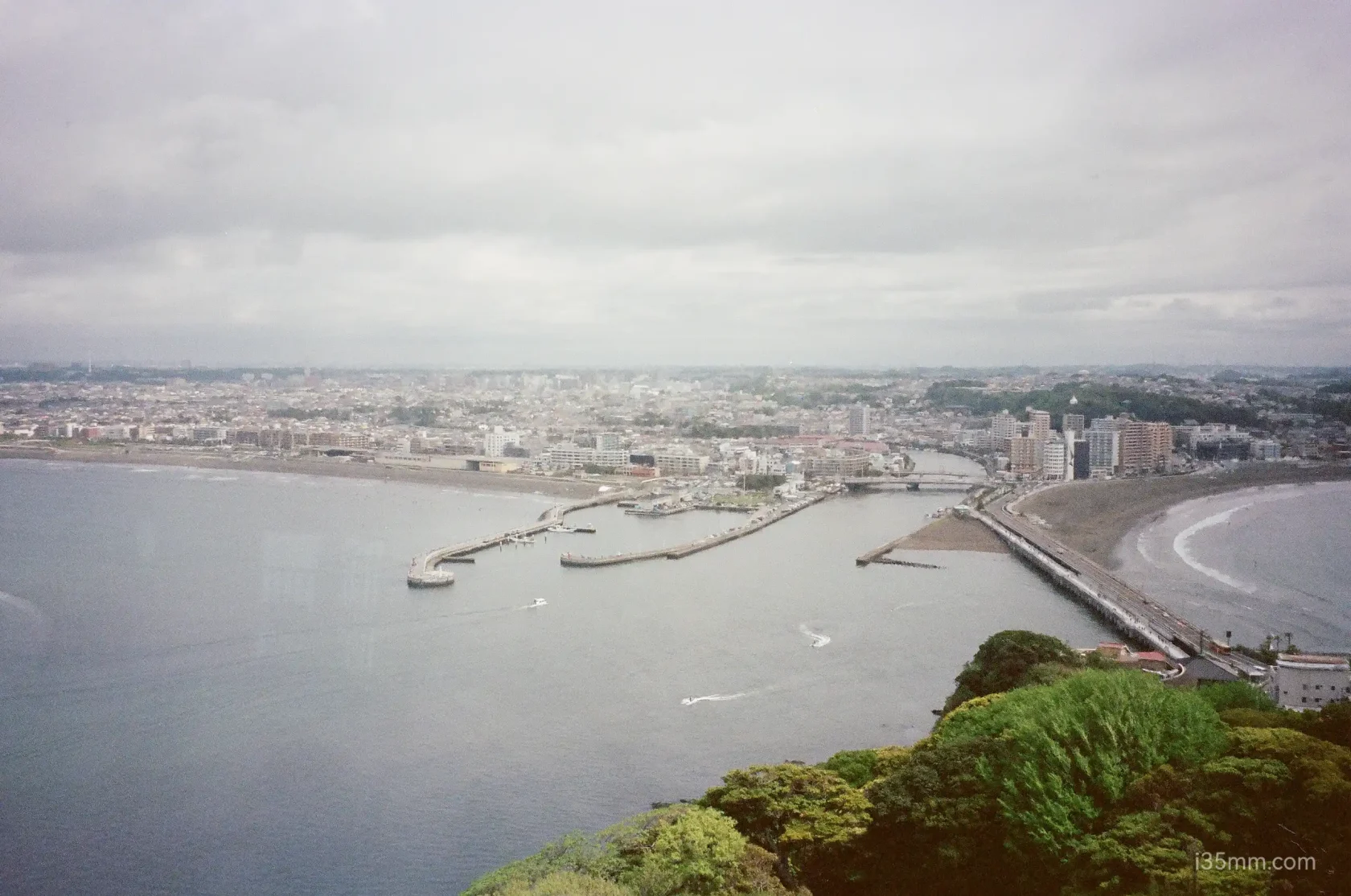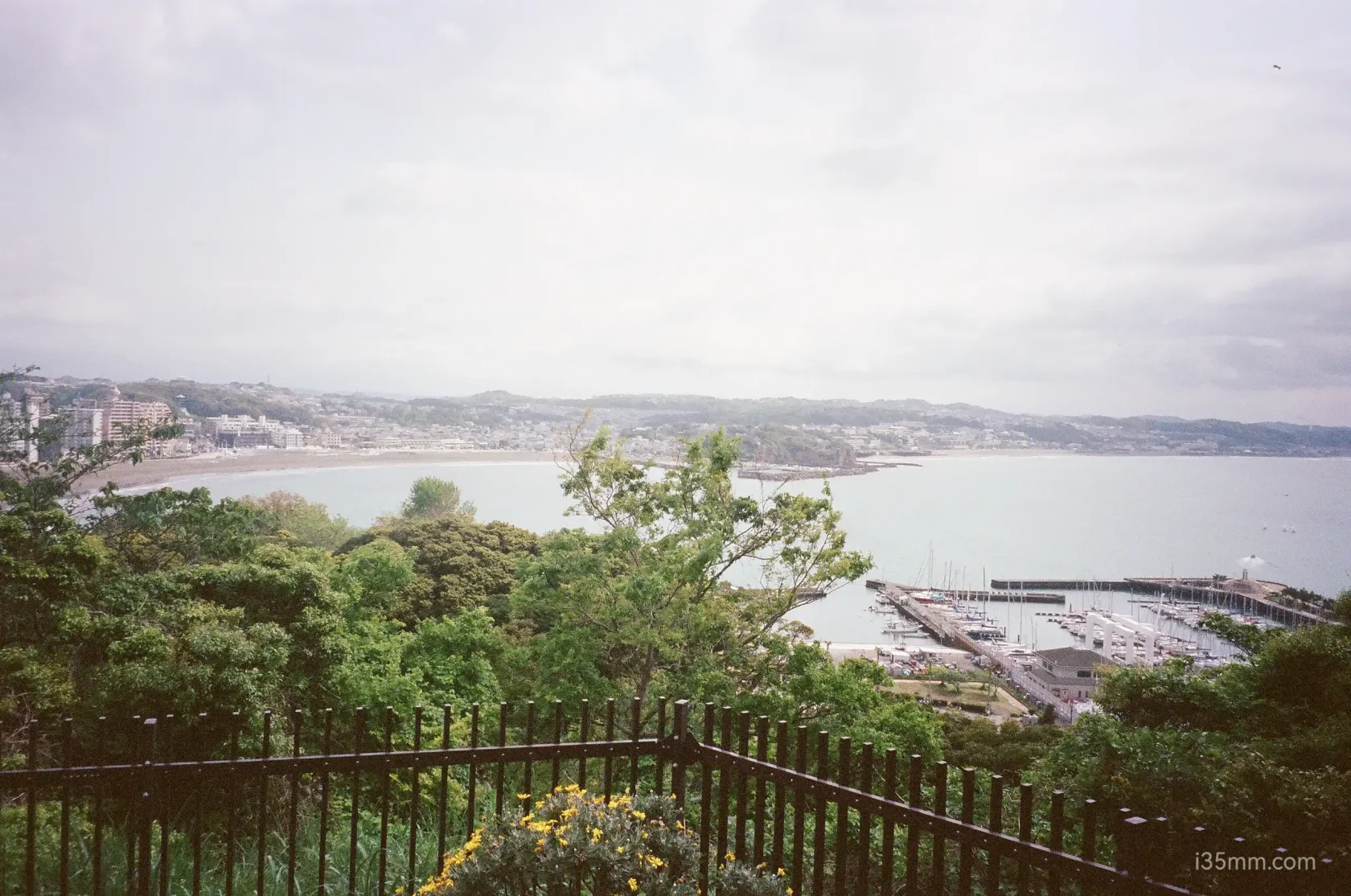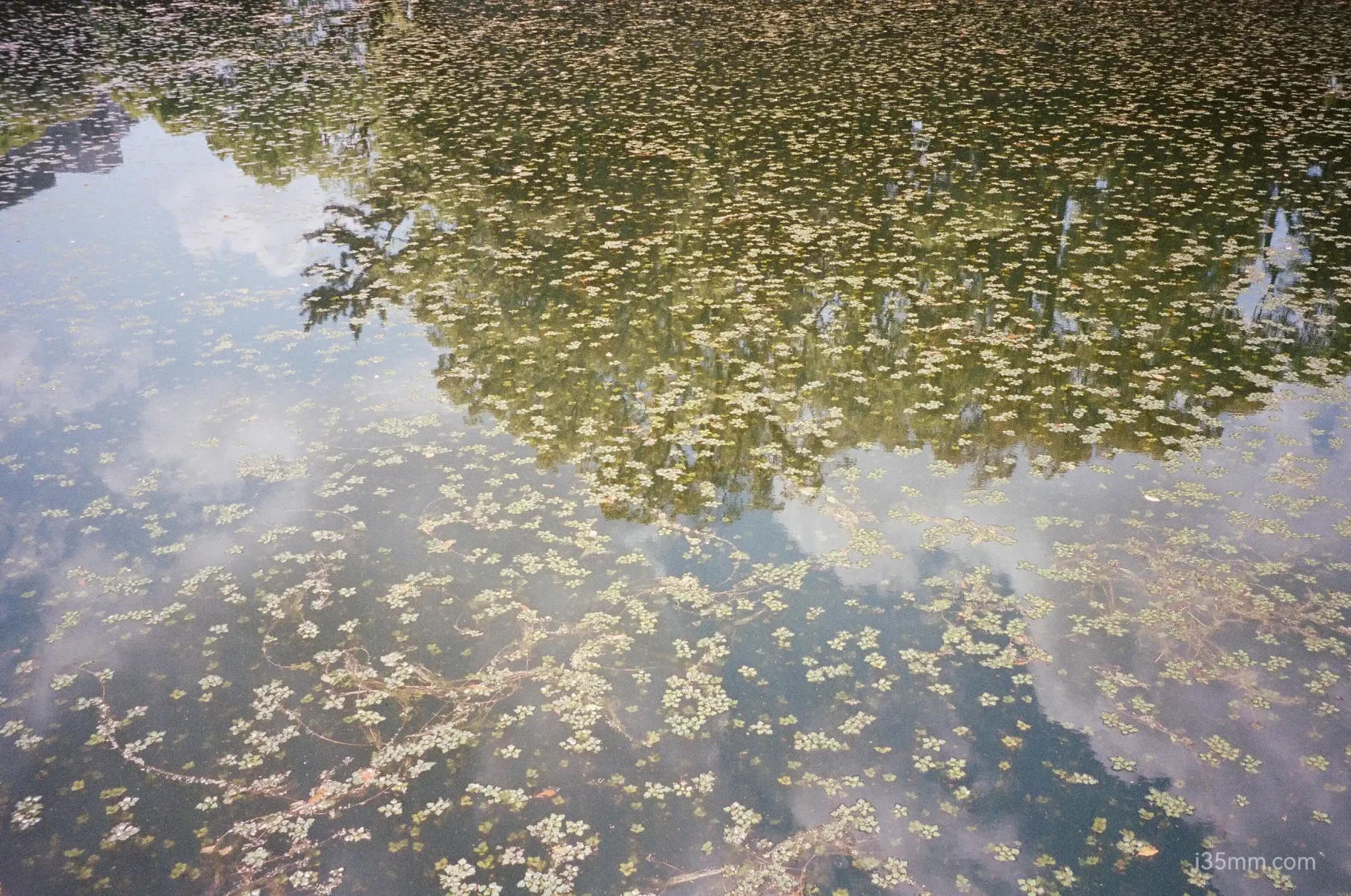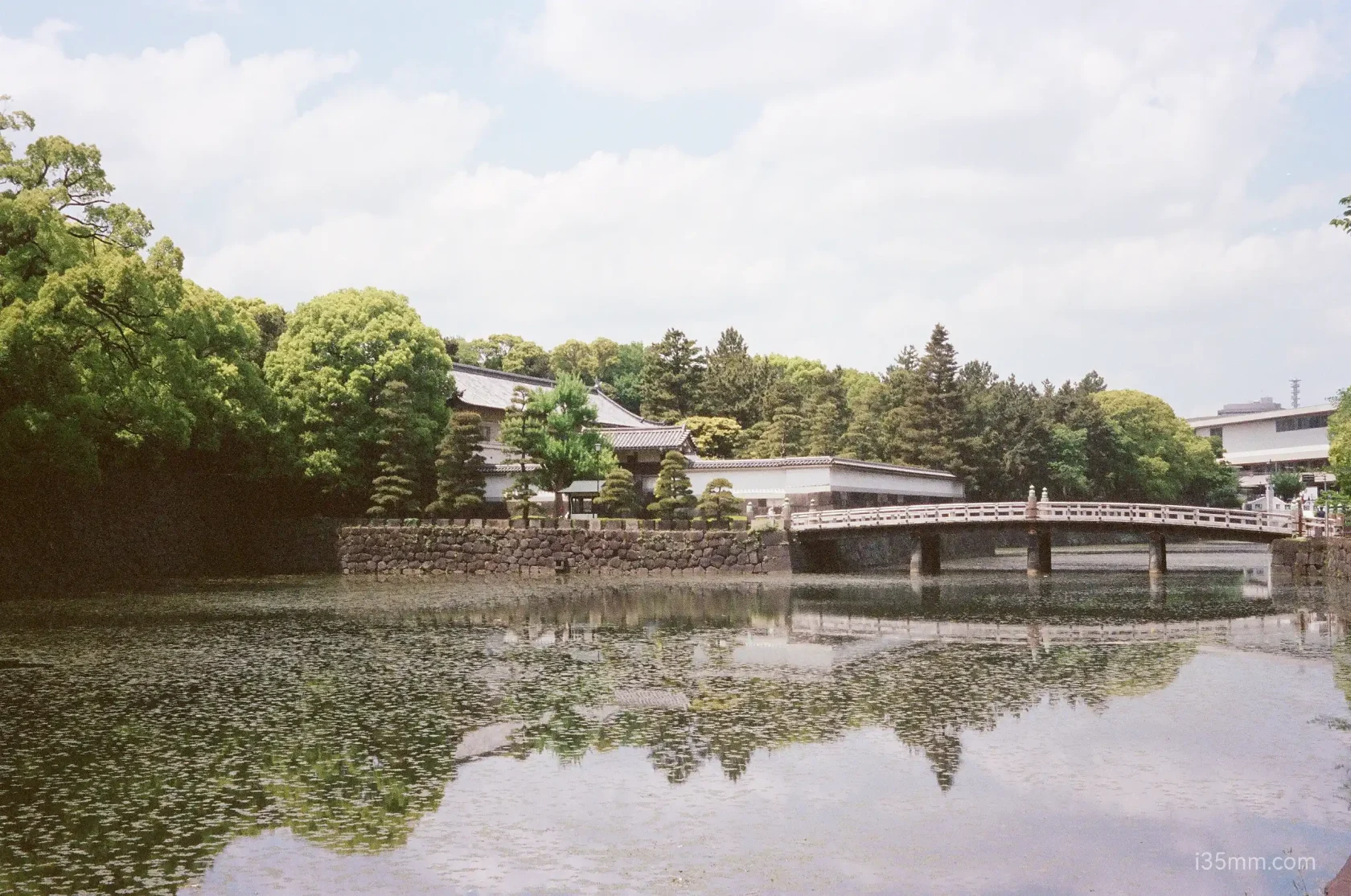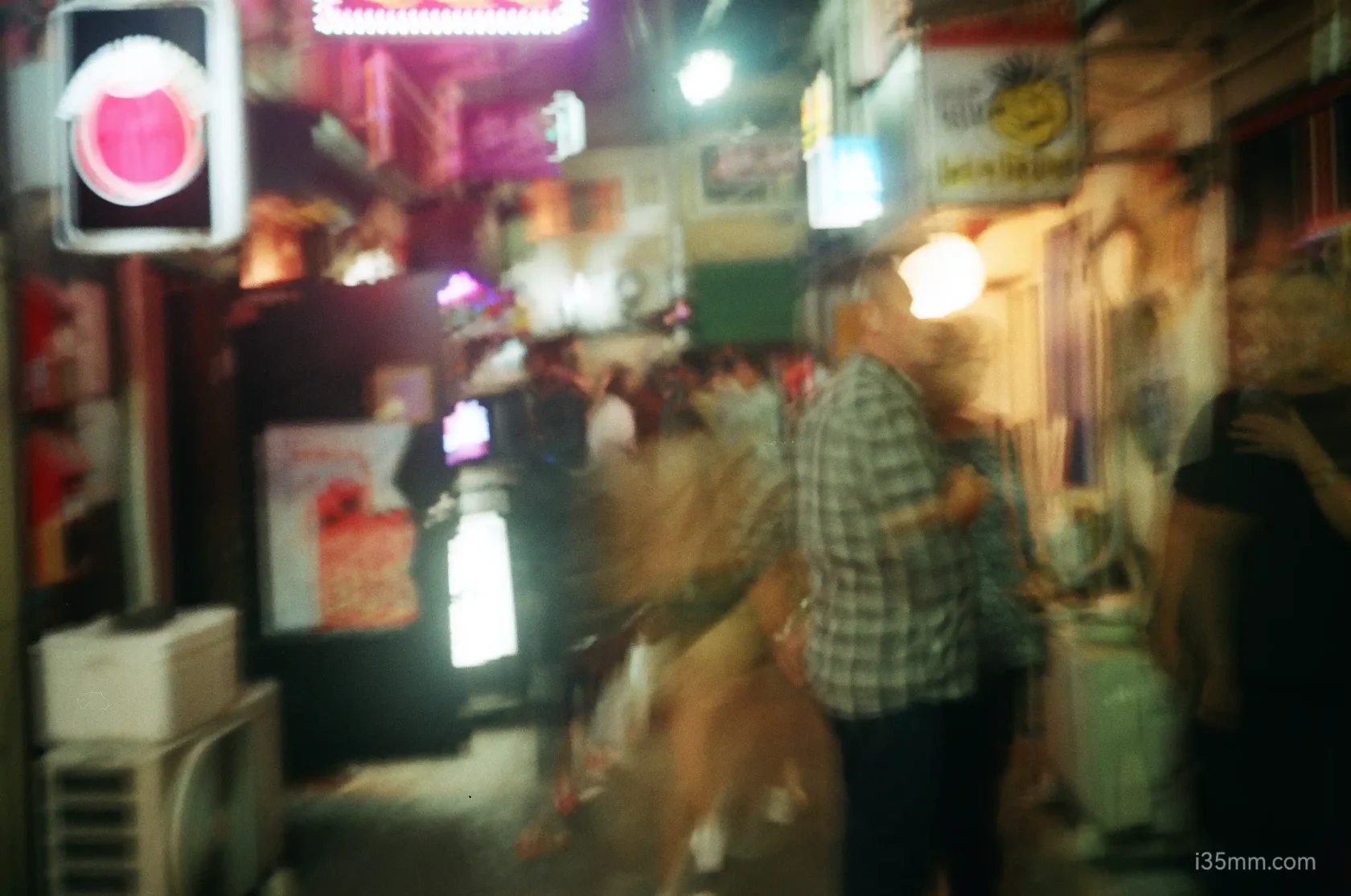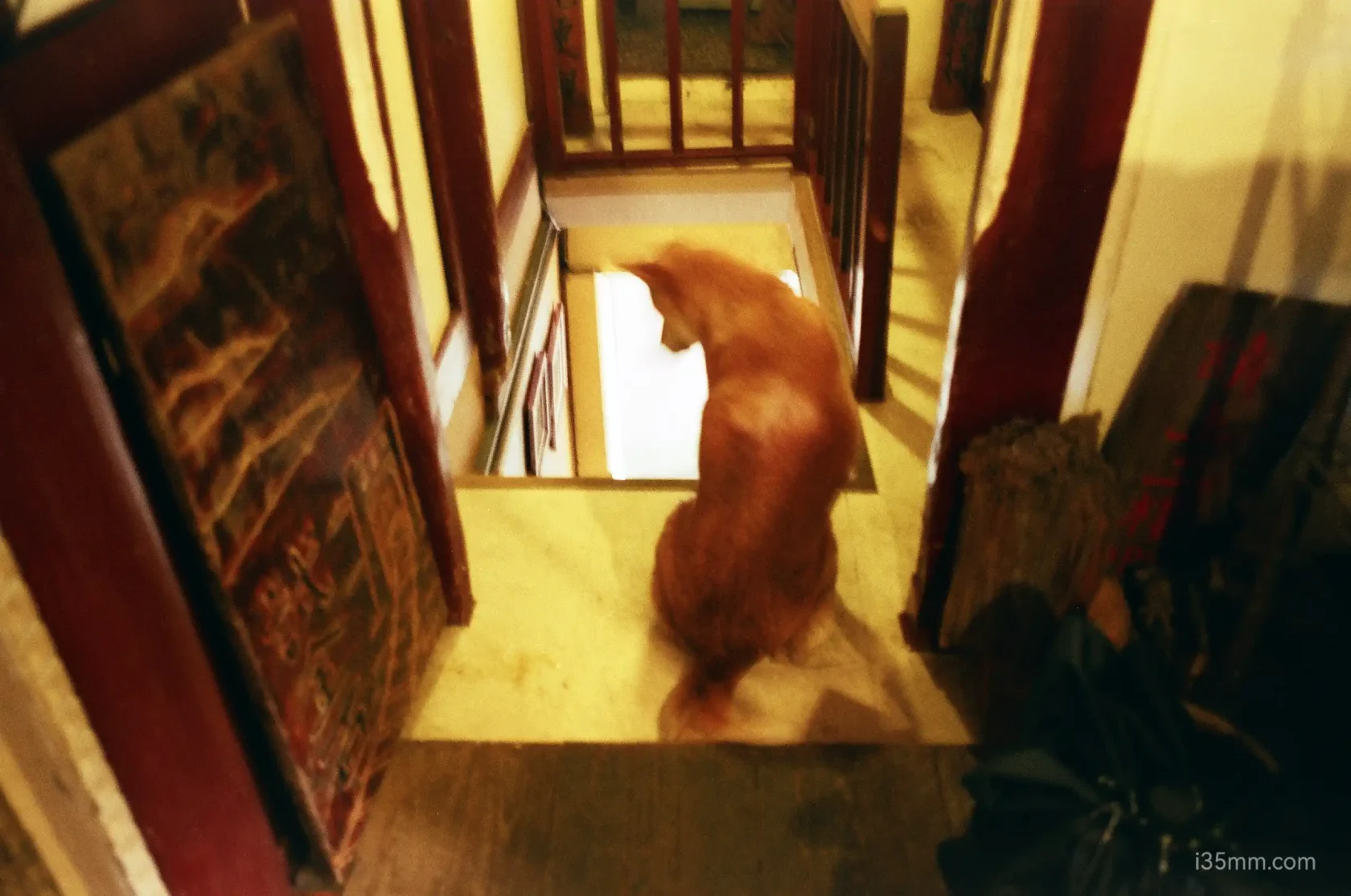
1. The Pentax KM: A Love Letter to the Anti-Cool Kids
Let’s get real: owning a Pentax is like joining a secret society where the password is “I don’t care what you shoot.” My Pentax KM? It’s a brick-shaped time machine to 2008—a CCD-sensor relic that weighs more than my emotional baggage and smells like nostalgia and stale camera bags.
Is it cutting-edge? No.
Does it make my Leica-owning friends sneer? Absolutely.
Do I adore it? Like a Labrador loves mud.



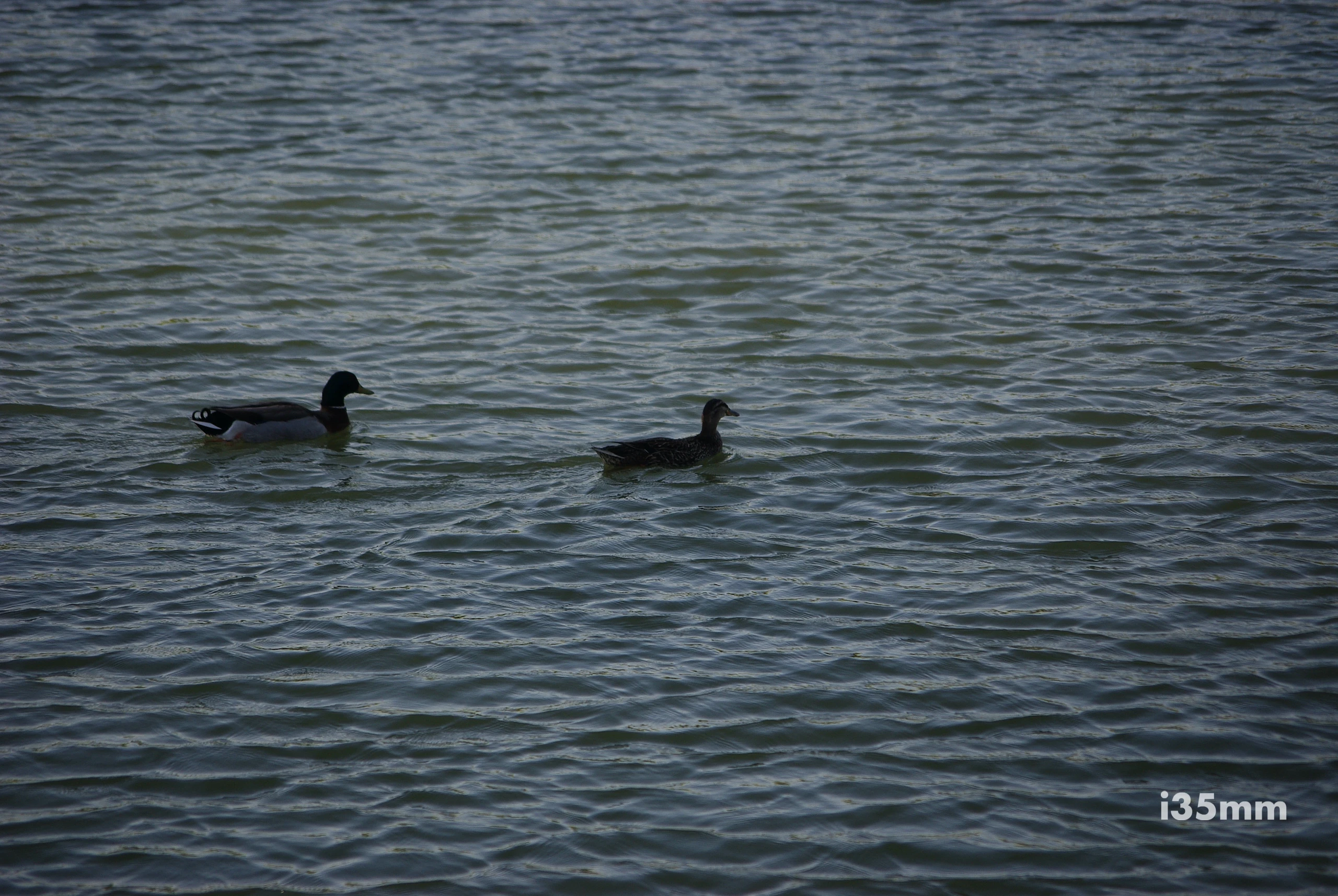

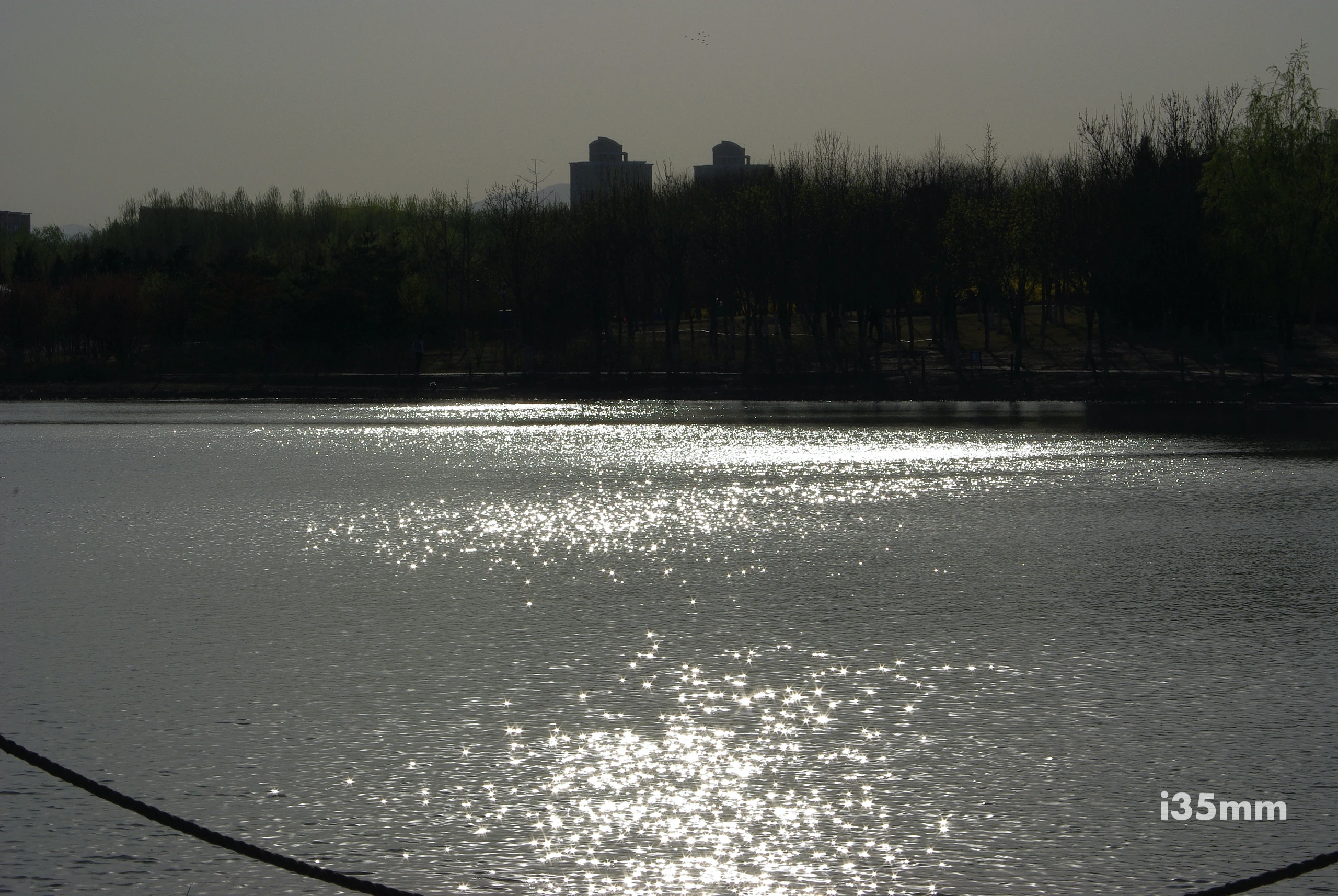



2. Pentaxians: The Unspoken Brotherhood of Weirdos
Pentax users aren’t photographers. We’re custodians of chaos. We’re the folks who:
- Still shoot M42 lenses with duct-taped adapters.
- Argue that screw-drive AF is “vintage charm,” not “glacial slowness.”
- Own cameras in mustard yellow and call it “aesthetic.”
Fact: If you meet a Pentaxian, befriend them. They’ll remember your name in 20 years. Sony shooters? They’ll forget you before you leave the parking lot.


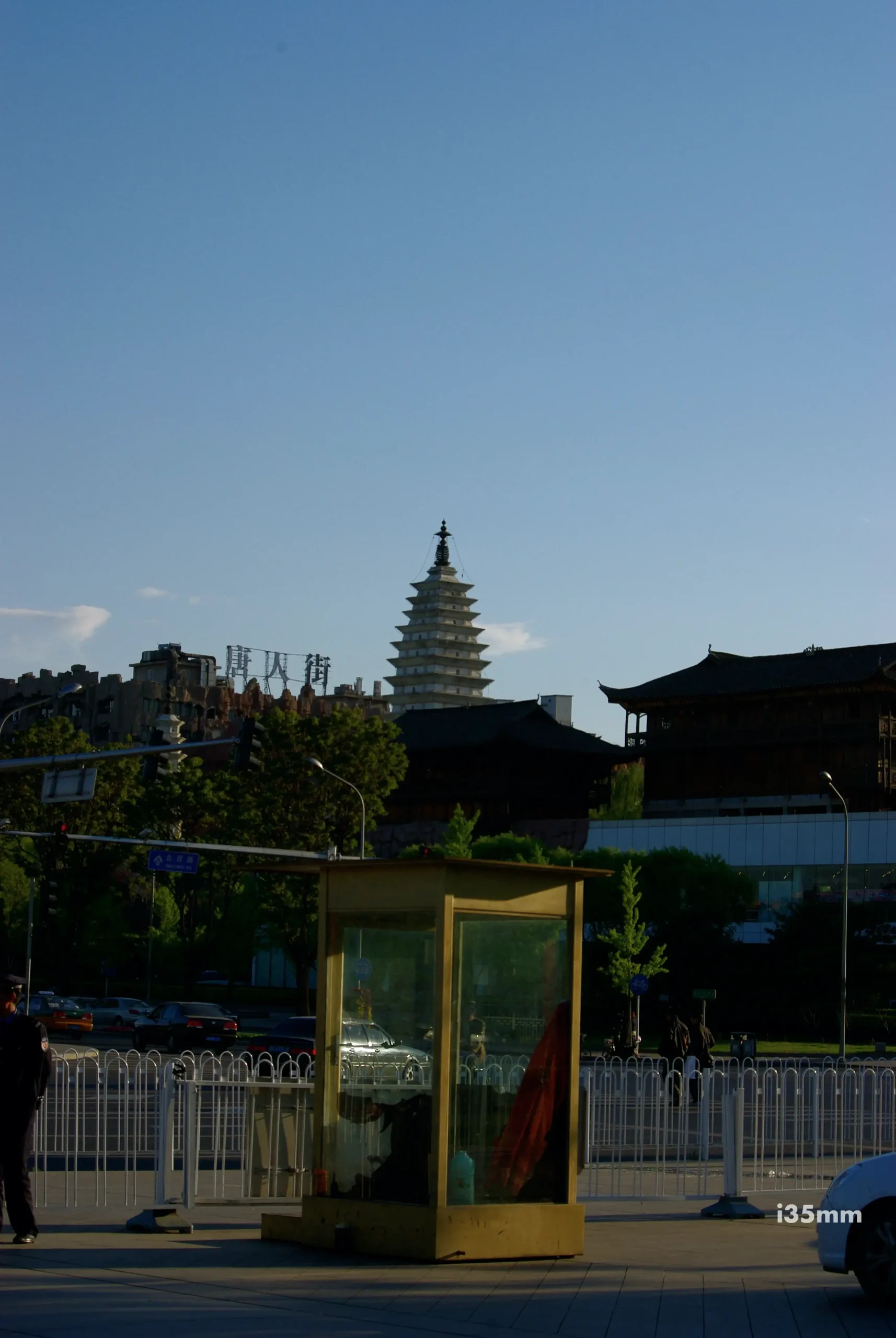
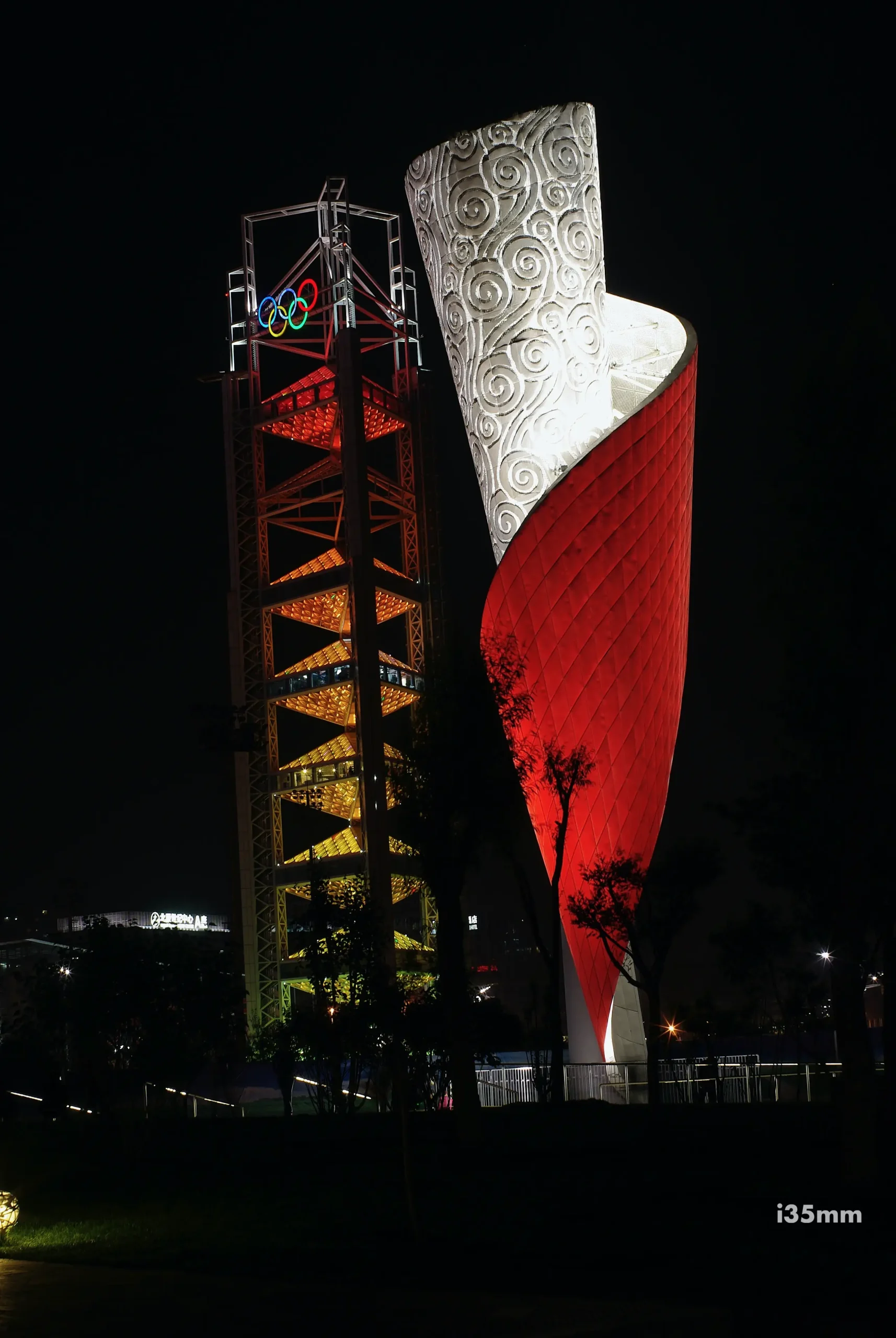
3. The “Pentax Slow” Manifesto
While Nikon and Canon raced to mirrorless, Pentax did… nothing. Gloriously. Predictably. On brand.
- 2005: Everyone ditches M42 mounts. Pentax: “Hold my vintage Takumar.”
- 2010: In-lens motors are standard. Pentax: *“Screw-drive AF 4eva!”*
- 2023: Full-frame mirrorless dominates. Pentax: *“APS-C DSLRs are the future… of 2006.”*
Why? Because Pentax moves at the speed of a sedated sloth. And we love it for that.
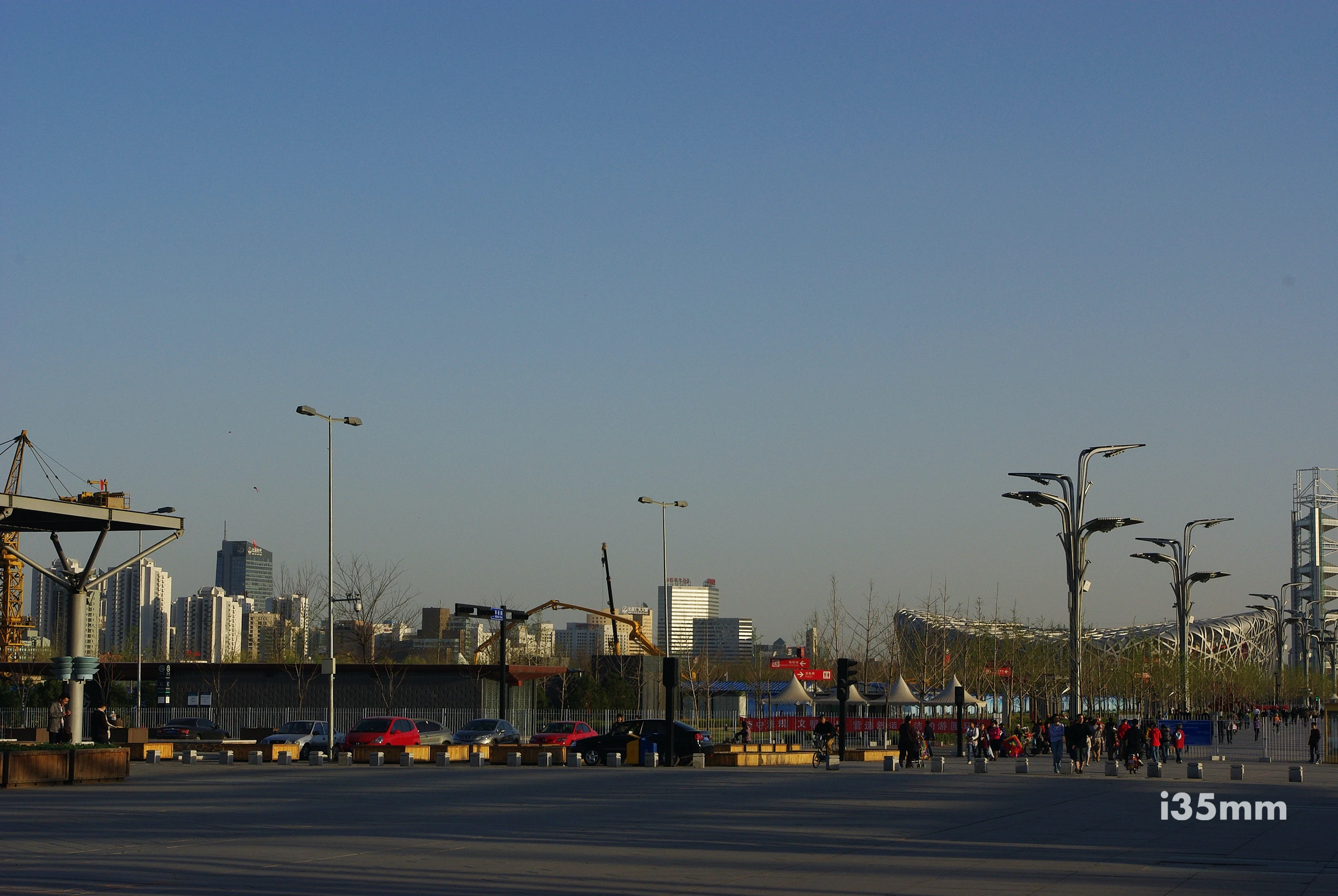

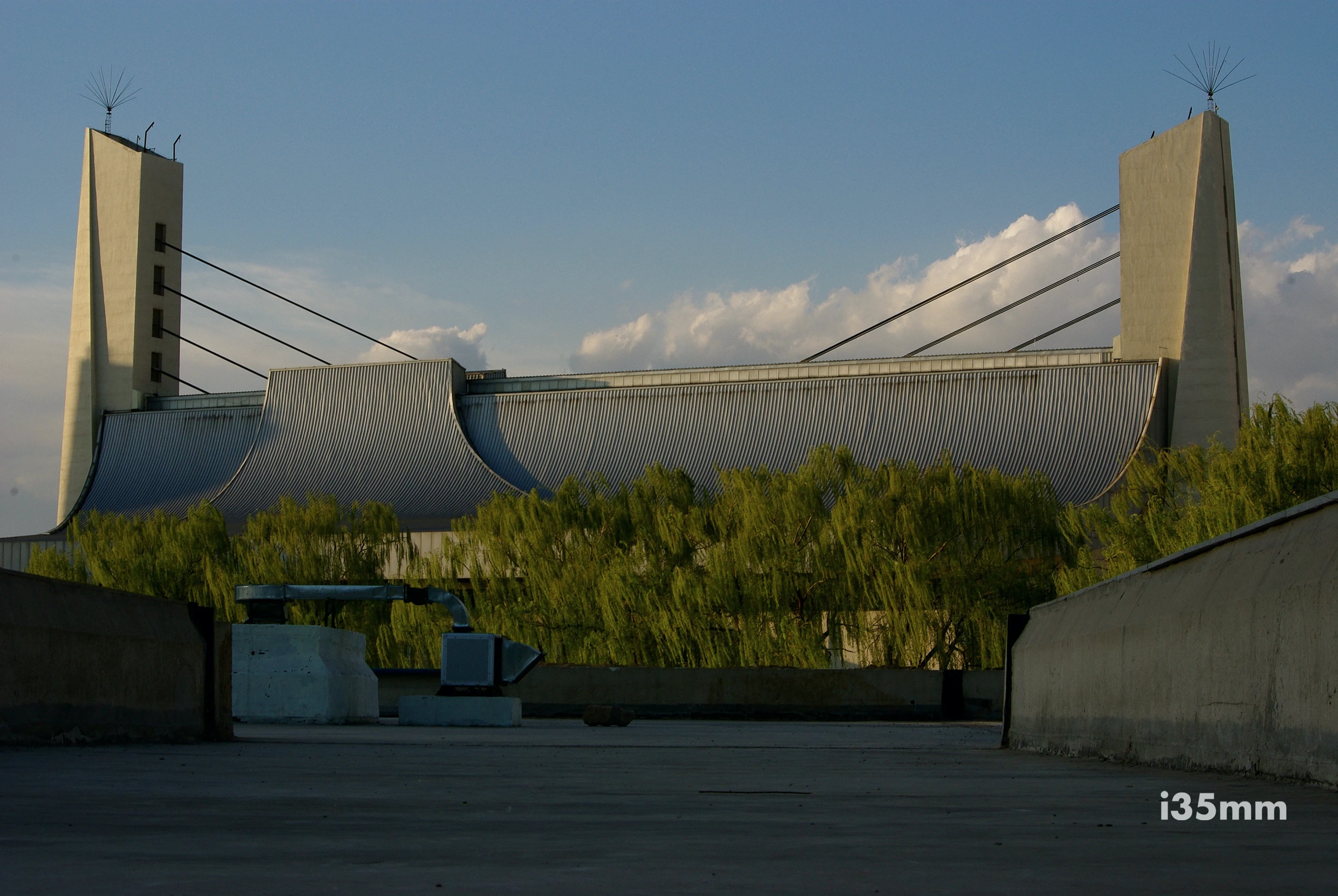
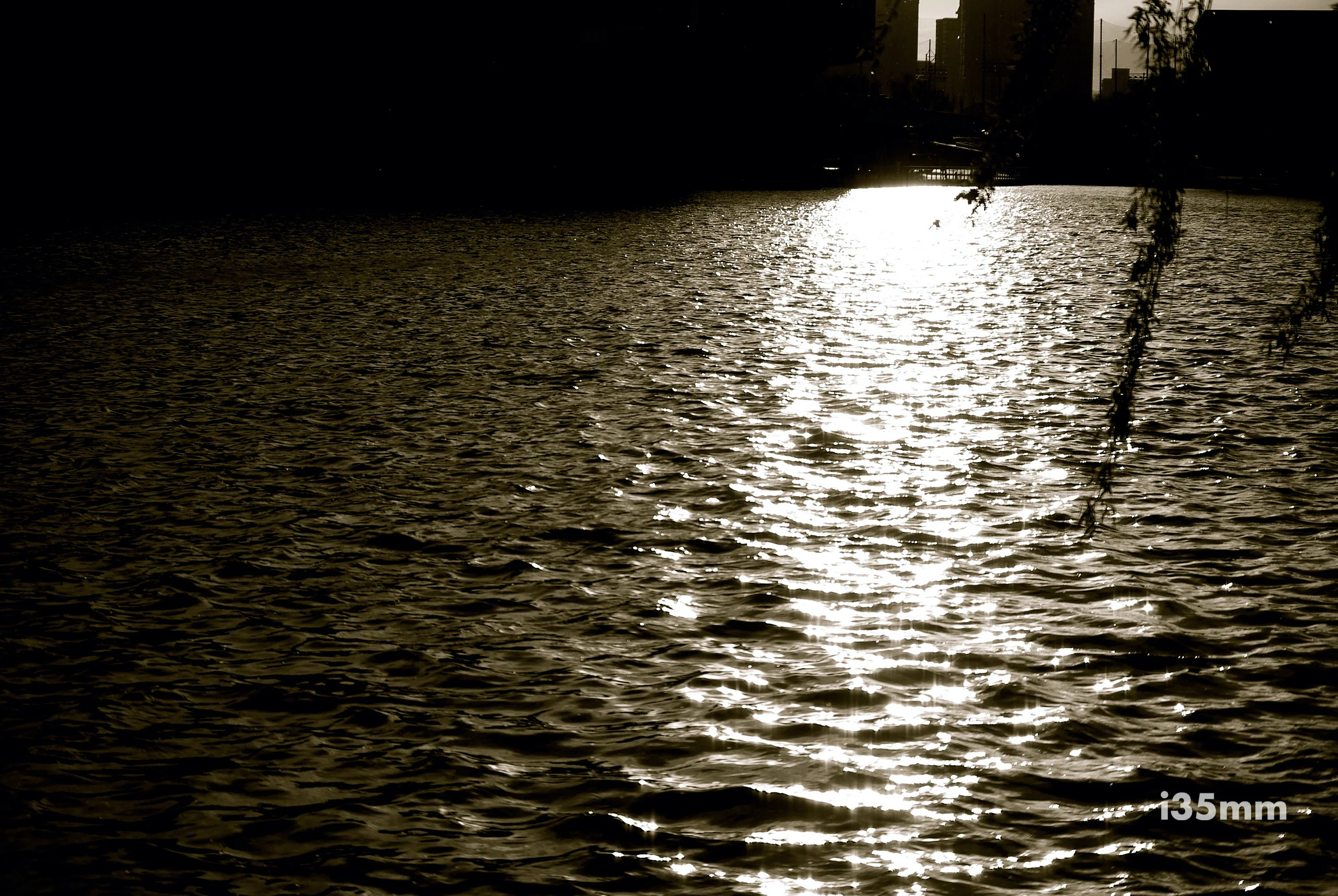
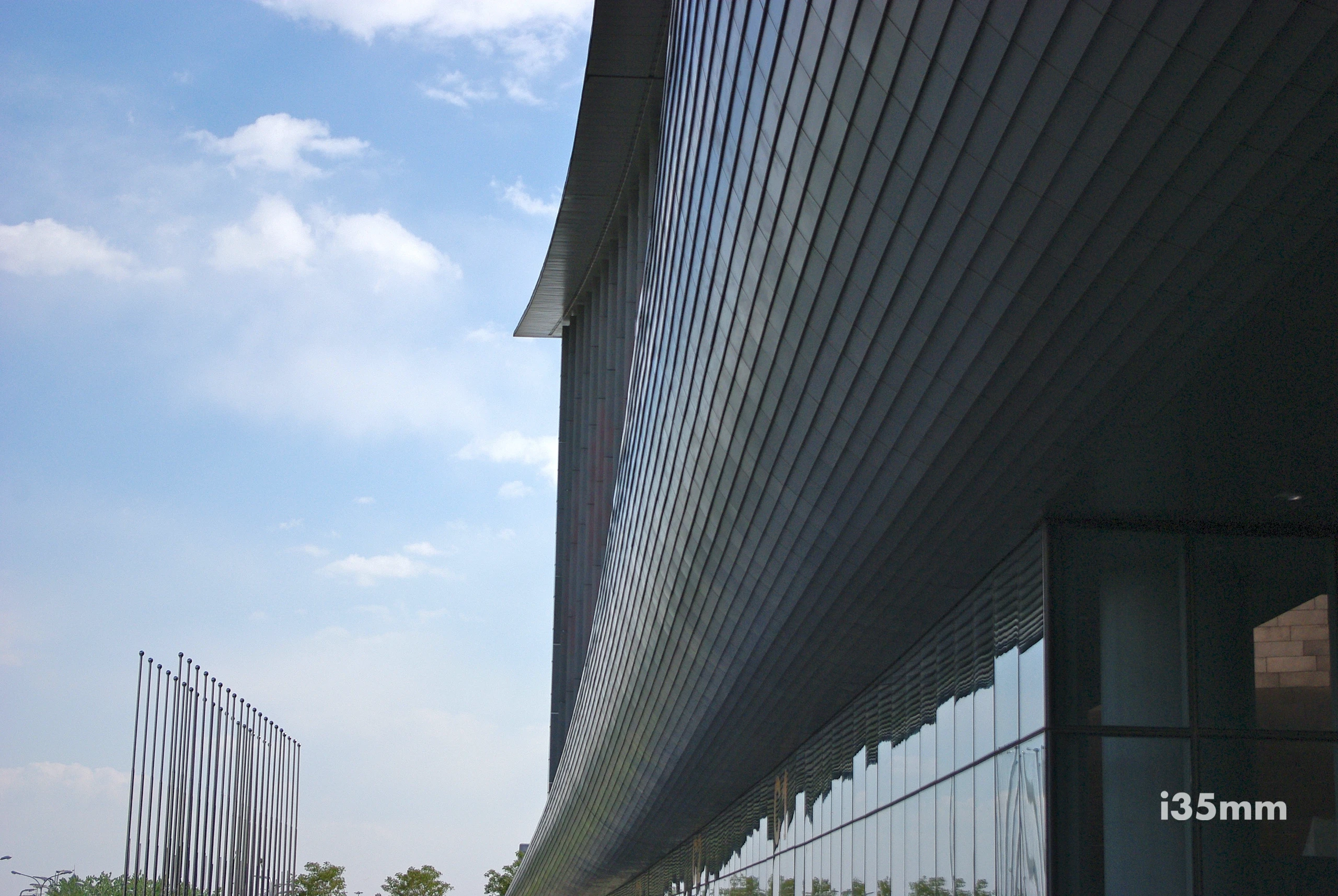

4. The K-01 Incident: When “Ugly” Became a Flex
In 2012, Pentax released the K-01—a butter-yellow brick designed by Marc Newson. Critics called it “the world’s ugliest camera.” Pentaxians called it “perfect.”
Why? Because it wasn’t trying to be pretty. It was a middle finger to sleek minimalism. A clown car in a world of Ferraris. A camera only a Pentaxian could love.
Lesson: If your gear doesn’t make strangers point and laugh, you’re doing it wrong.
5. Buttons That Teach You Photography (No Degree Required)
The KM’s genius? Its controls are a photography textbook in physical form.
- Green Button Magic: Set exposure like a wizard.
- Trap Focus: For manual lenses, it’s cheat codes for perfection.
- Menu Logic: So intuitive, even your cat could use it.
Meanwhile, Sony menus: “Enter password and retinal scan to change ISO.”
6. That CCD Fairy Dust
The KM’s CCD sensor doesn’t take photos. It bottles sunlight and whispers secrets.
- Colors: Like Kodak Gold on antidepressants—warm, fuzzy, and slightly rebellious.
- High ISO? Grain like “artistic intent,” not “sensor failure.”
- Night Shots: With a tripod? Sharp enough to cut glass. Without? Abstract expressionism.
Fun Fact: My KM’s JPEGs from 2011 still glow brighter than my future.
7. The Vivitar Lens That Shamed My Wallet
Paired with a $20 Vivitar 135mm f/2.8 (bought for “Leica-like focus throw”), the KM became a low-light monster. Tack-sharp? Check. Creamy bokeh? Check. Street cred? Off the charts.
Take that, $2000 G-Masters.
8. Why I (Almost) Betrayed Pentax
I sold my KM for a Sony NEX-5C. I regret it daily. The Sony feels like a spreadsheet. The Pentax? Like a warm hug from your weird uncle.
Proof: Pentaxians don’t upgrade. We mourn.
Final Confession: I Miss My Brick
The Pentax KM taught me:
- Loyalty > Megapixels.
- Character > Spec Sheets.
- Community > Clout.
So here’s to the slow, the stubborn, and the gloriously uncool. To the screw-drive AF and the mustard-yellow K-01s. To the CCD glow that outshines modern sensors.
Pentax isn’t a camera brand. It’s a cult. And I’m drinking the Kool-Aid.
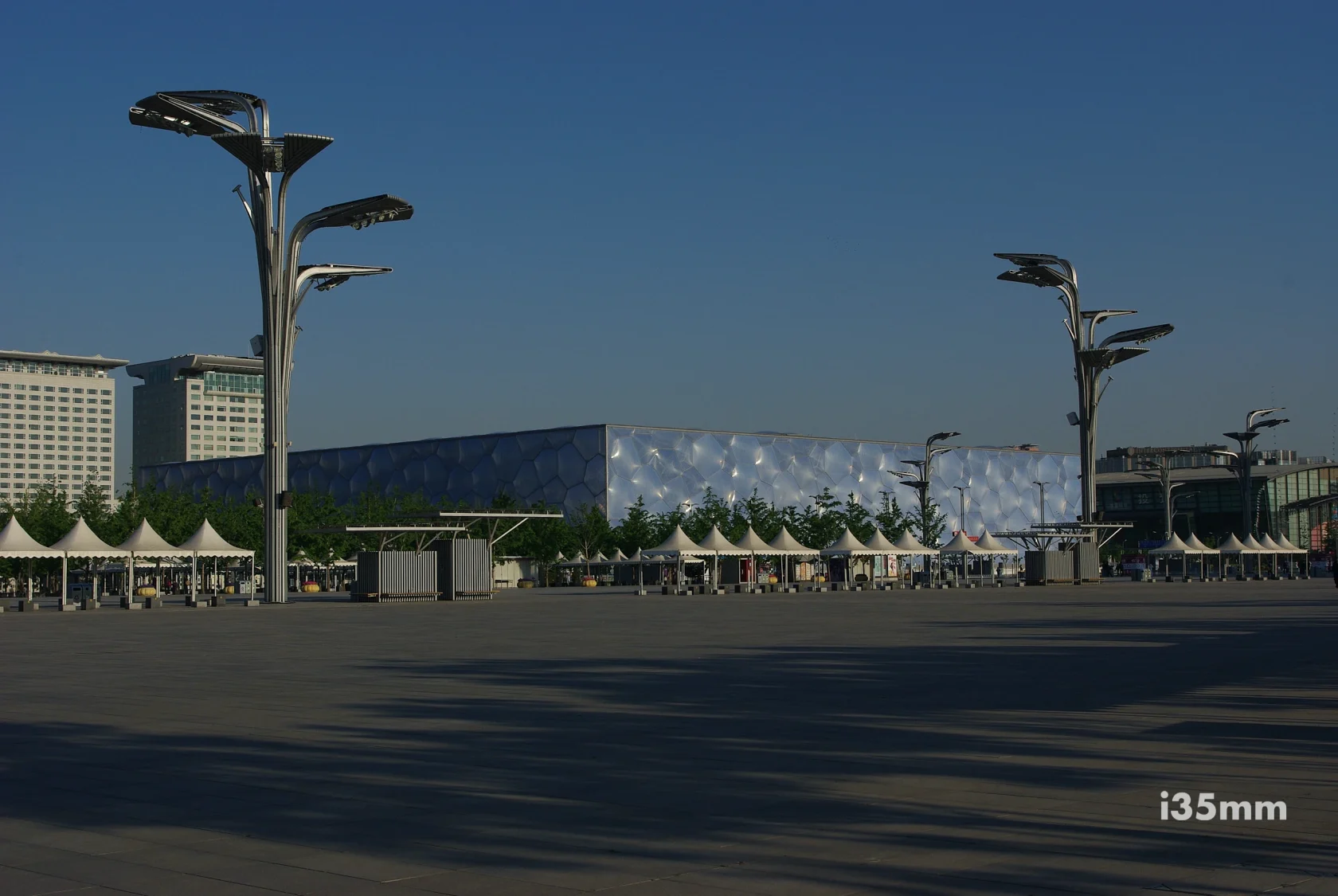

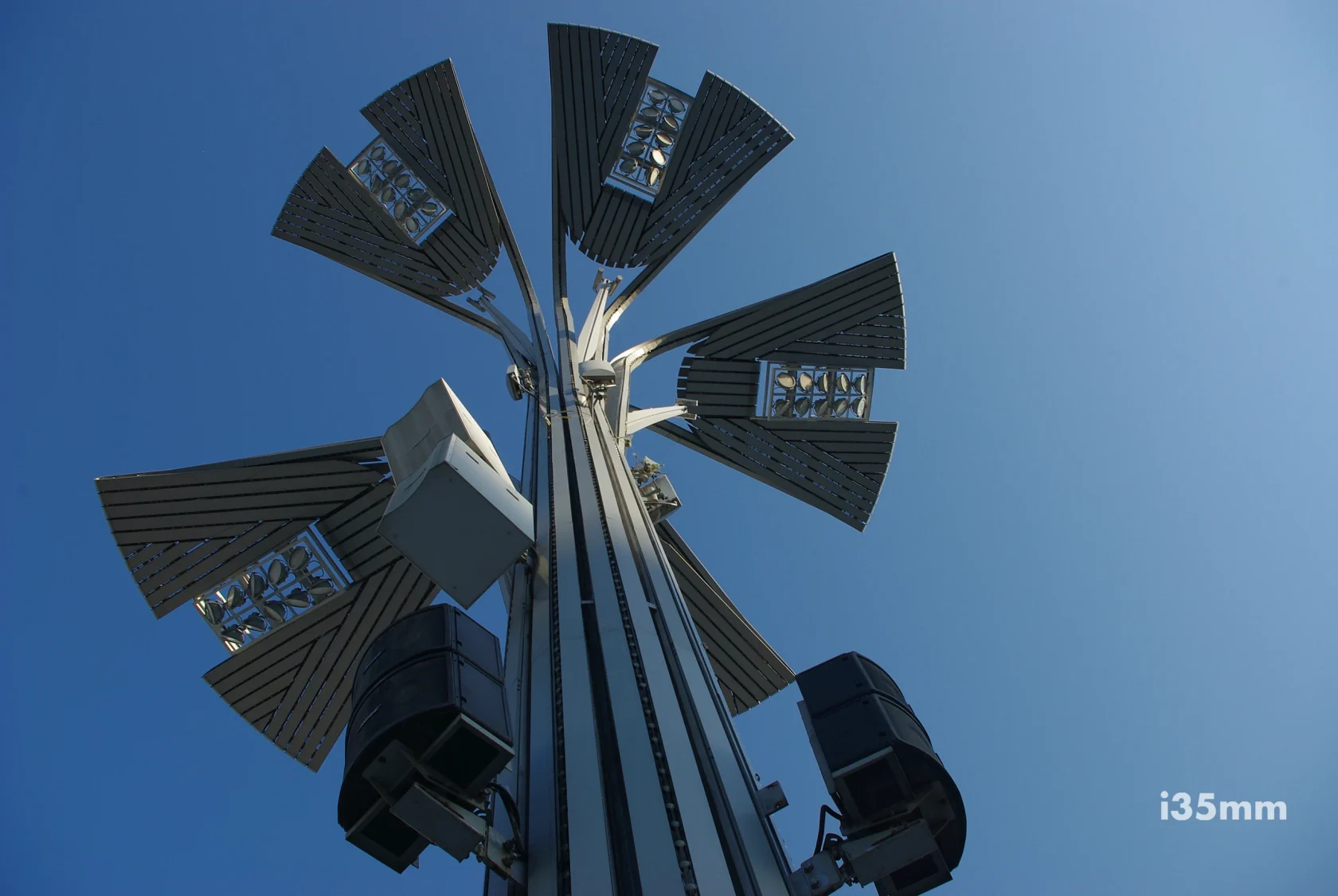

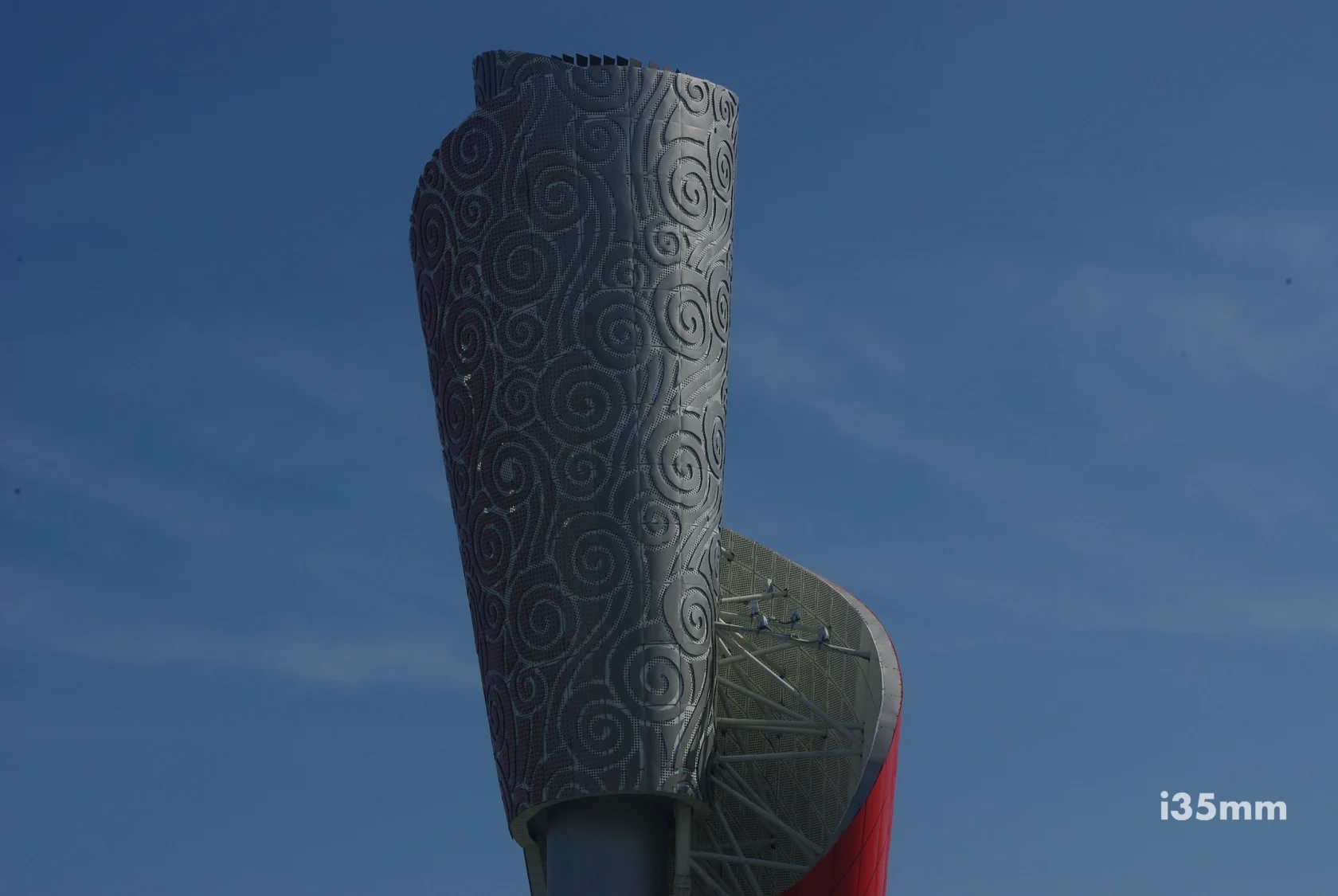
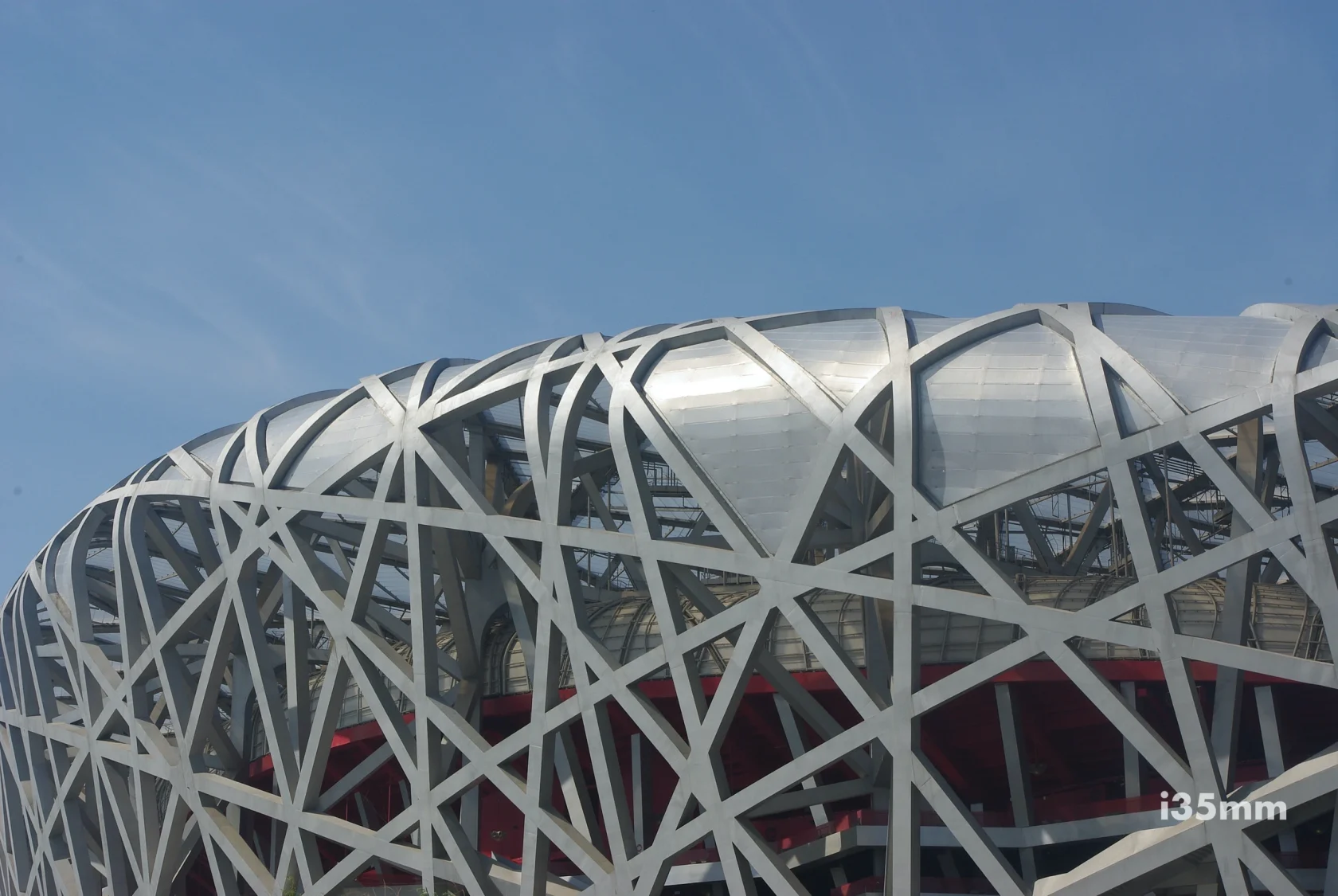
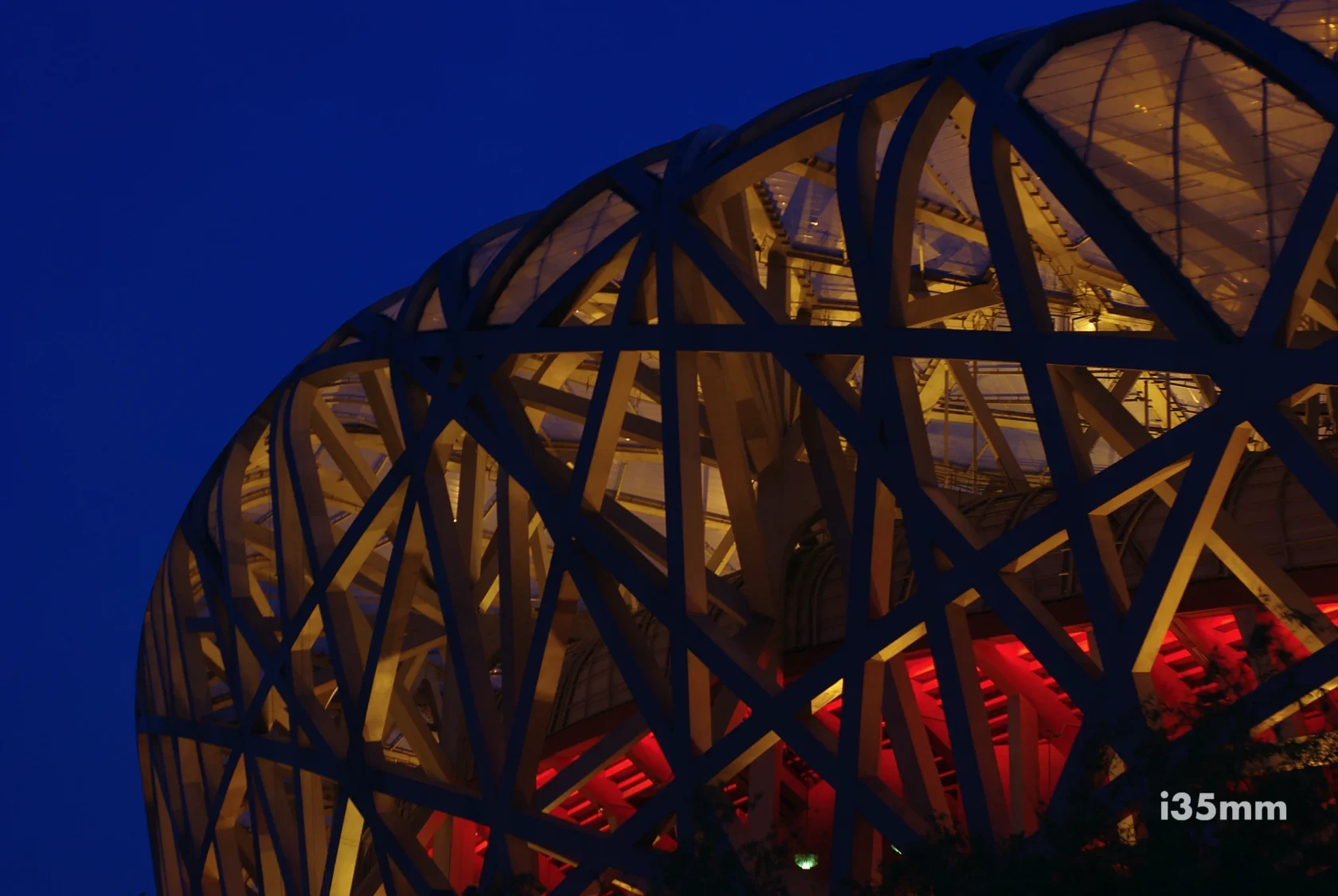
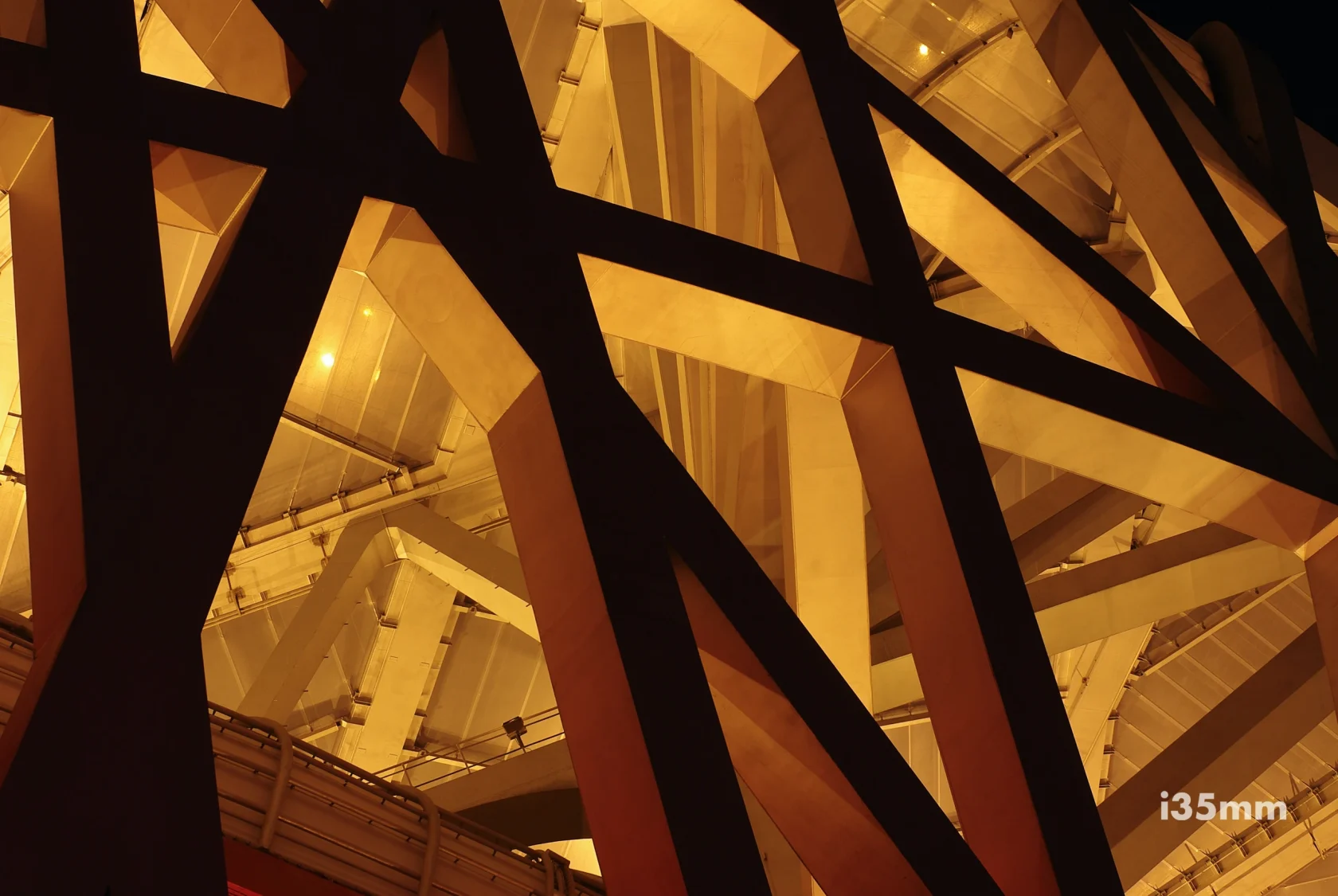
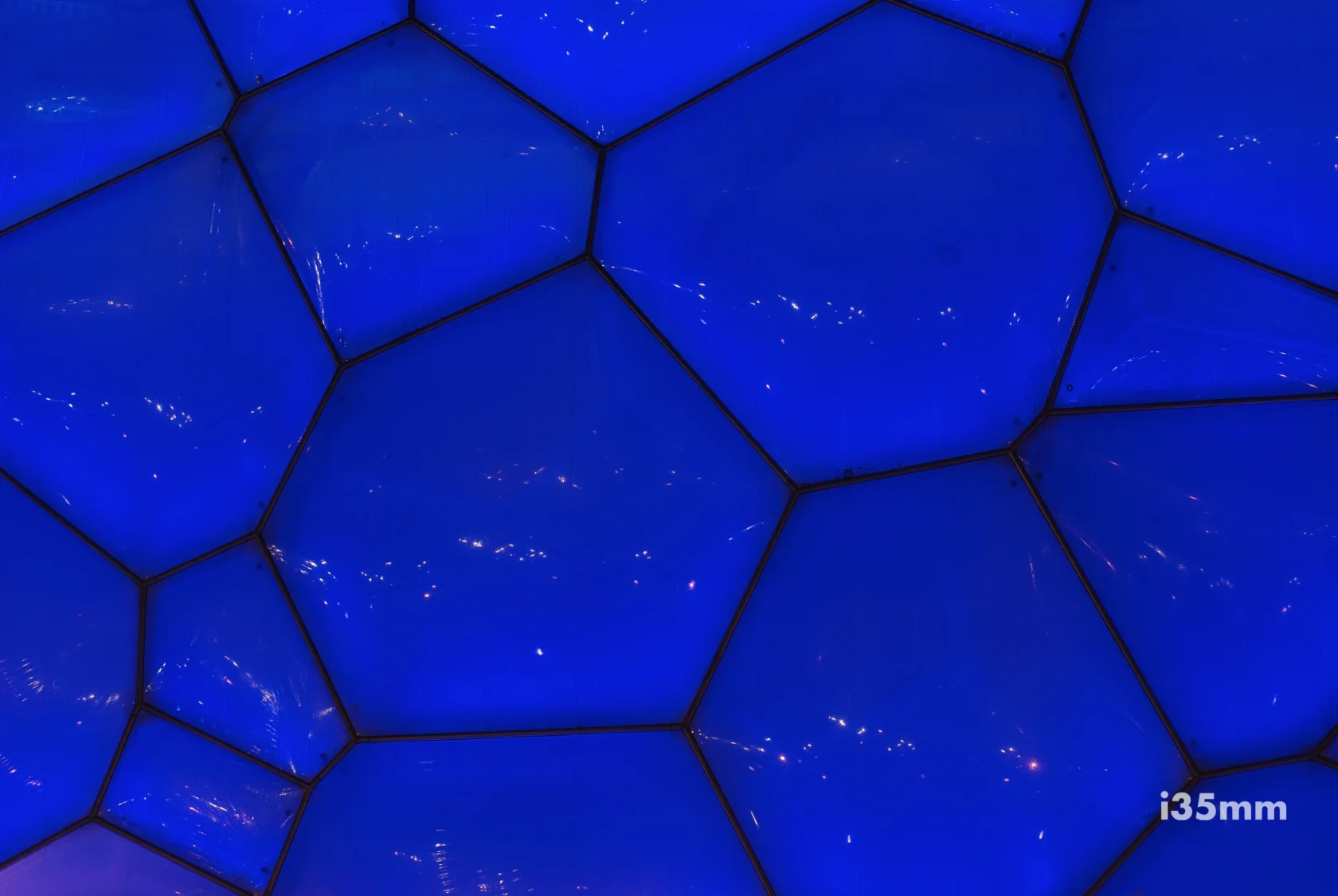

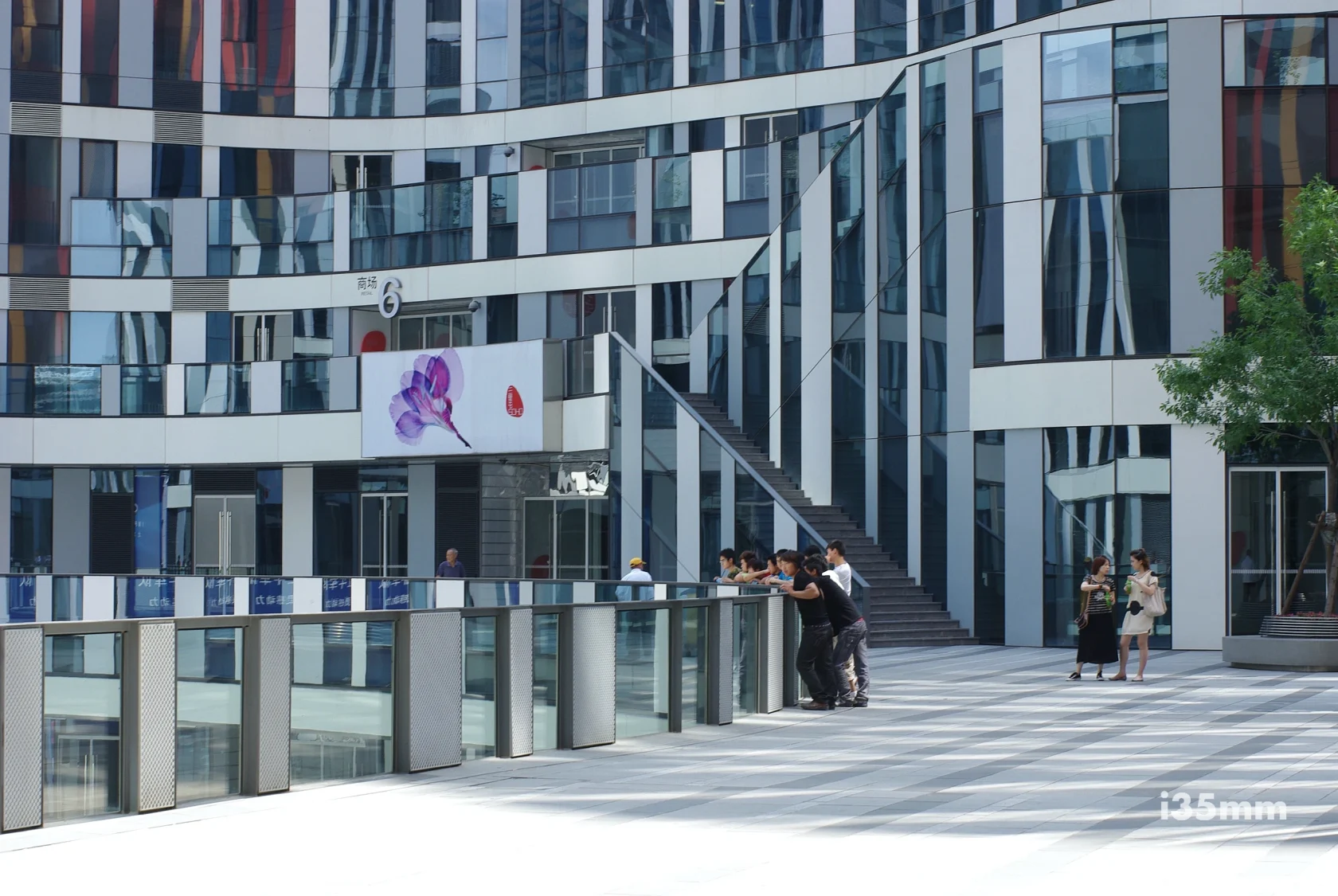




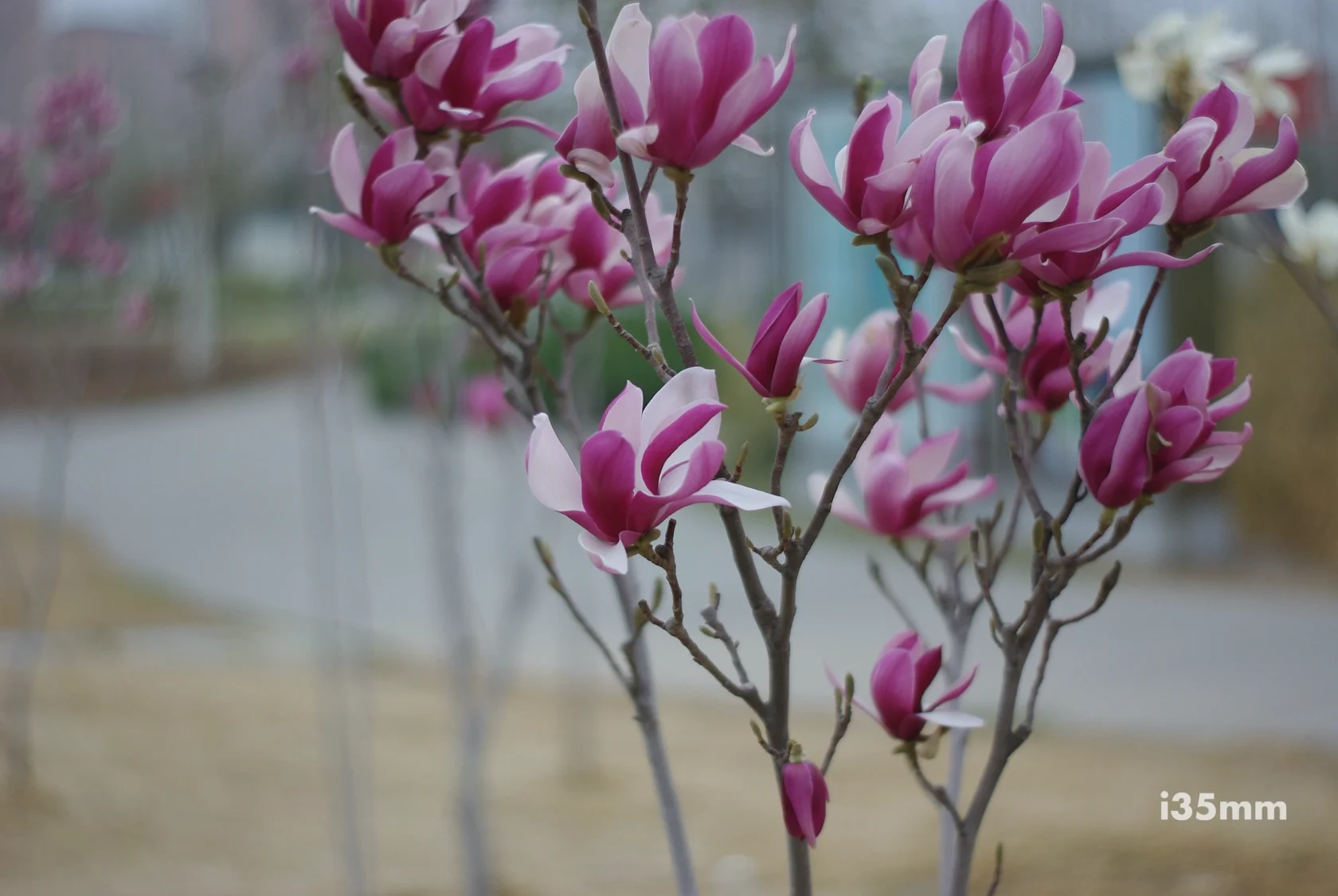
The Pentax K-m is a compact, entry-level digital SLR released in September 2008, designed for first-time DSLR users transitioning from point-and-shoot cameras.
Sensor: 10.2-megapixel CCD sensor (same as the K200D, similar to Nikon D60 and Sony A200), delivering rich, film-like colors.
ISO range: 100–3200.
Lenses: Ships with the smc Pentax-DA L 18-55mm f/3.5-5.6 AL and/or smc Pentax-DA L 50-200mm f/4-5.6 ED (lightweight kit lenses). Fully compatible with all Pentax K-mount lenses, including manual lenses with adapters.
Autofocus: 5-point SAFOX VIII AF system with cross-type sensors for accuracy, though simpler than the 11-point system in the K200D. Supports trap focus for manual lenses (more below).
Body: Compact (122.5 x 91.5 x 67.5 mm) and lightweight (525g without battery), with a stainless-steel chassis. No weather sealing, unlike the K200D.
Shutter: 1/4000s to 30s, with a bulb mode. Continuous shooting at 3.5 fps (4 RAW or 5 JPEG buffer).
Viewfinder: 0.85x magnification, 96% coverage. No focus-confirmation points, a minor drawback for manual focusing.
Power: Runs on 4 AA batteries (rechargeable NiMH recommended), offering long life but adding weight compared to lithium-ion competitors.


